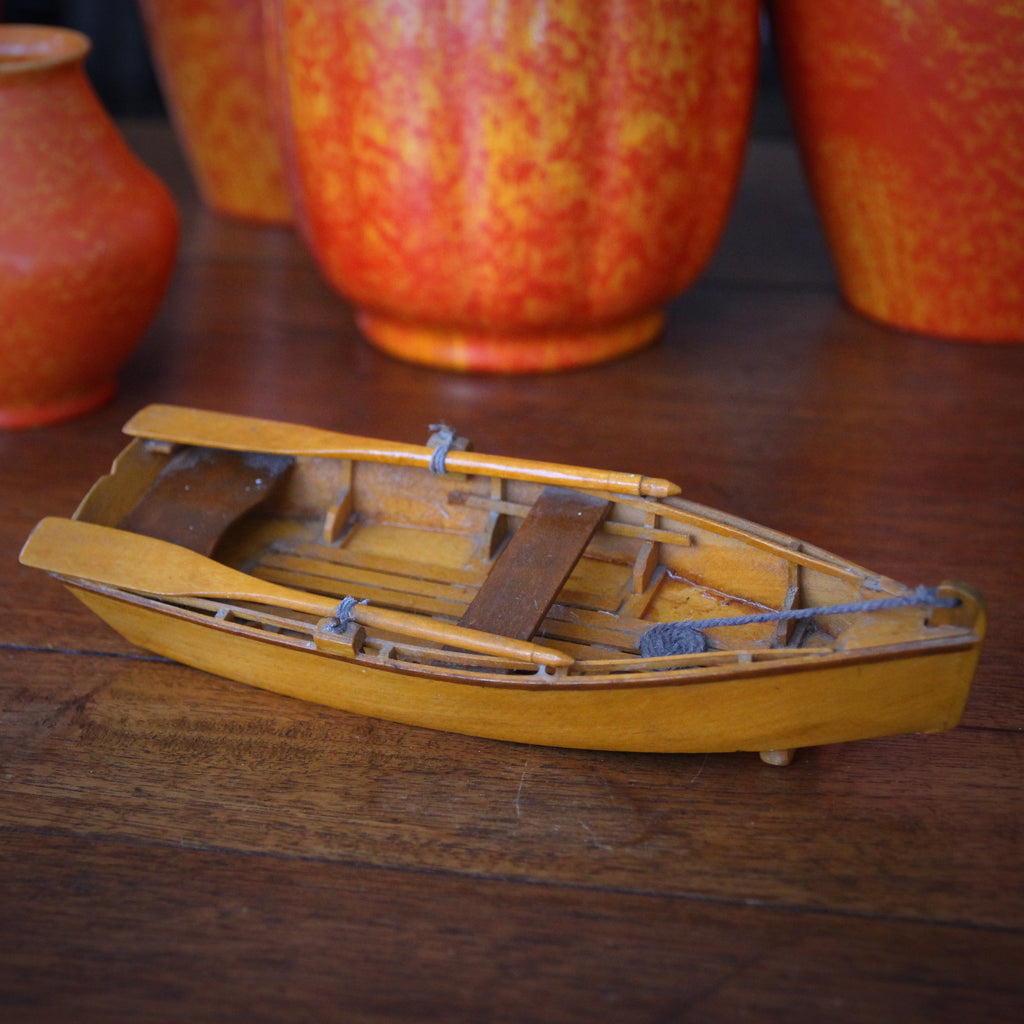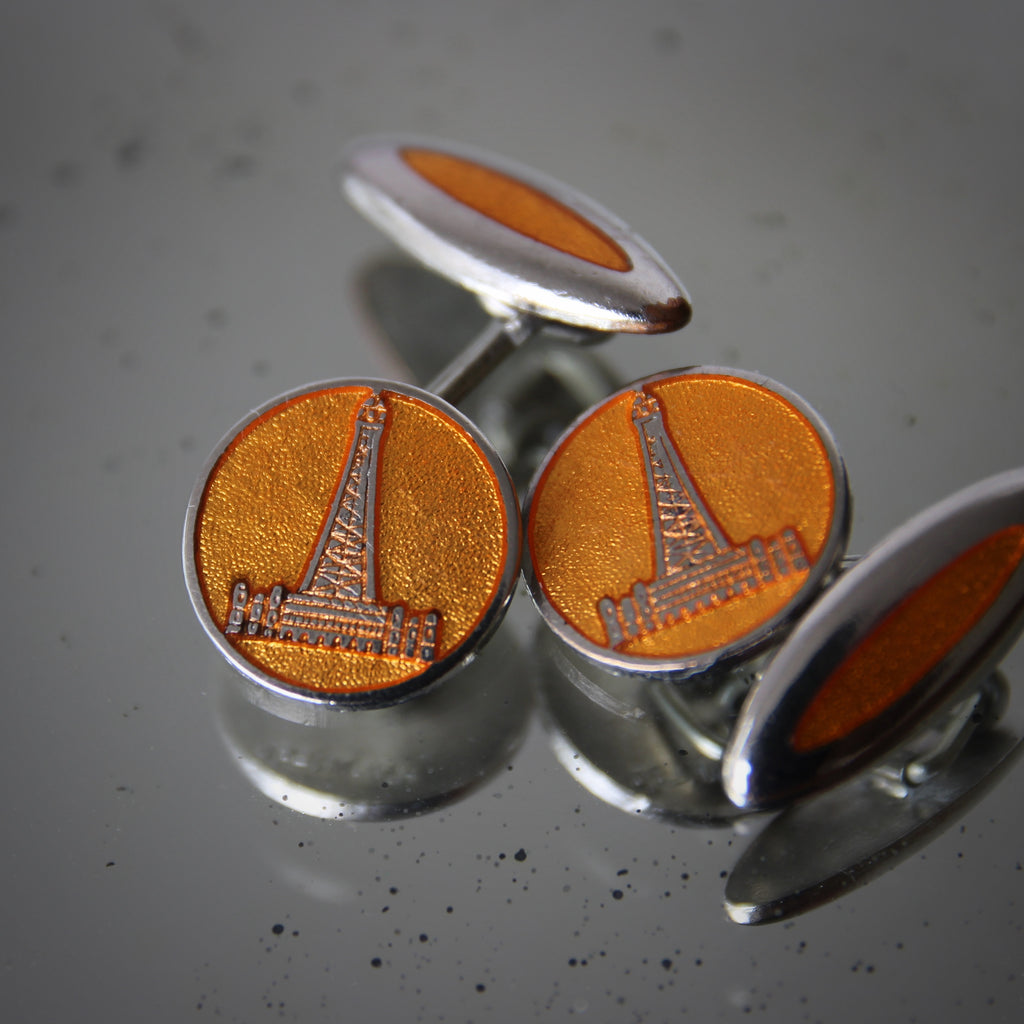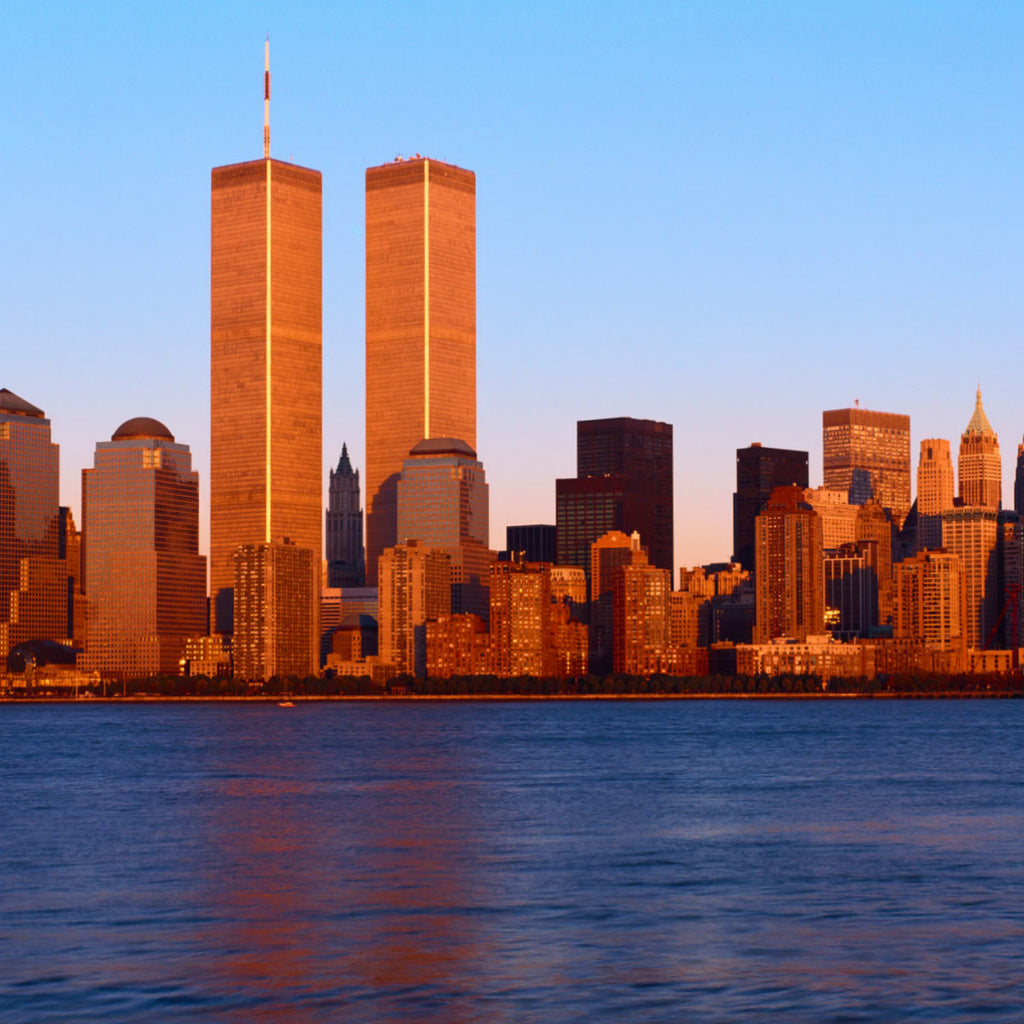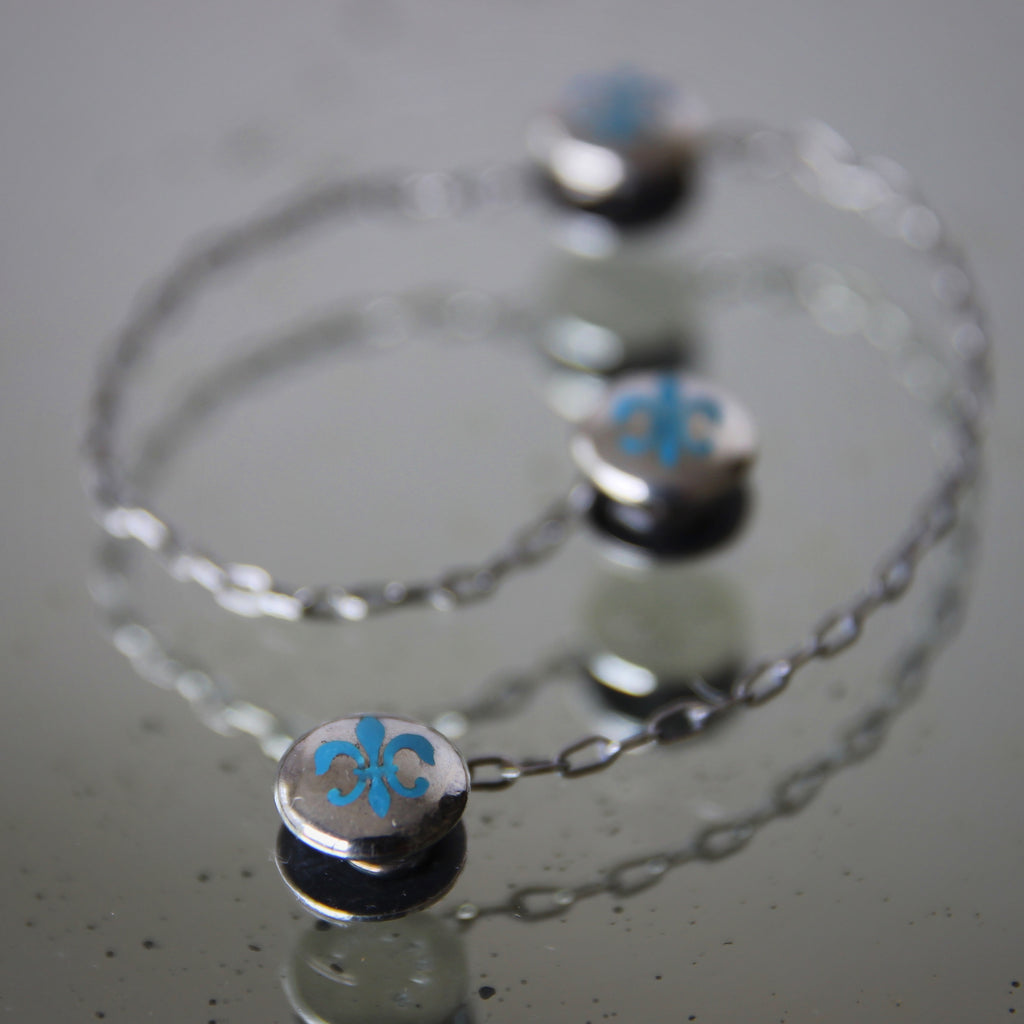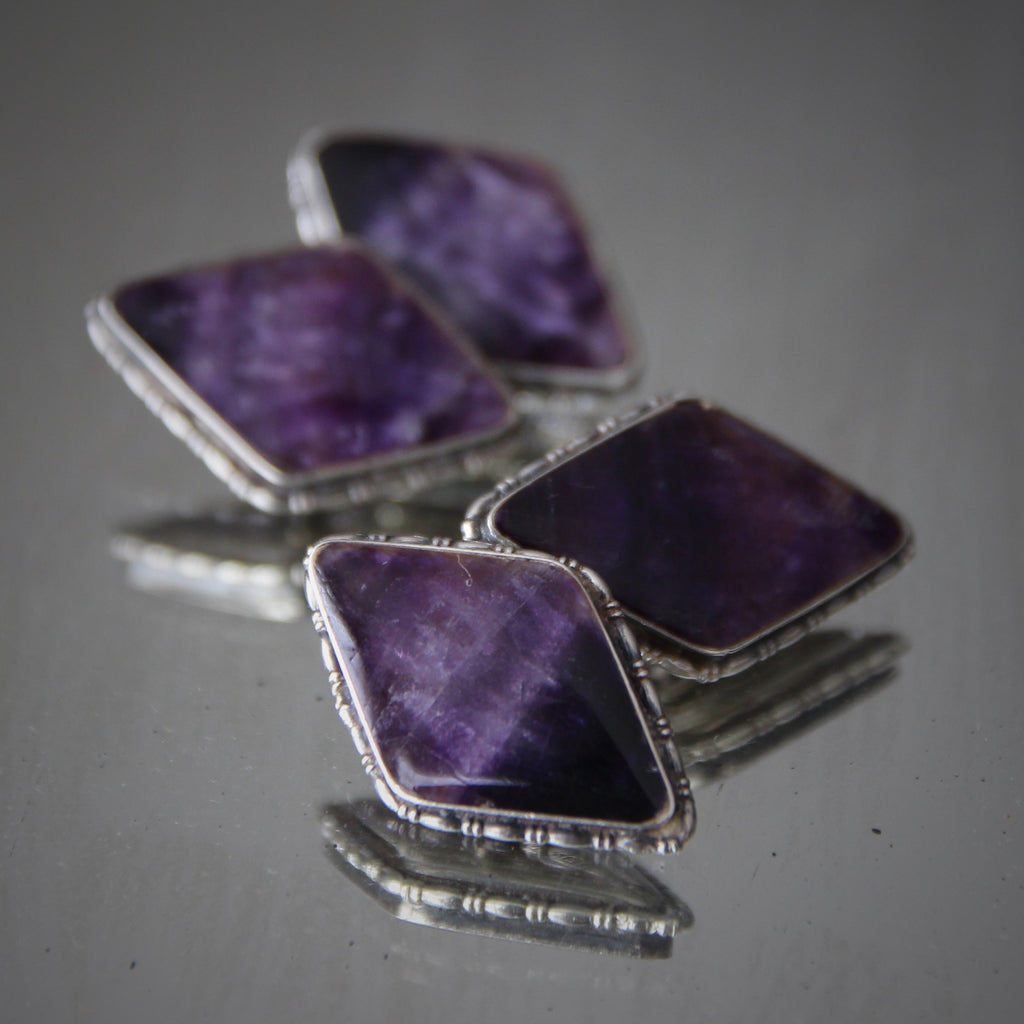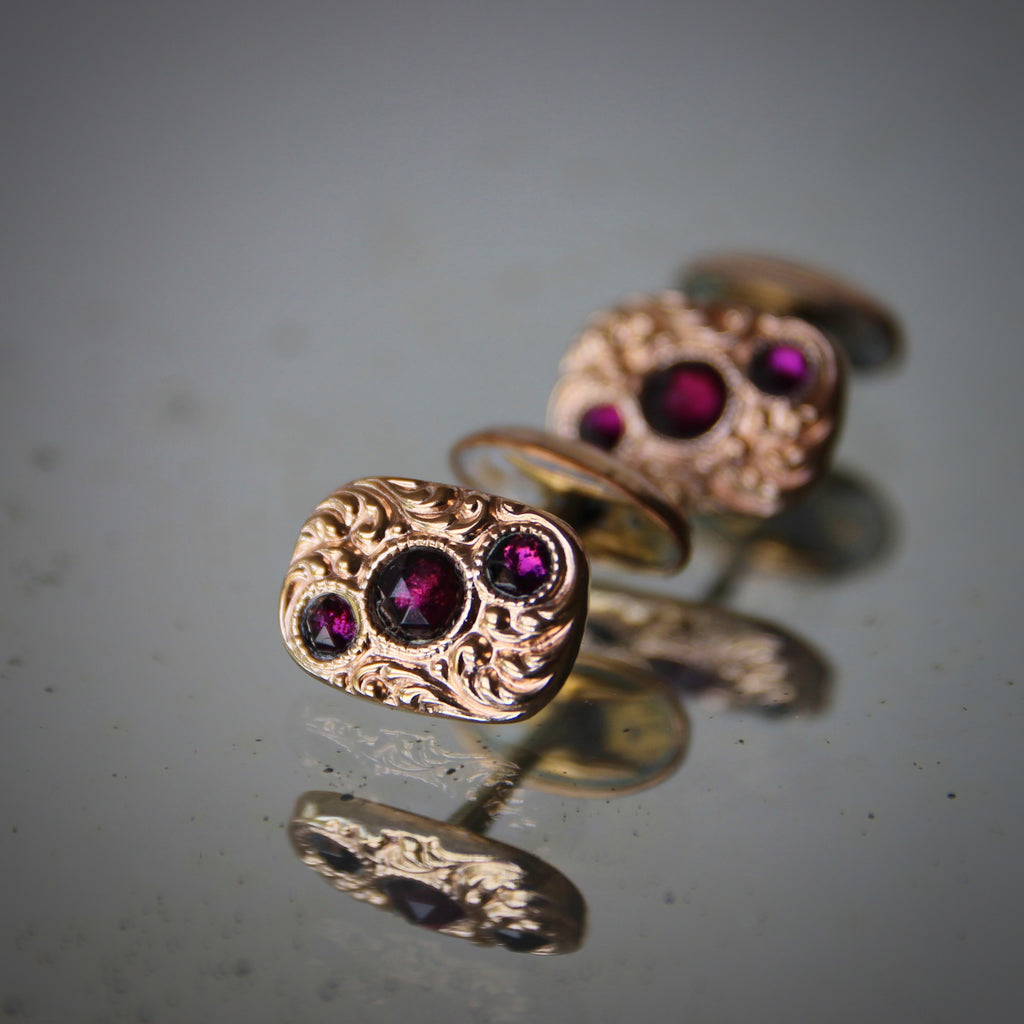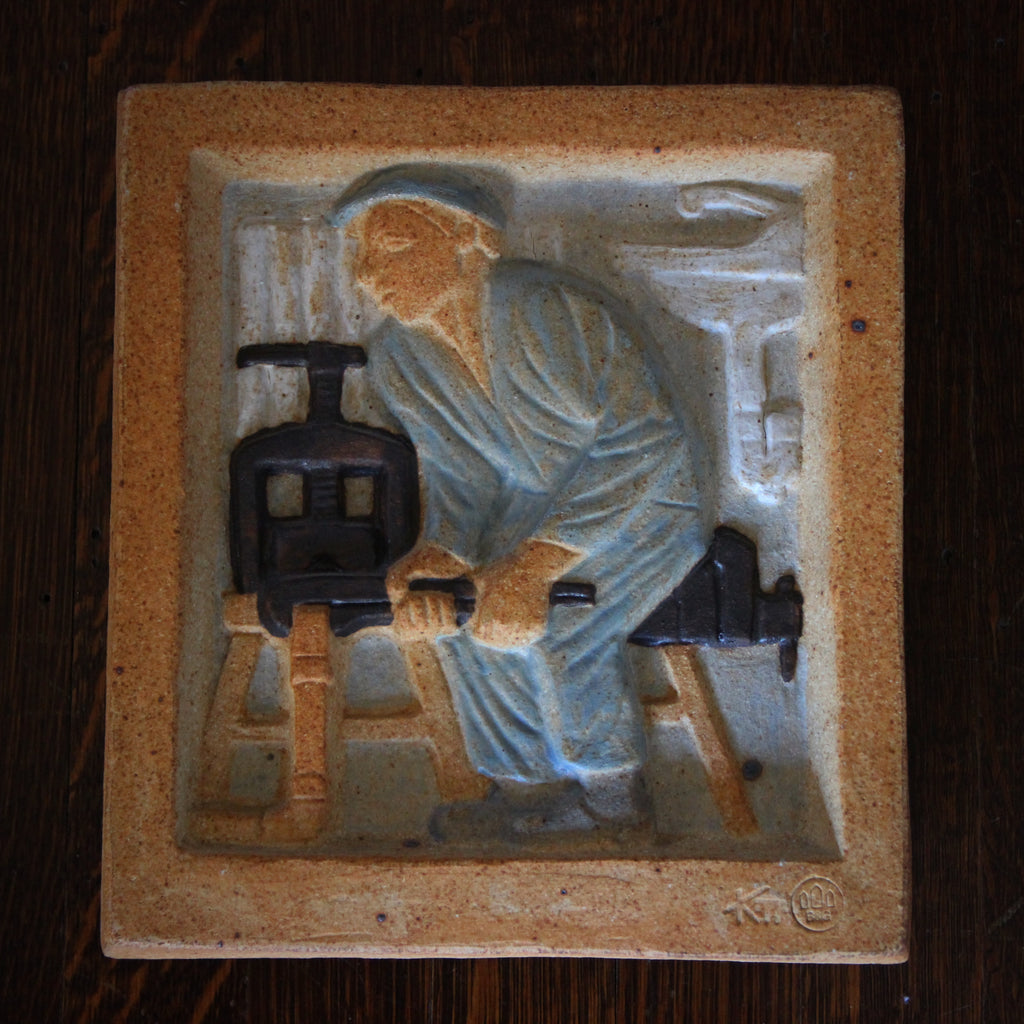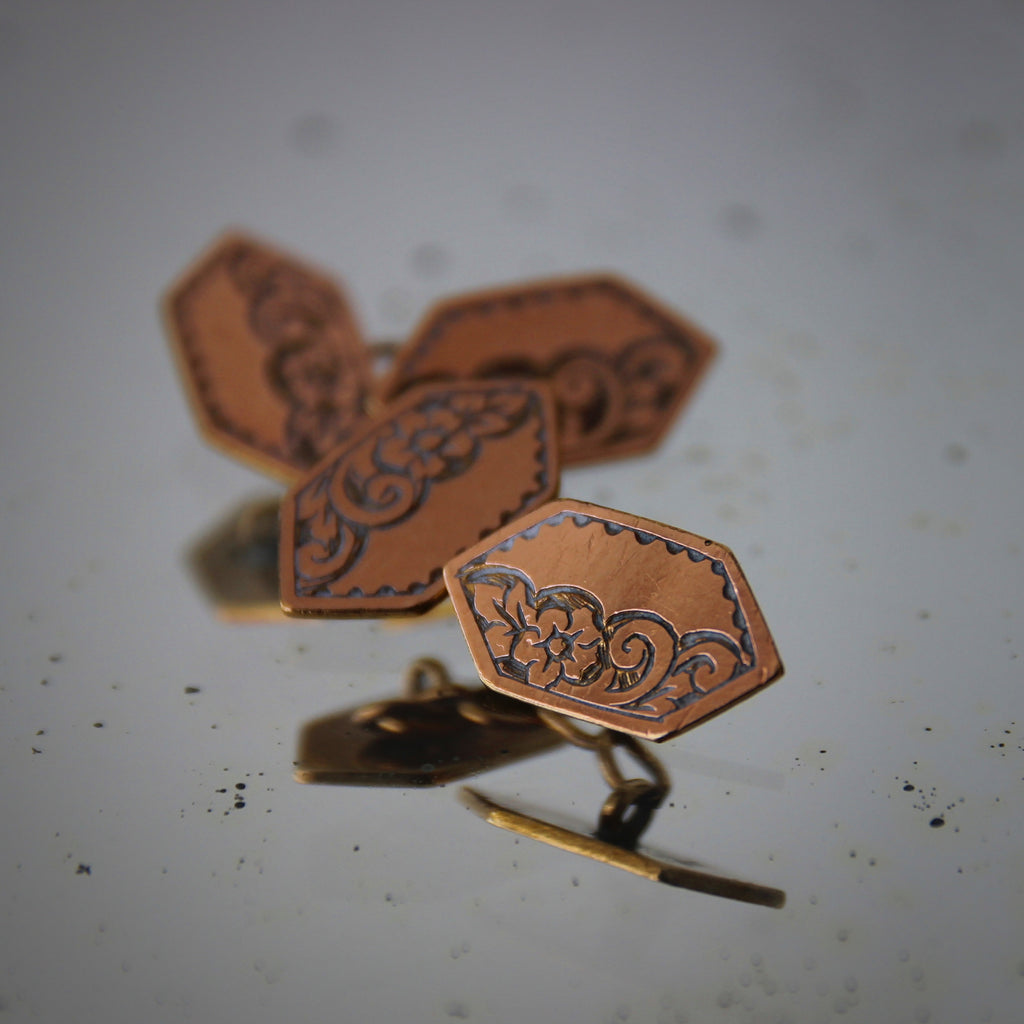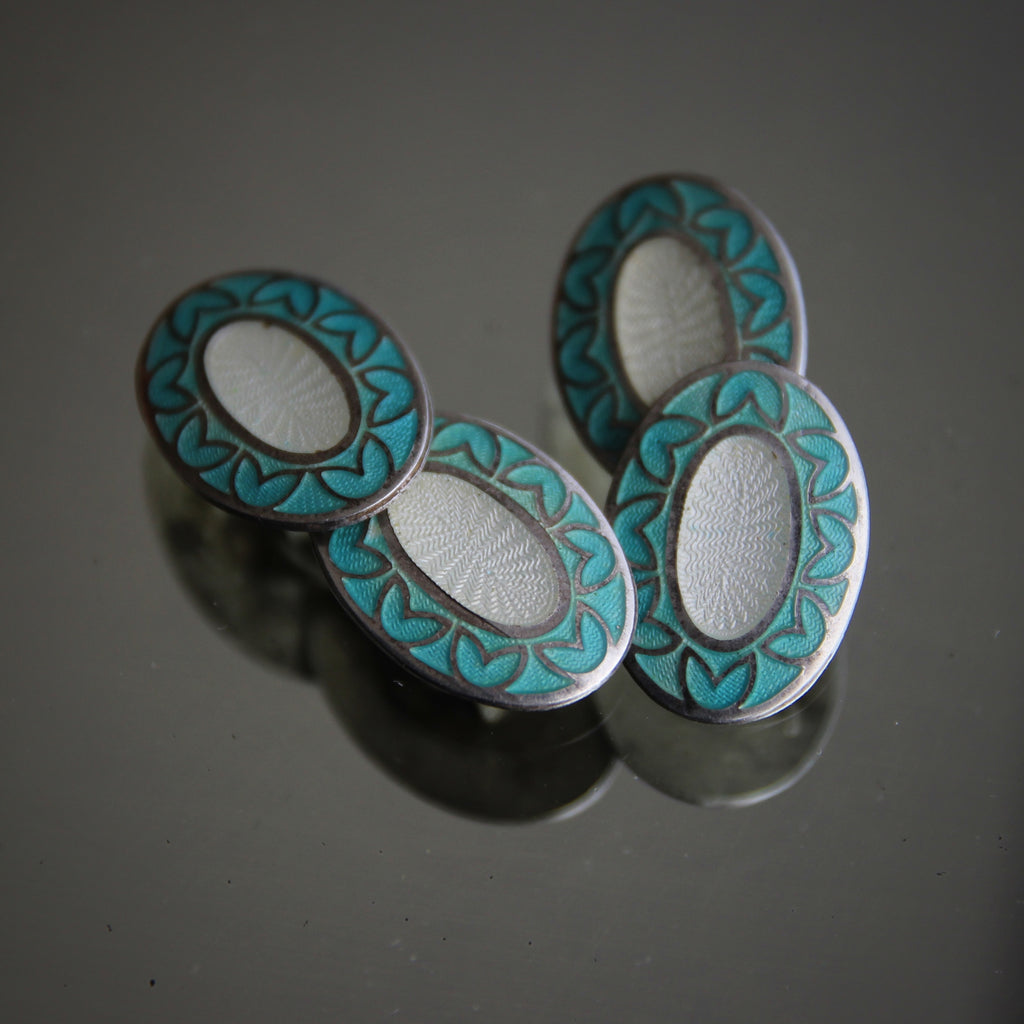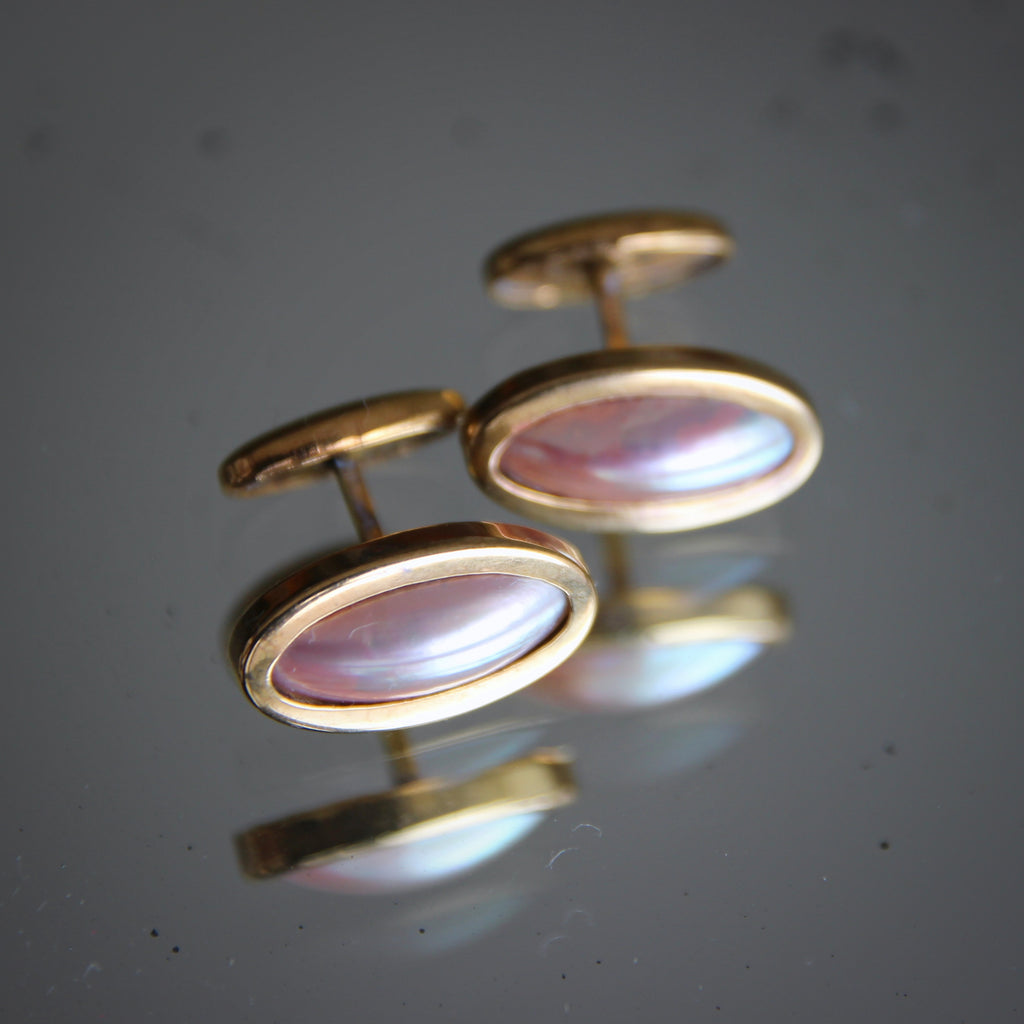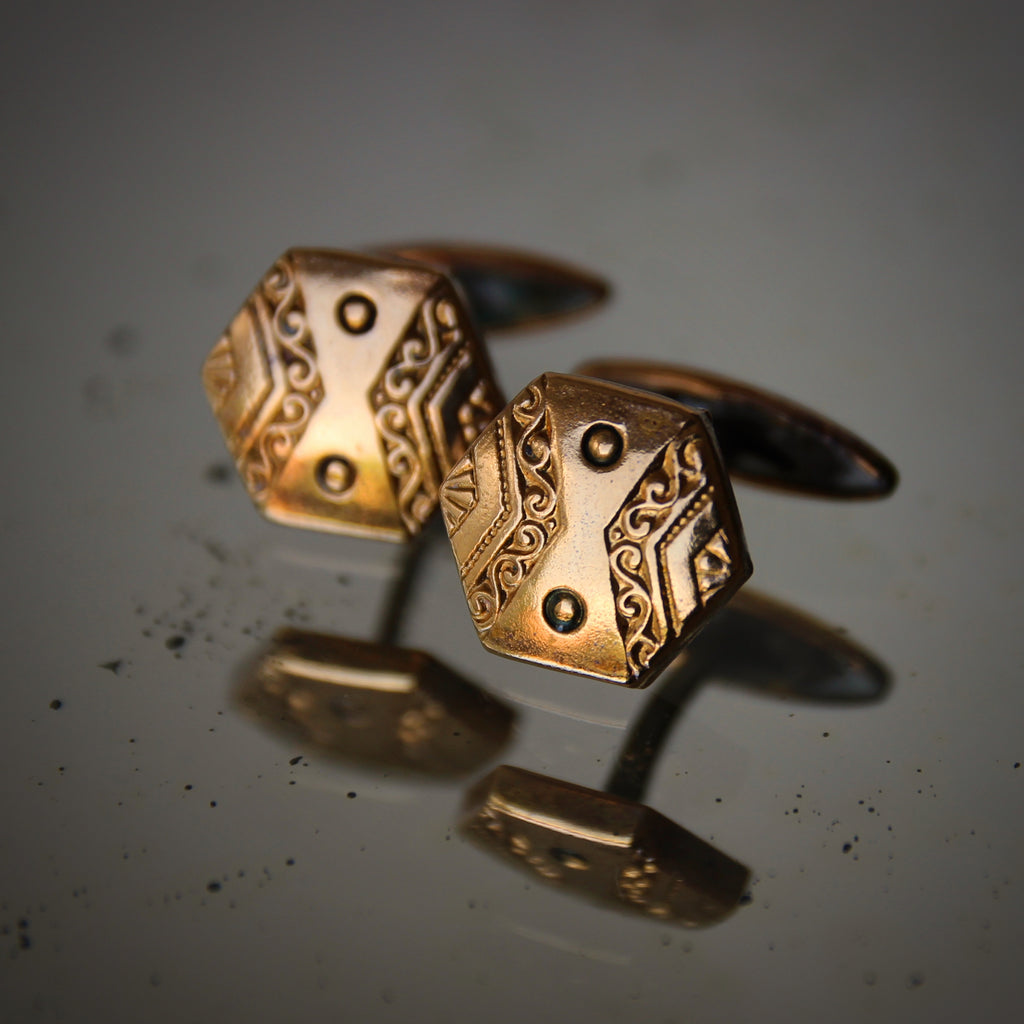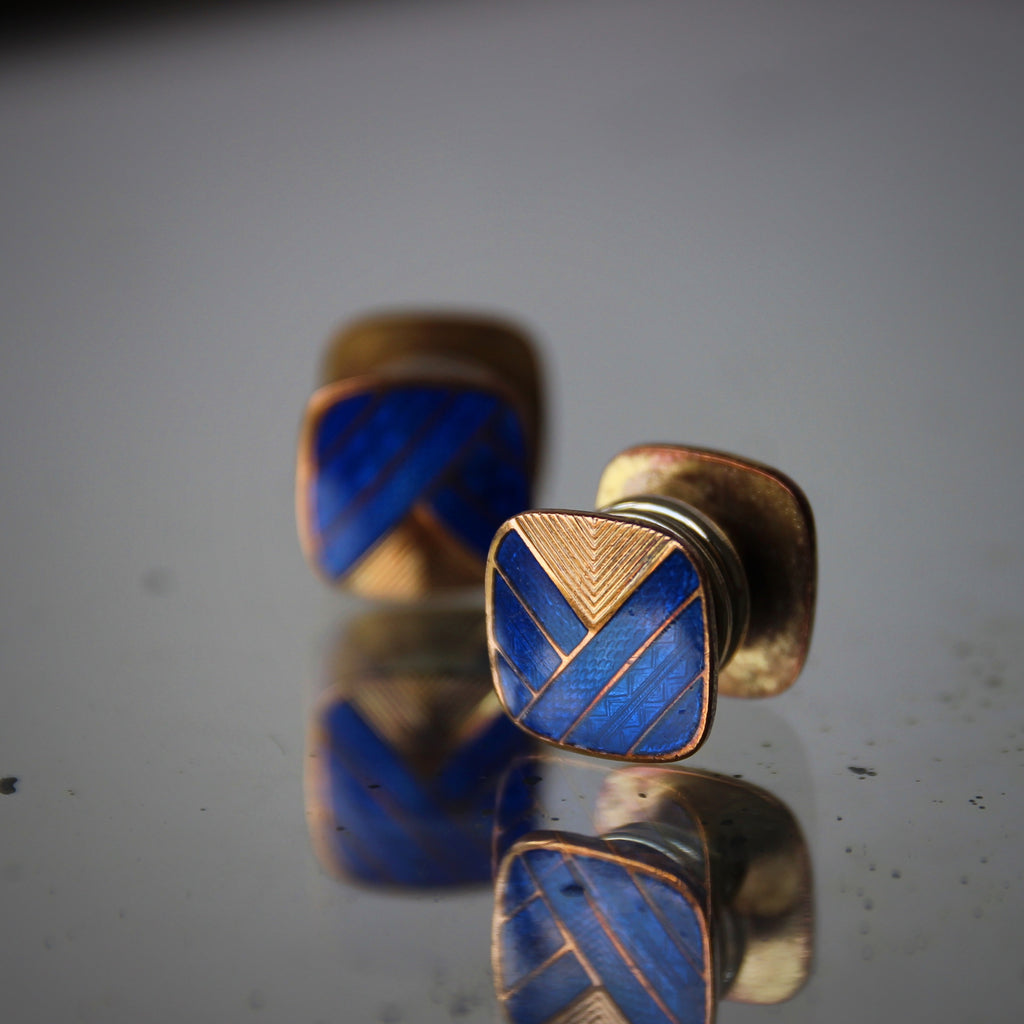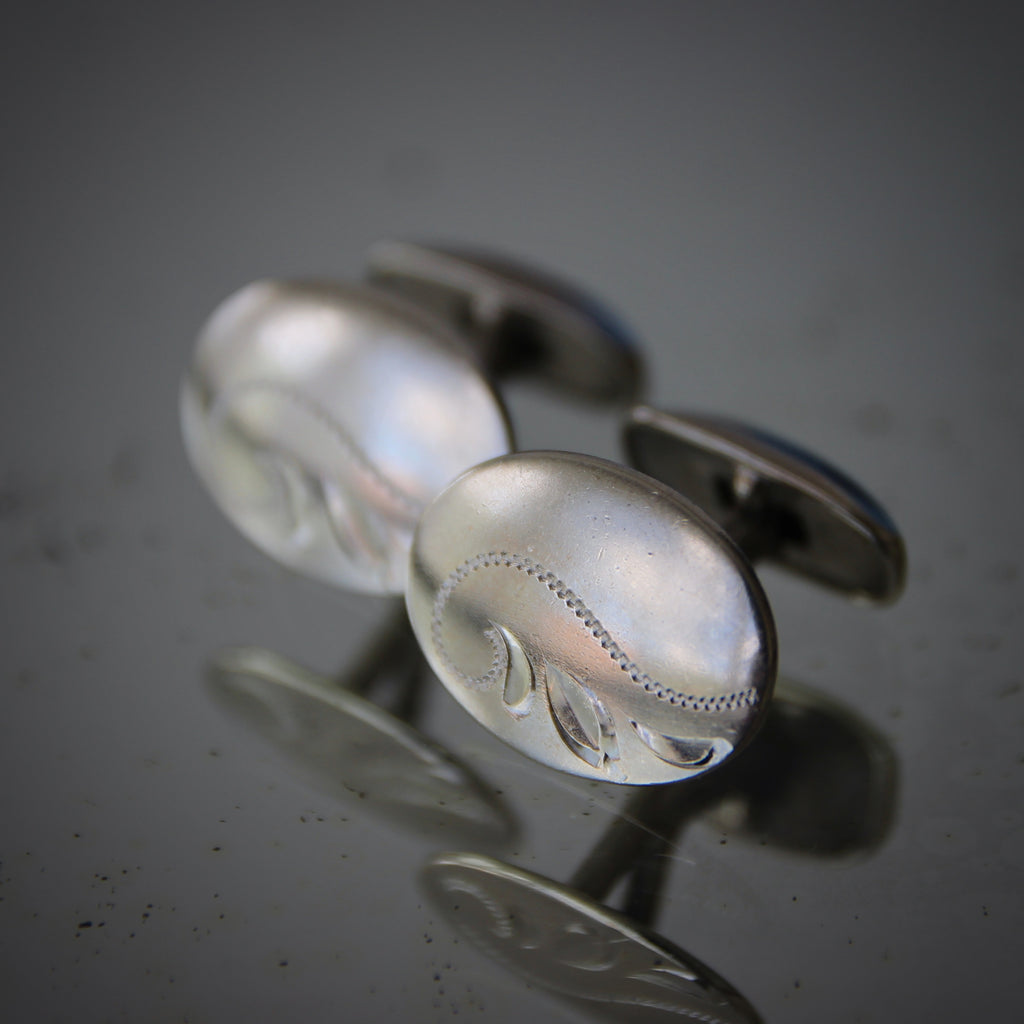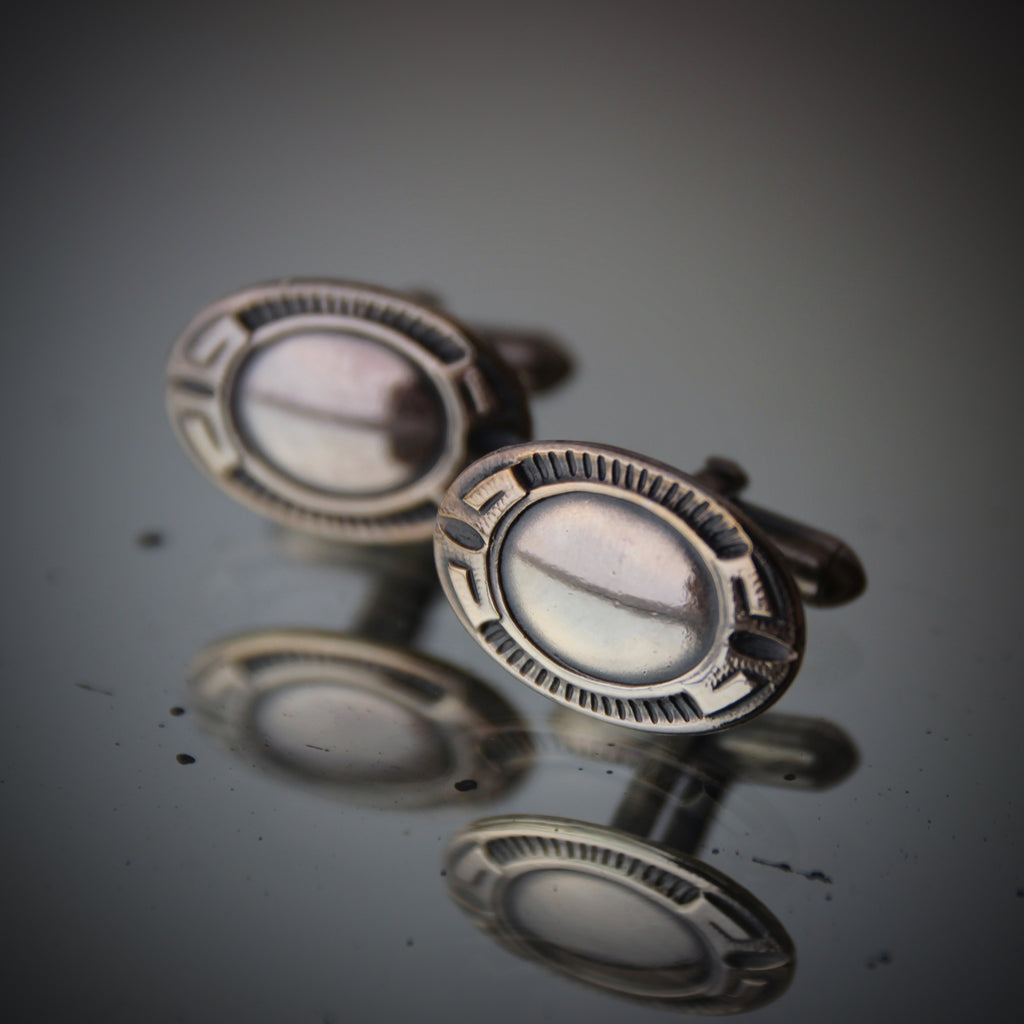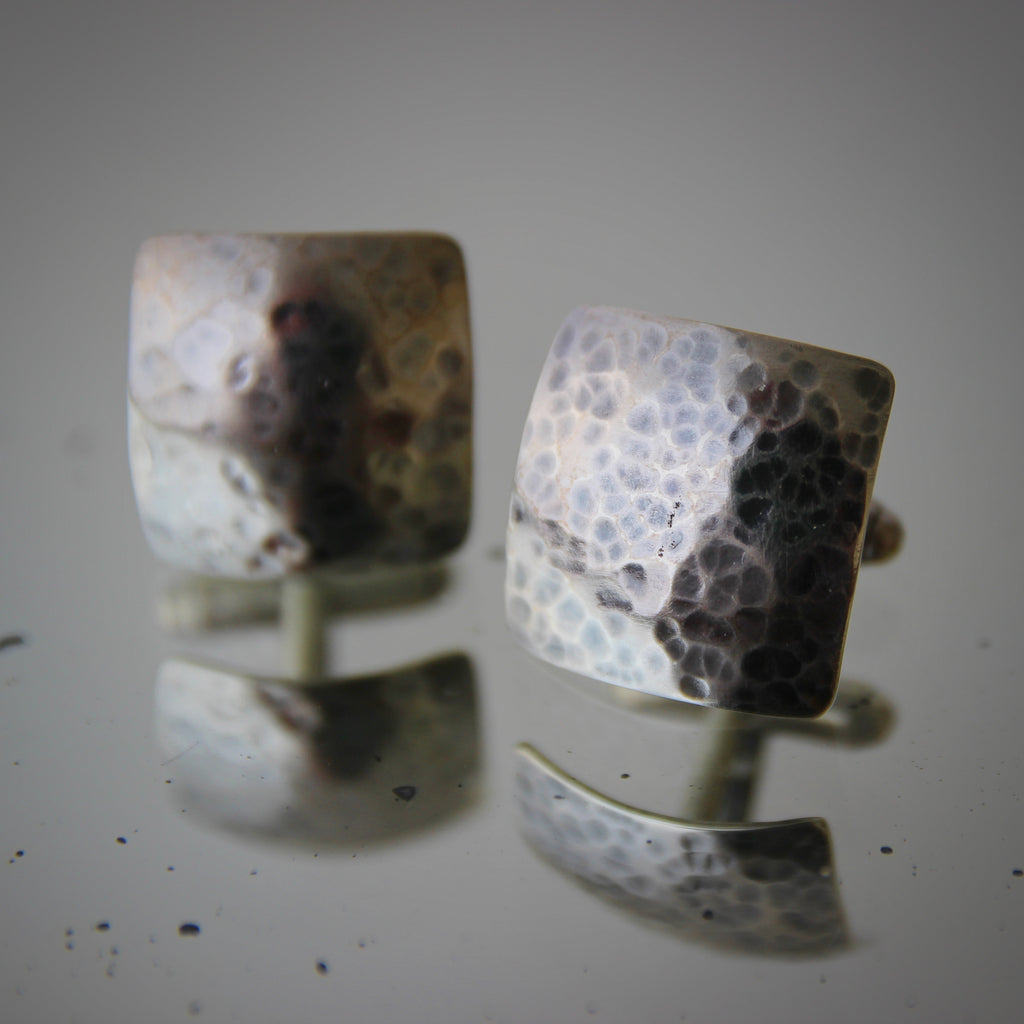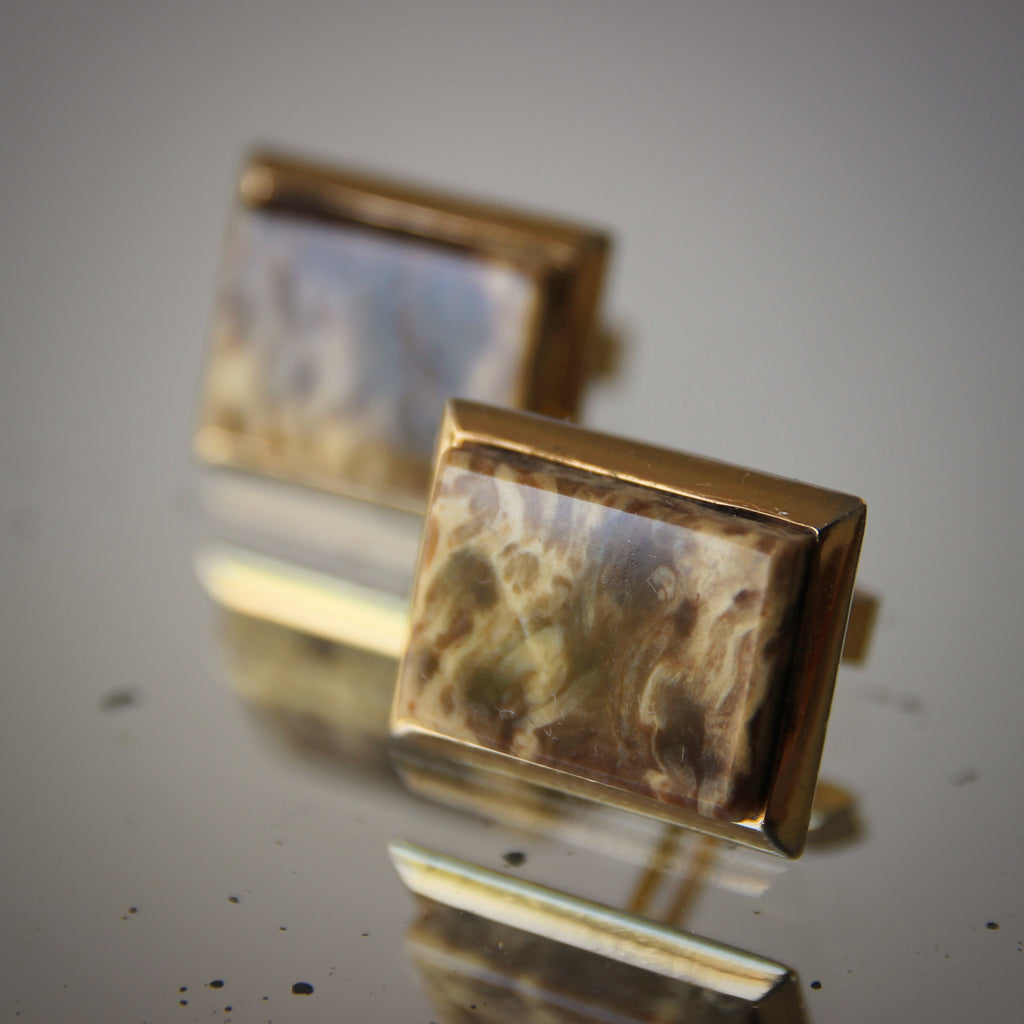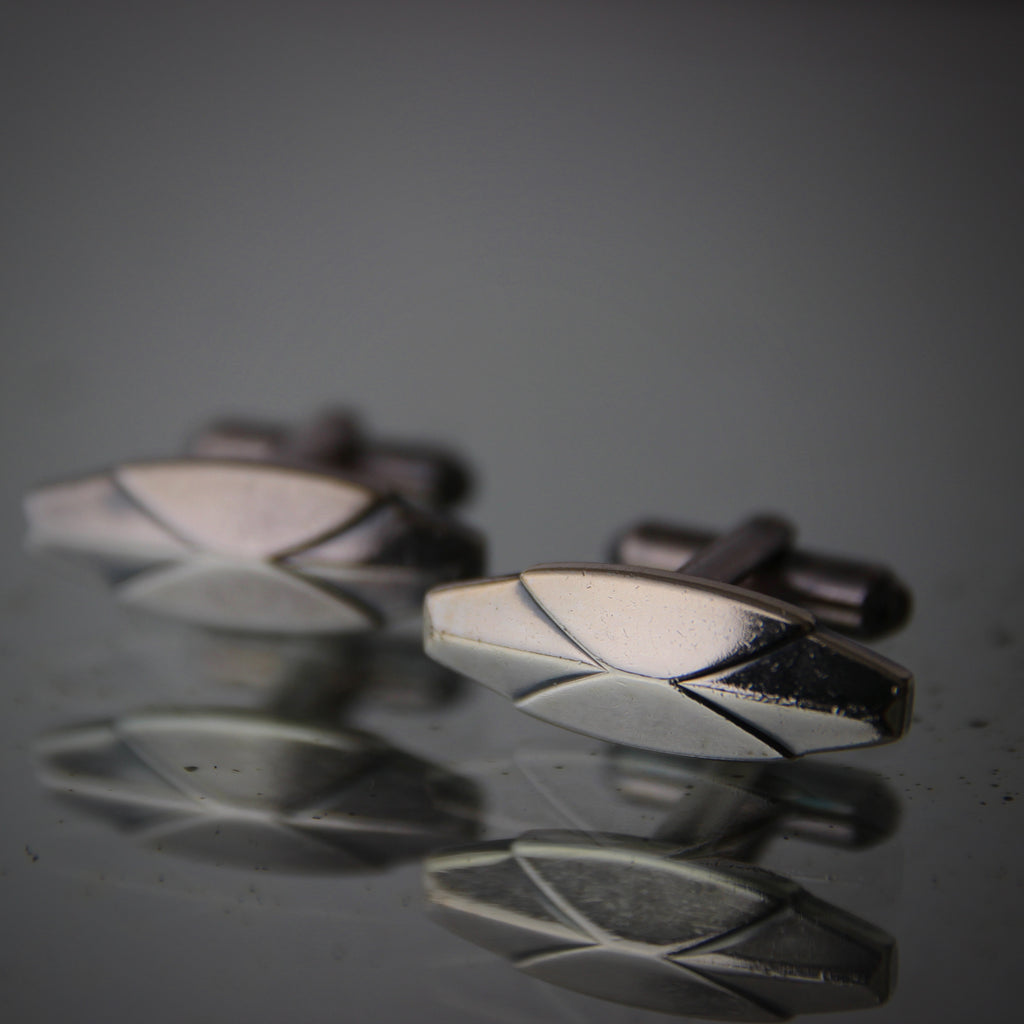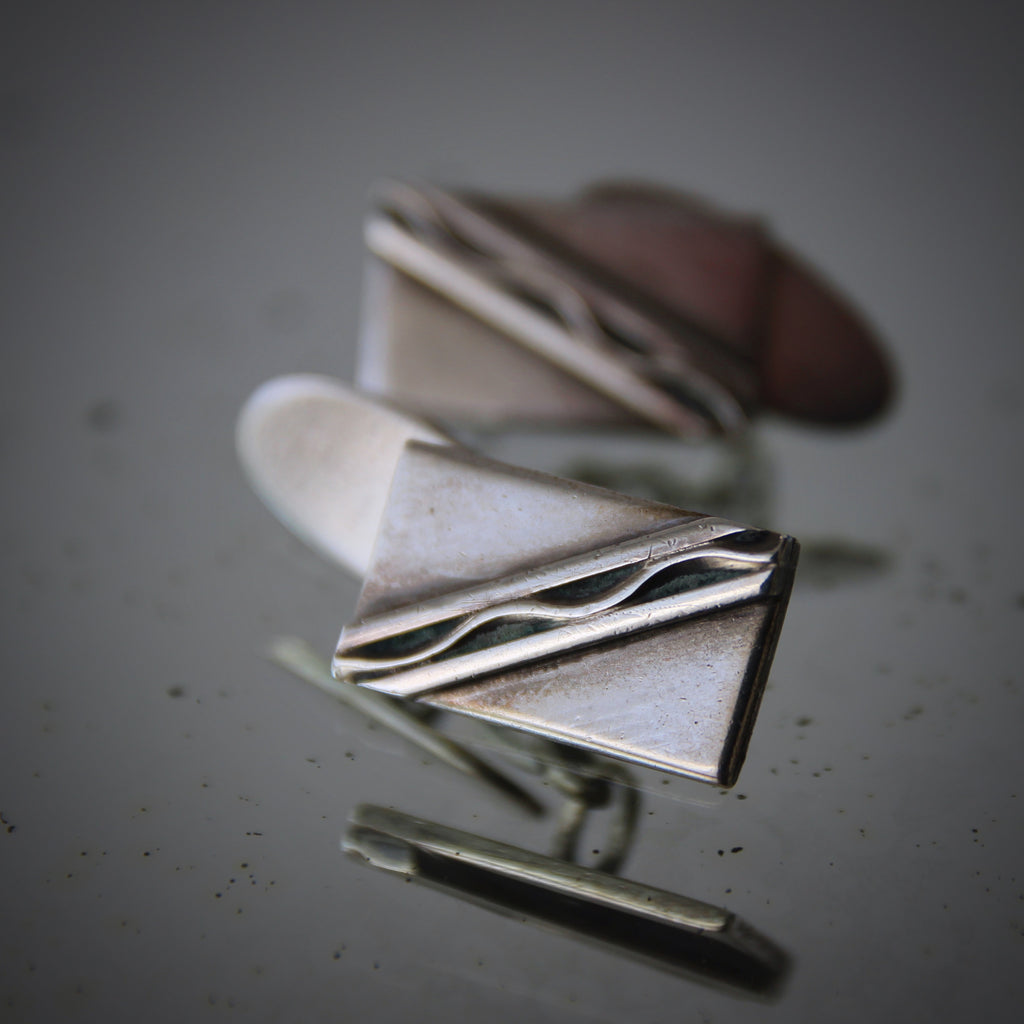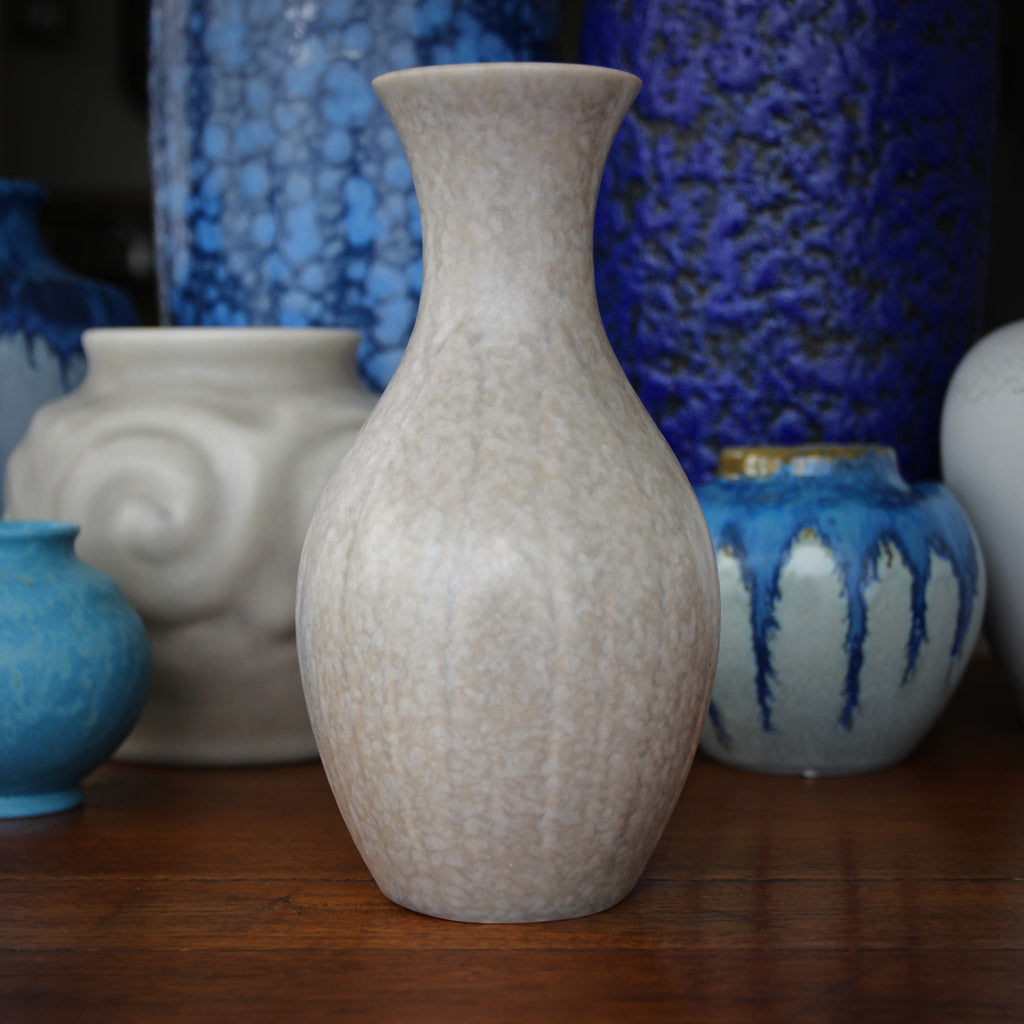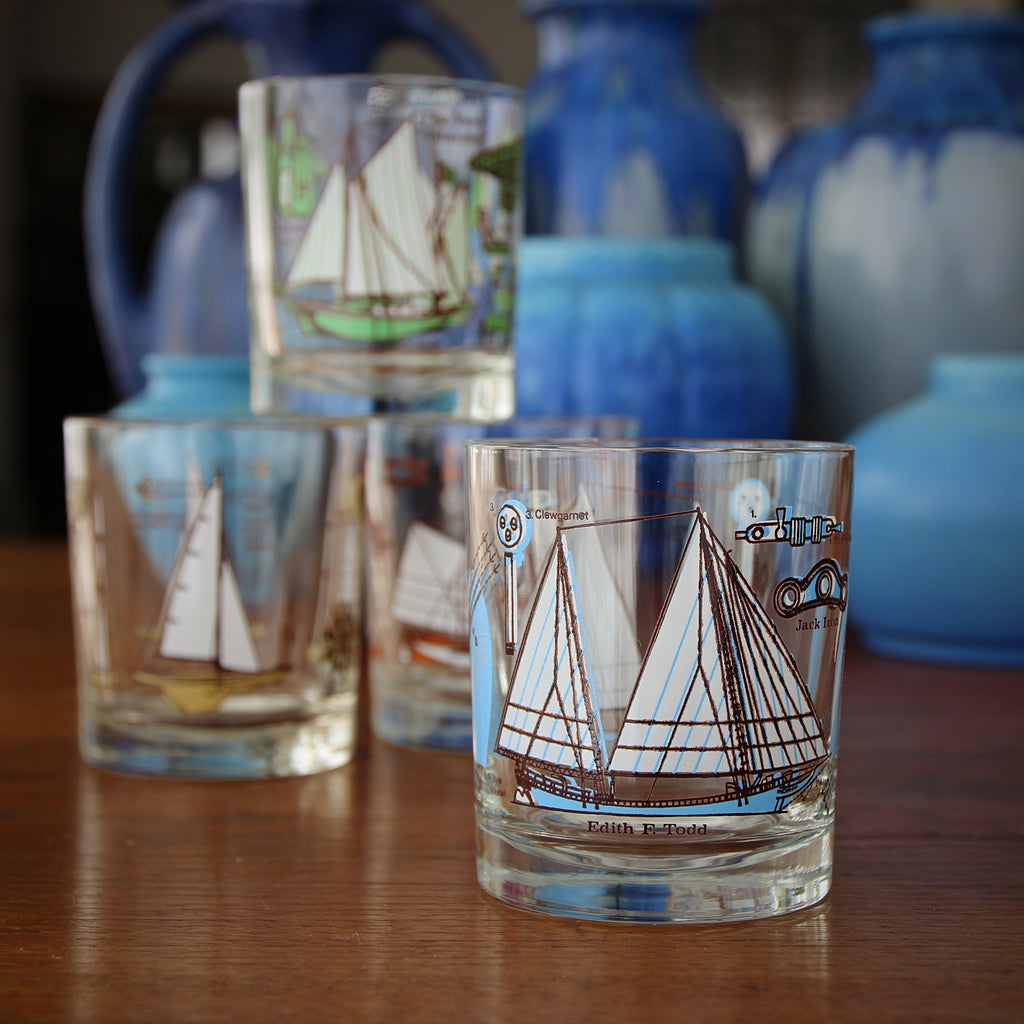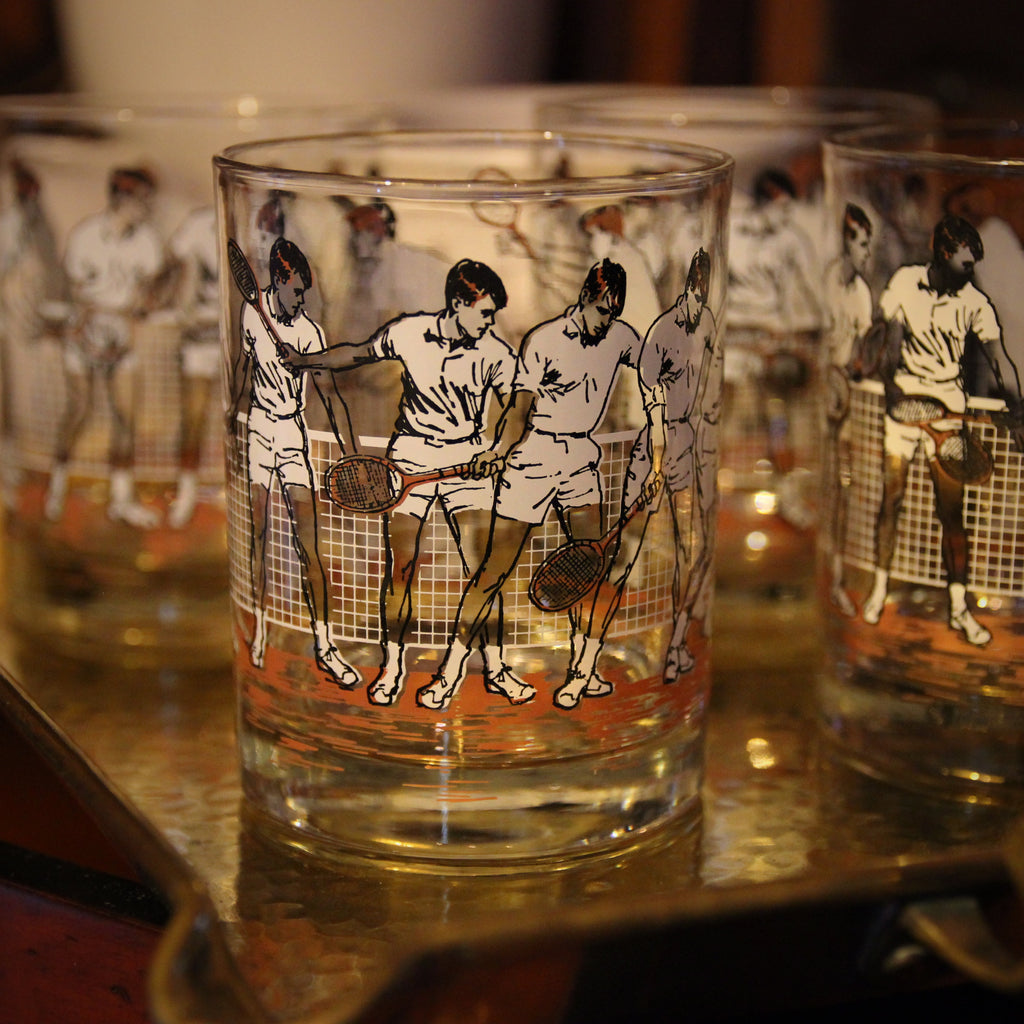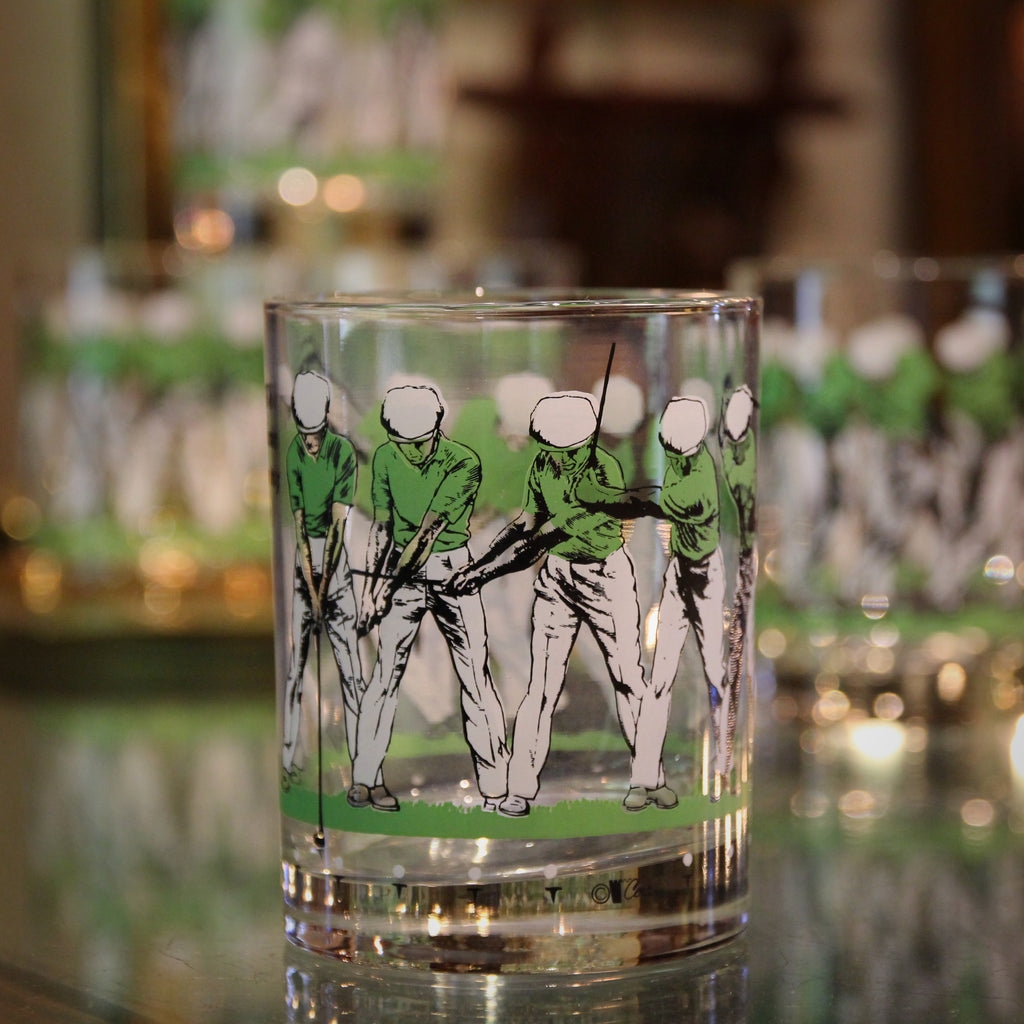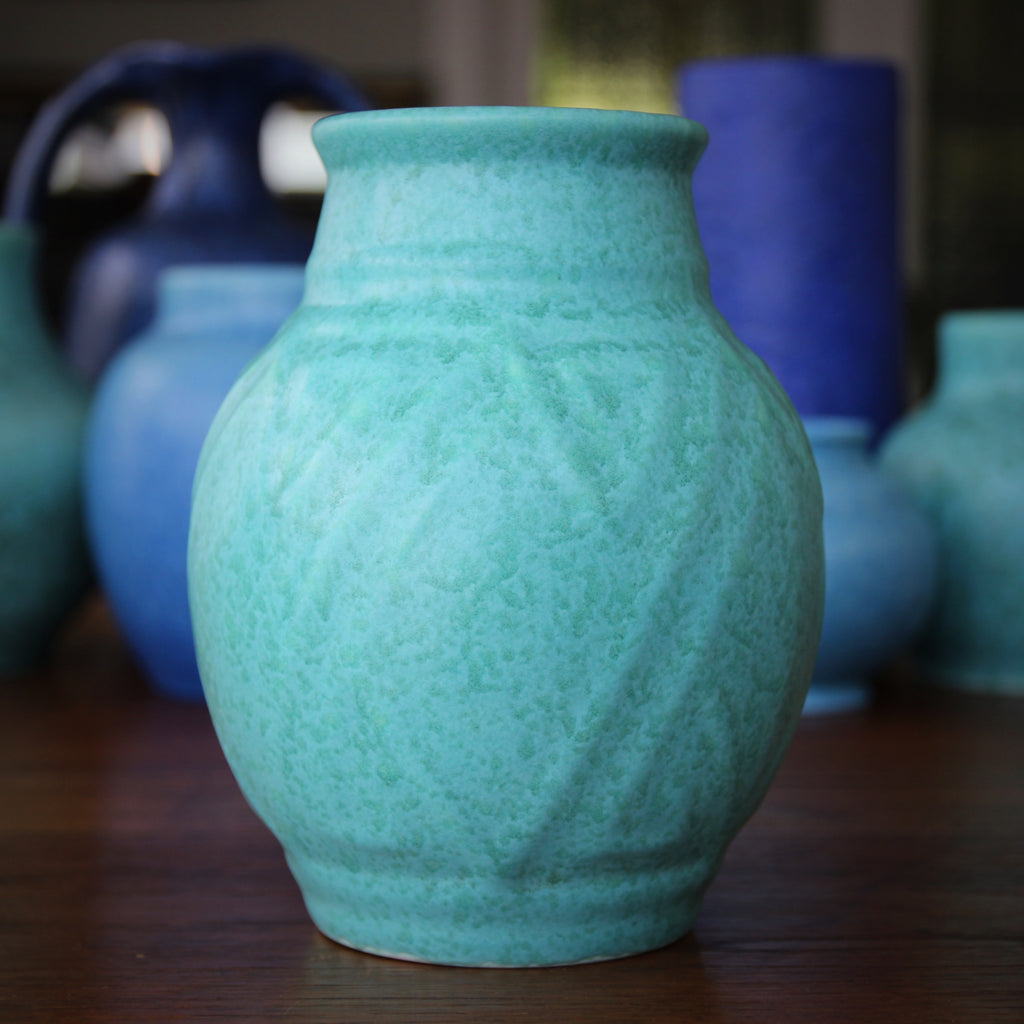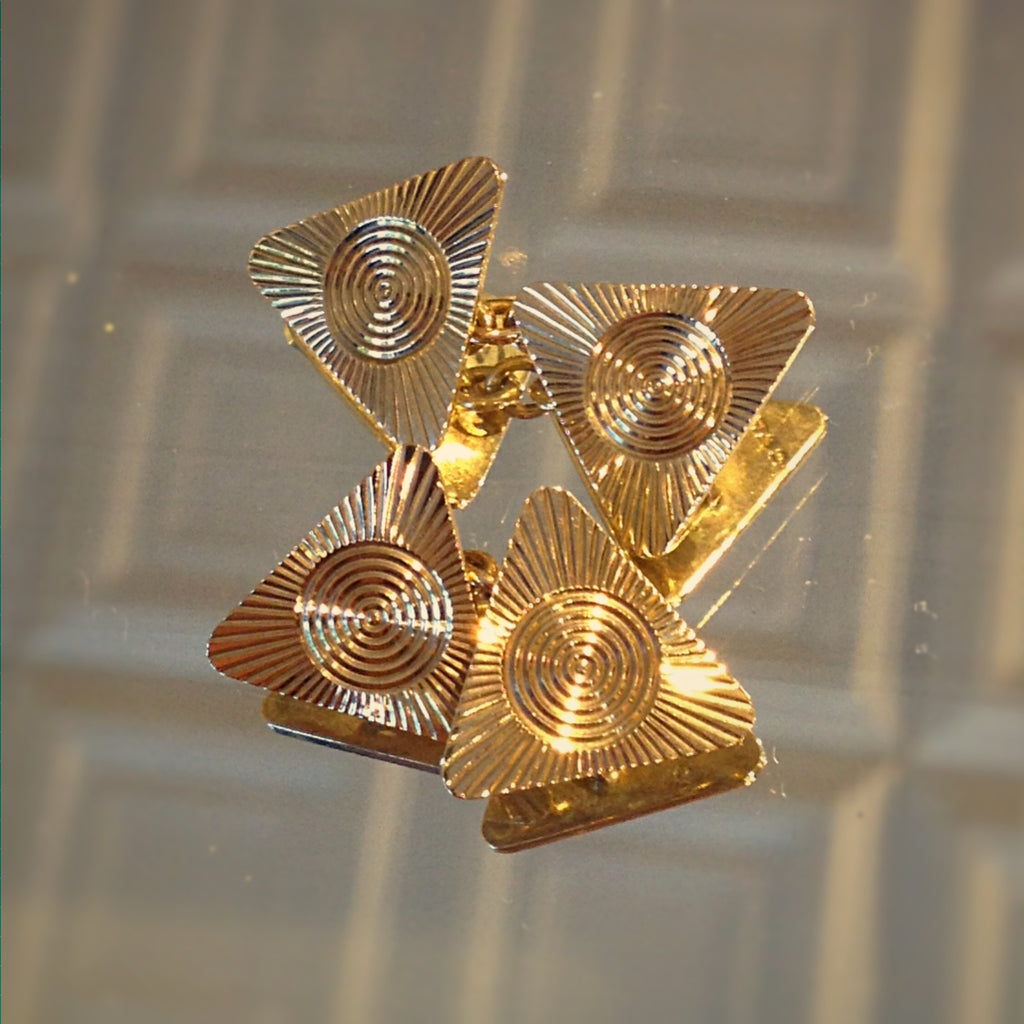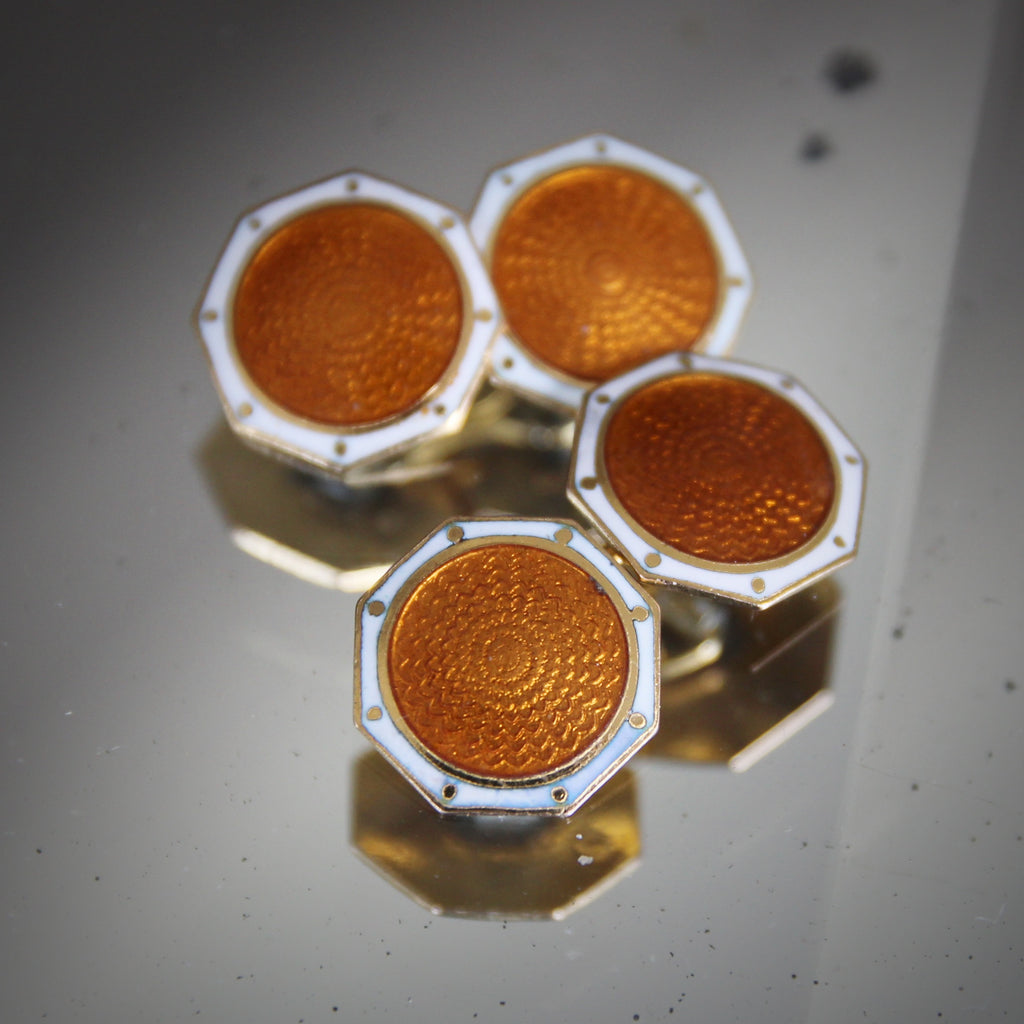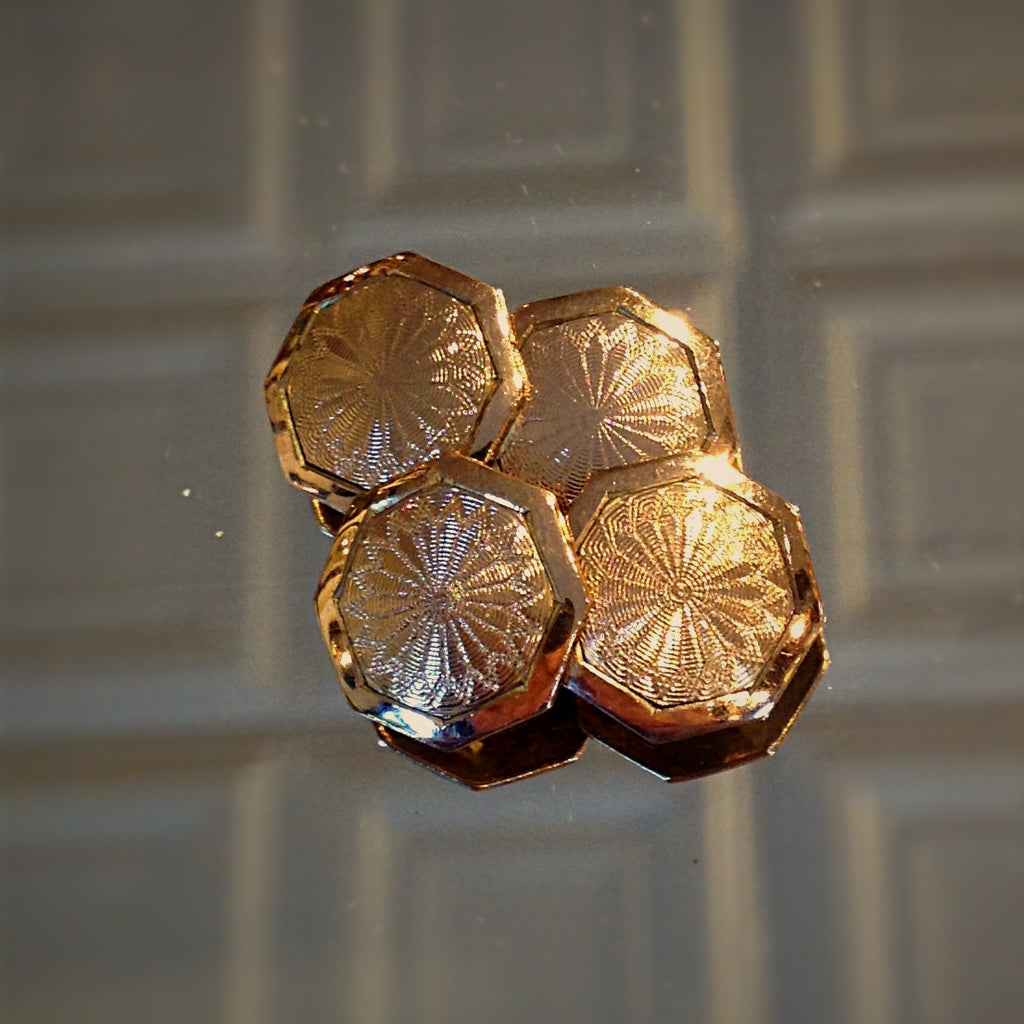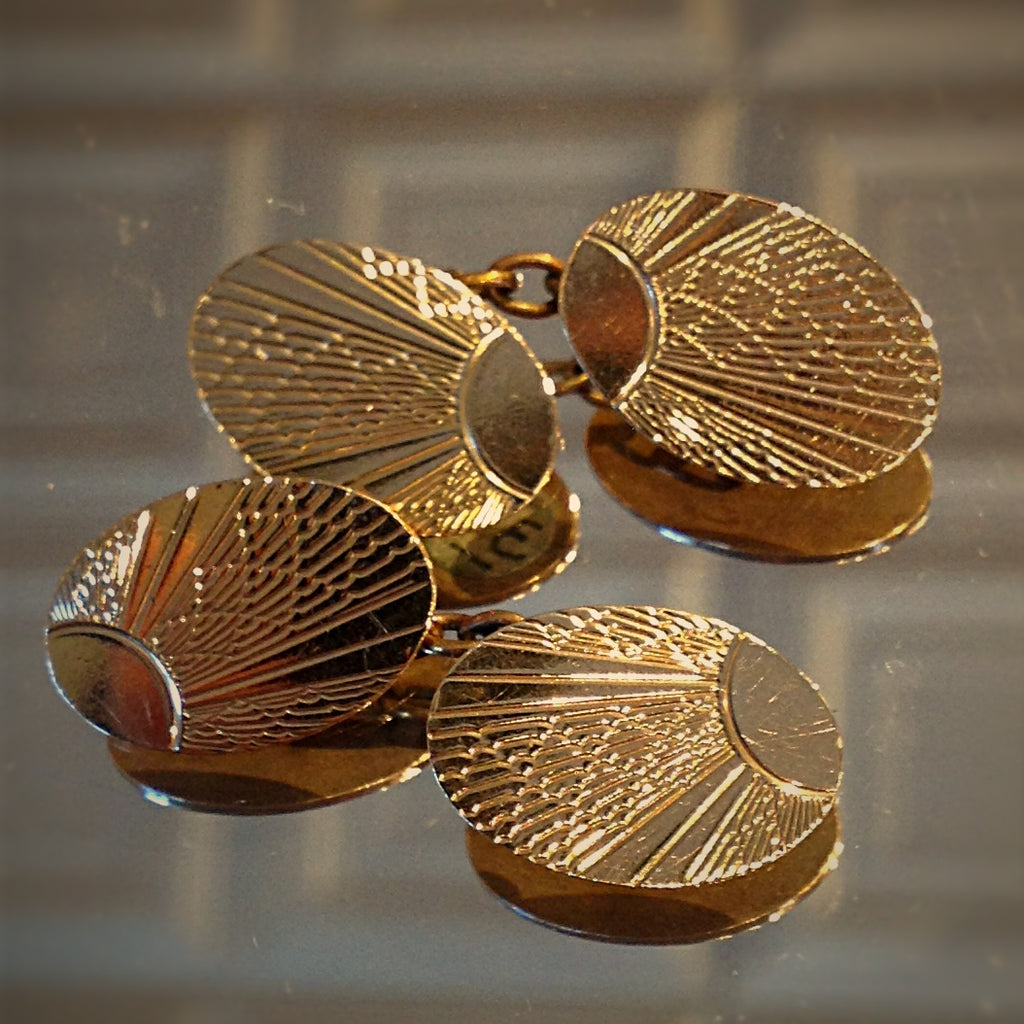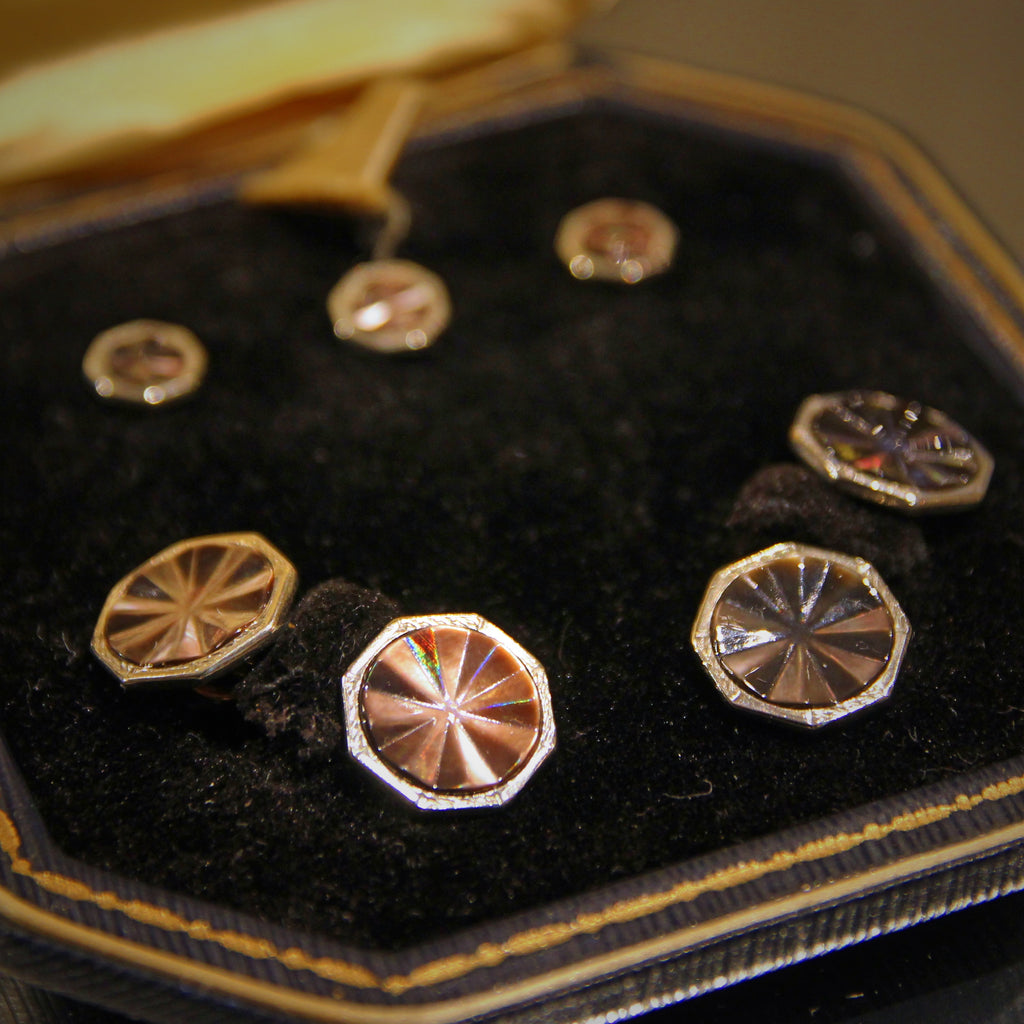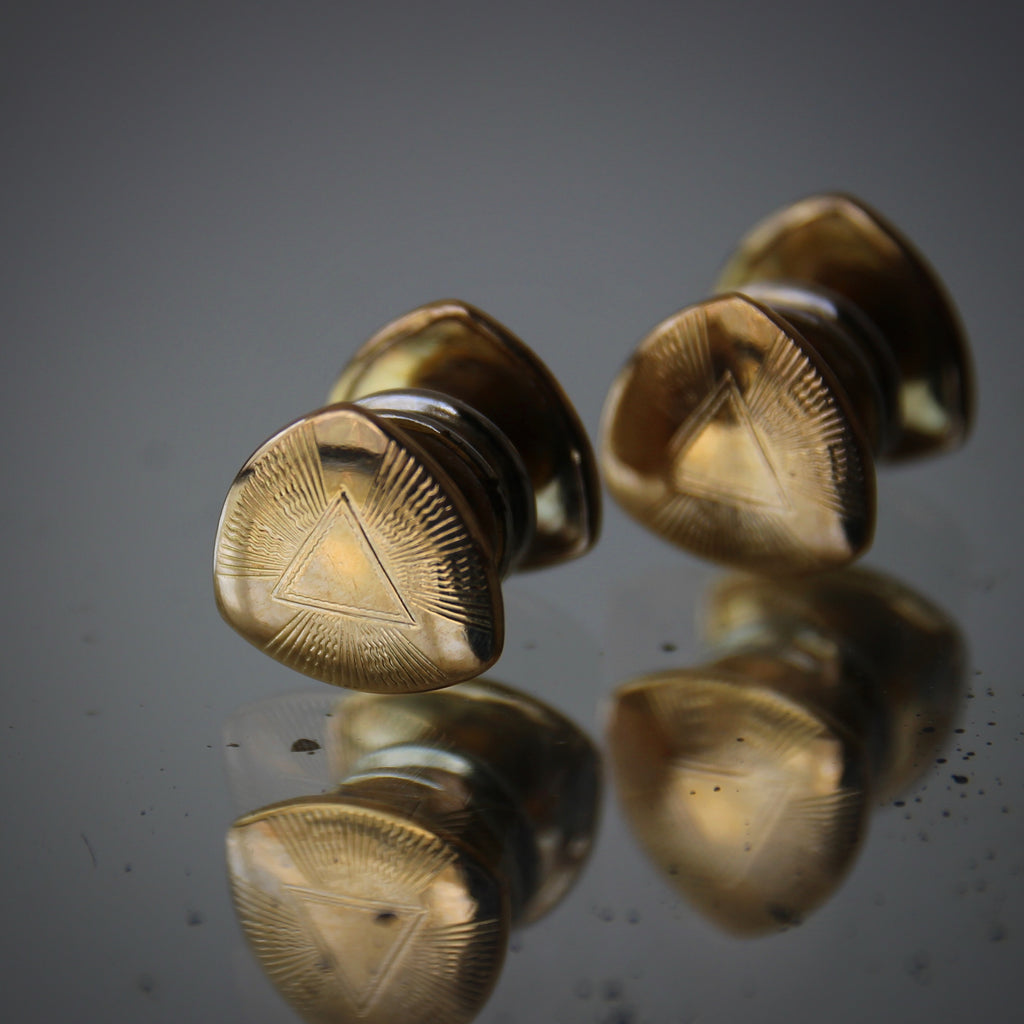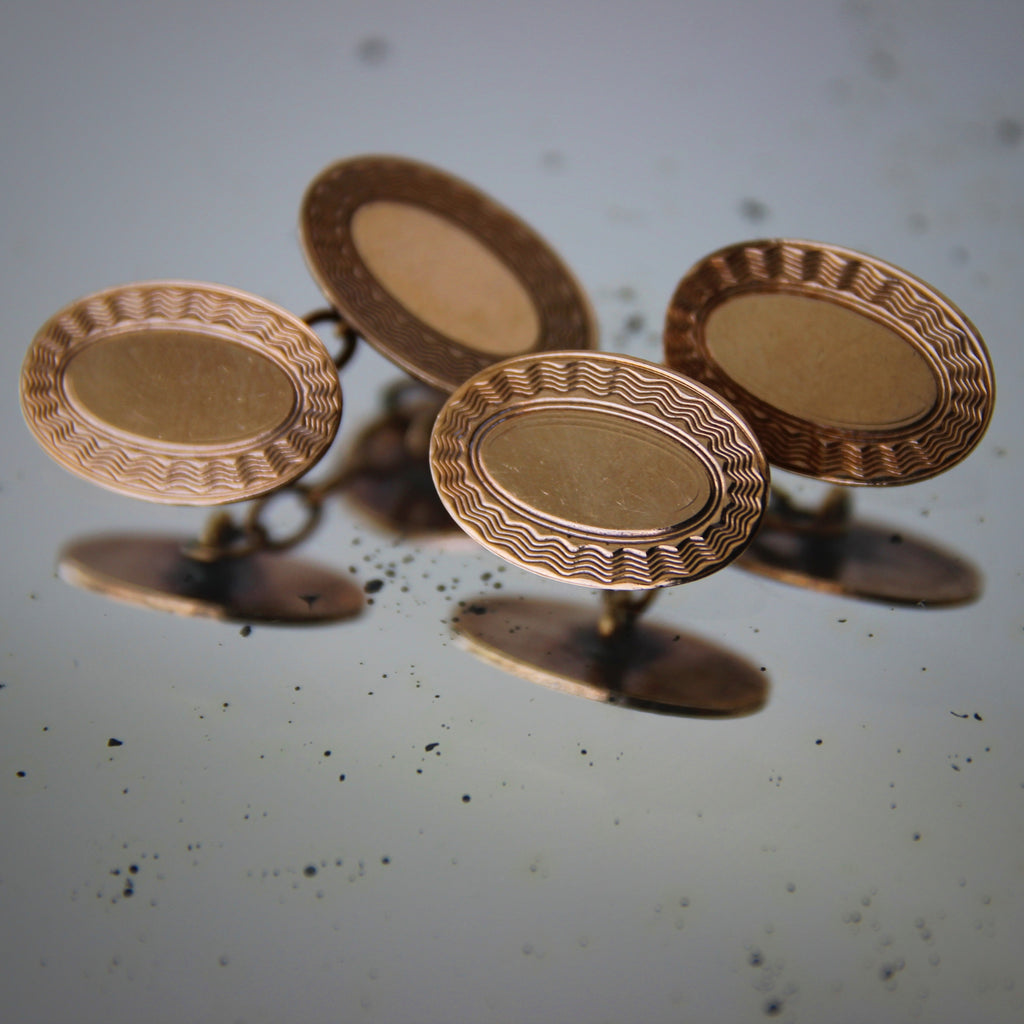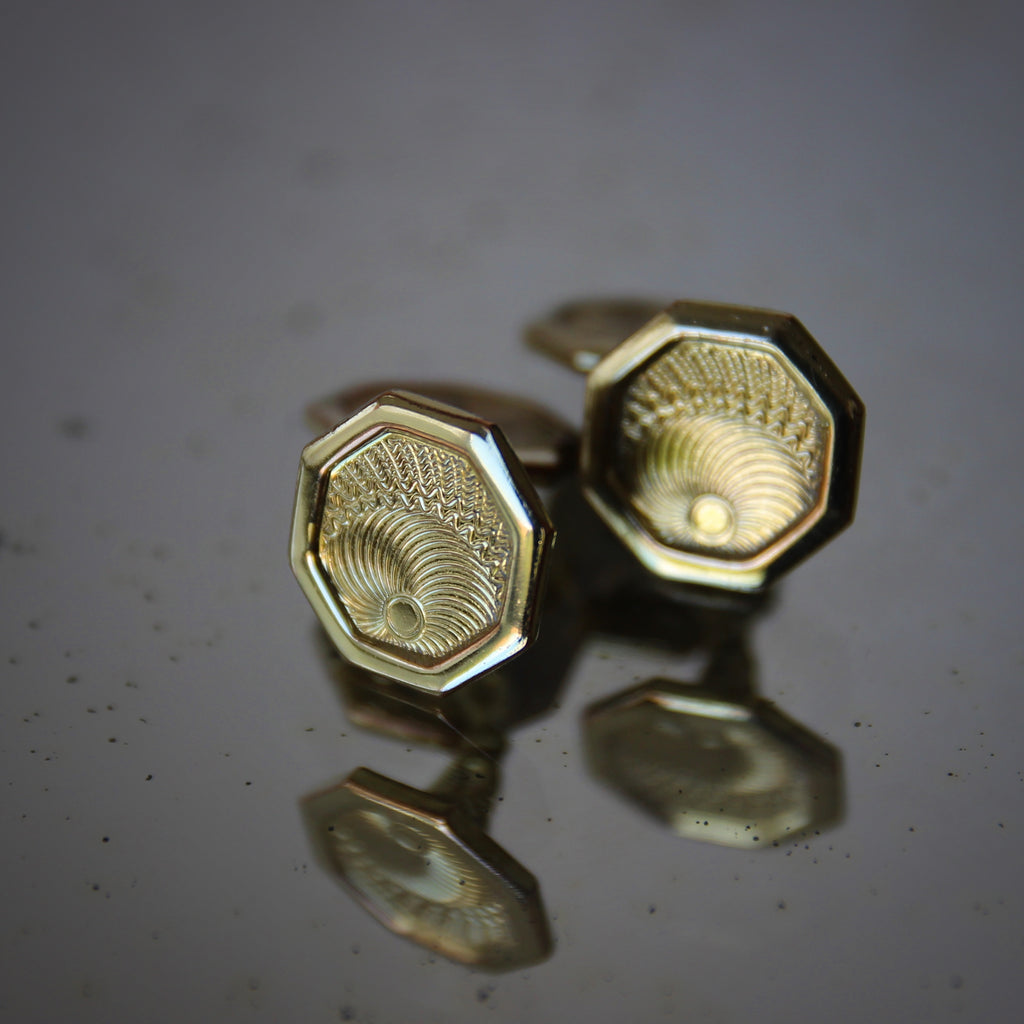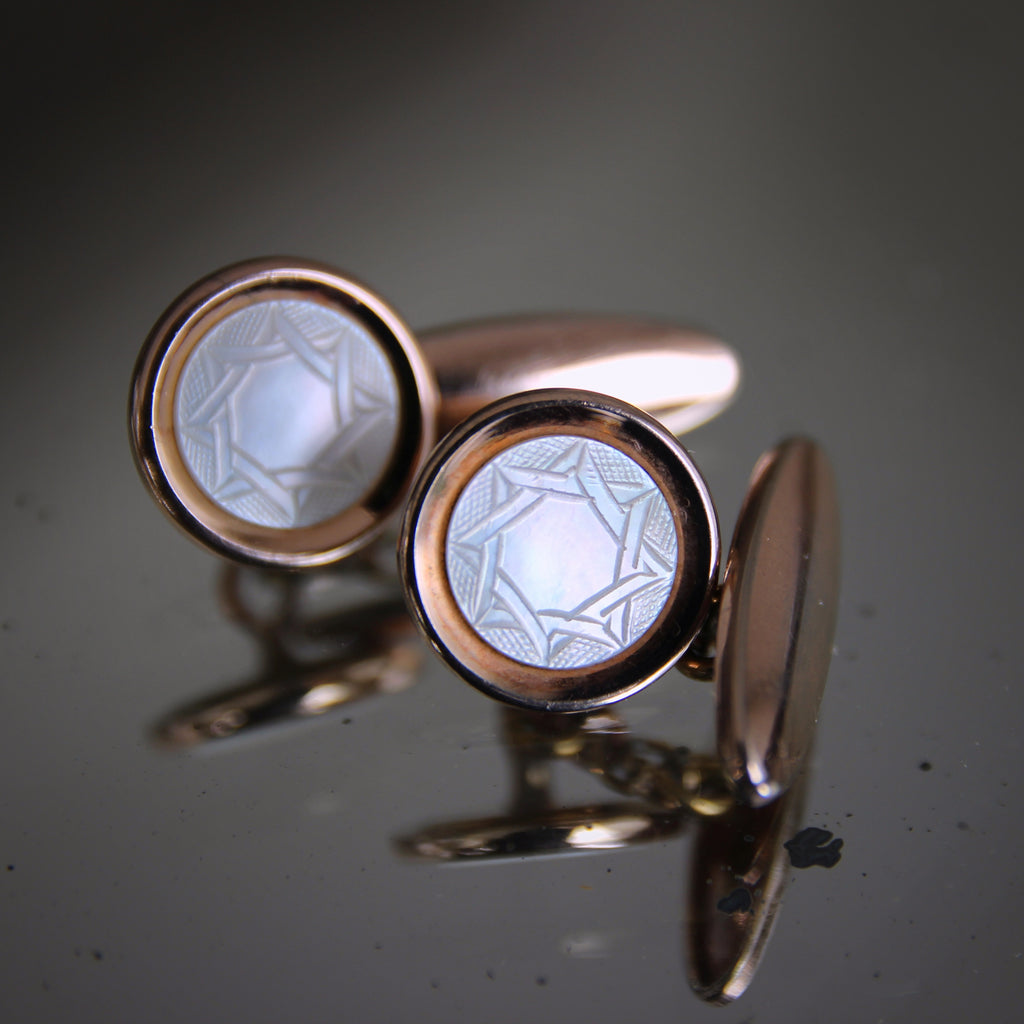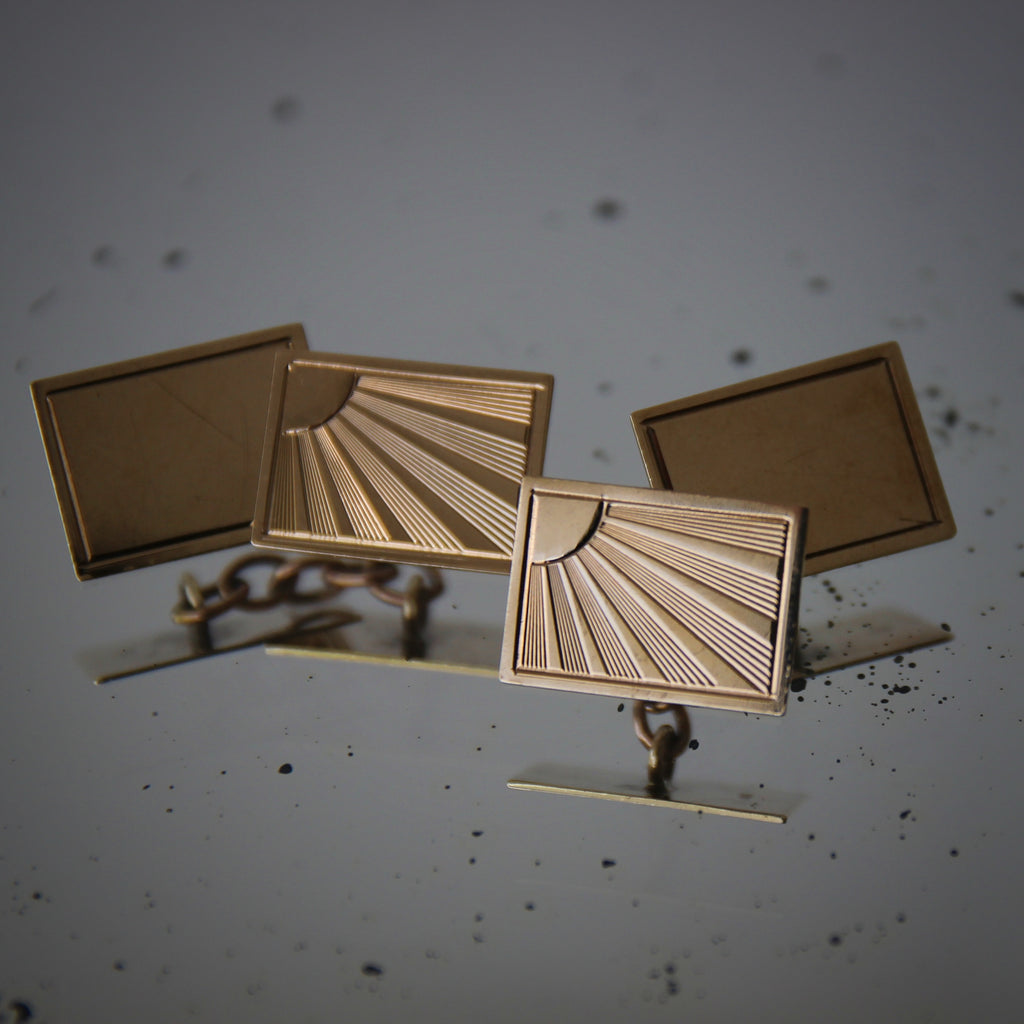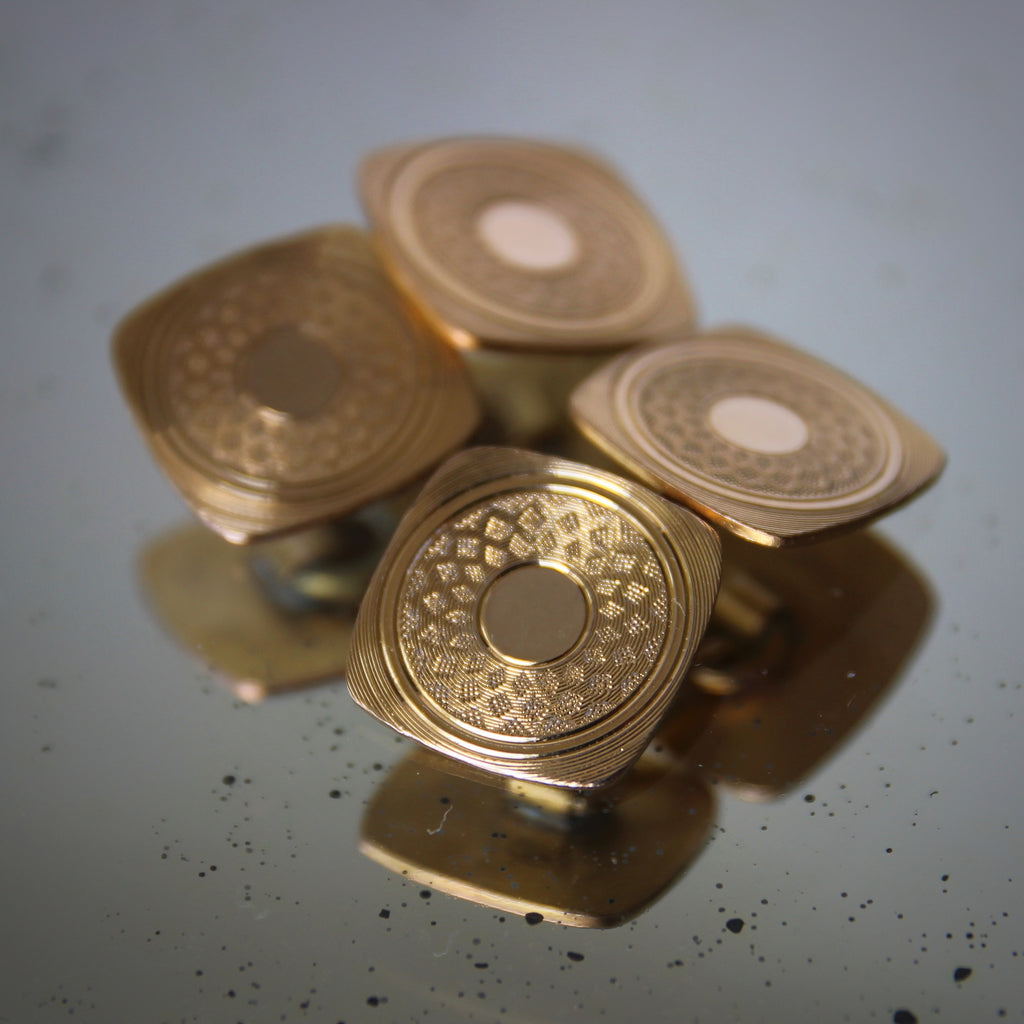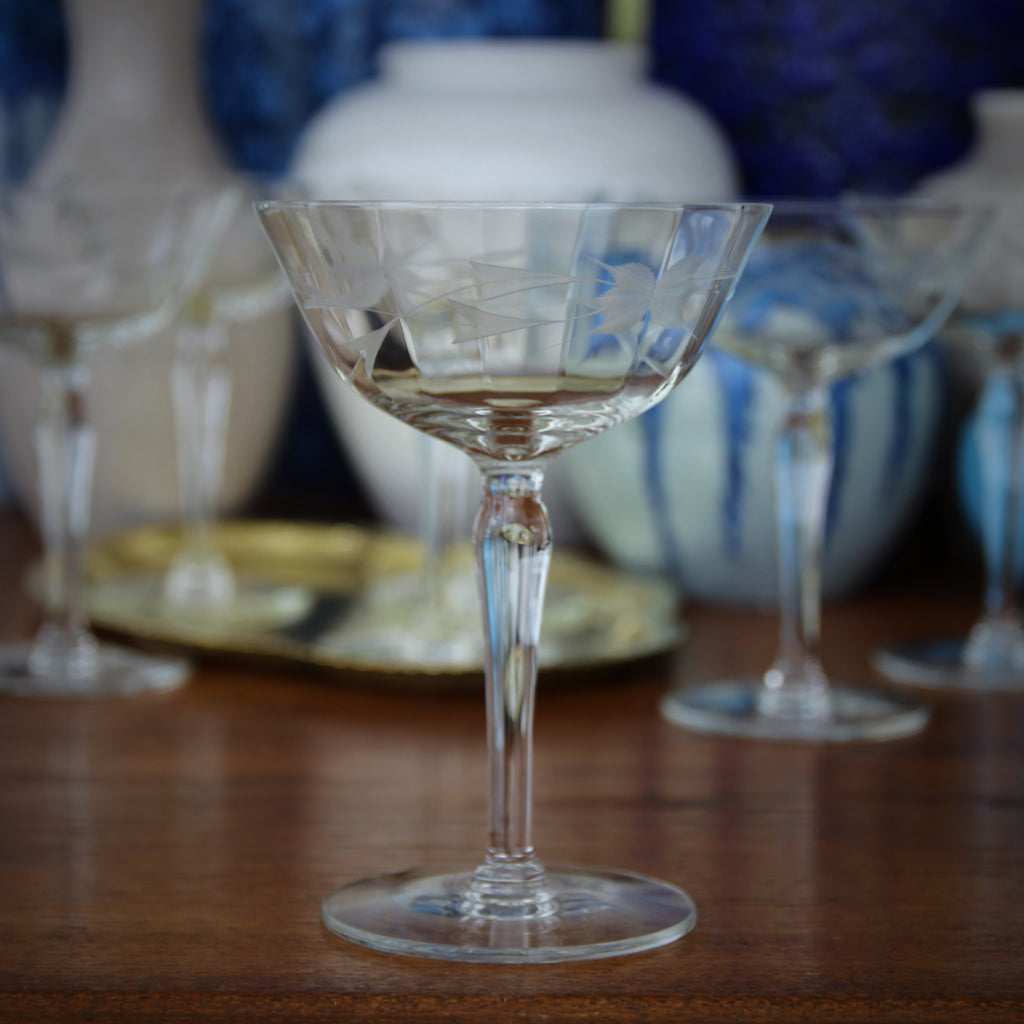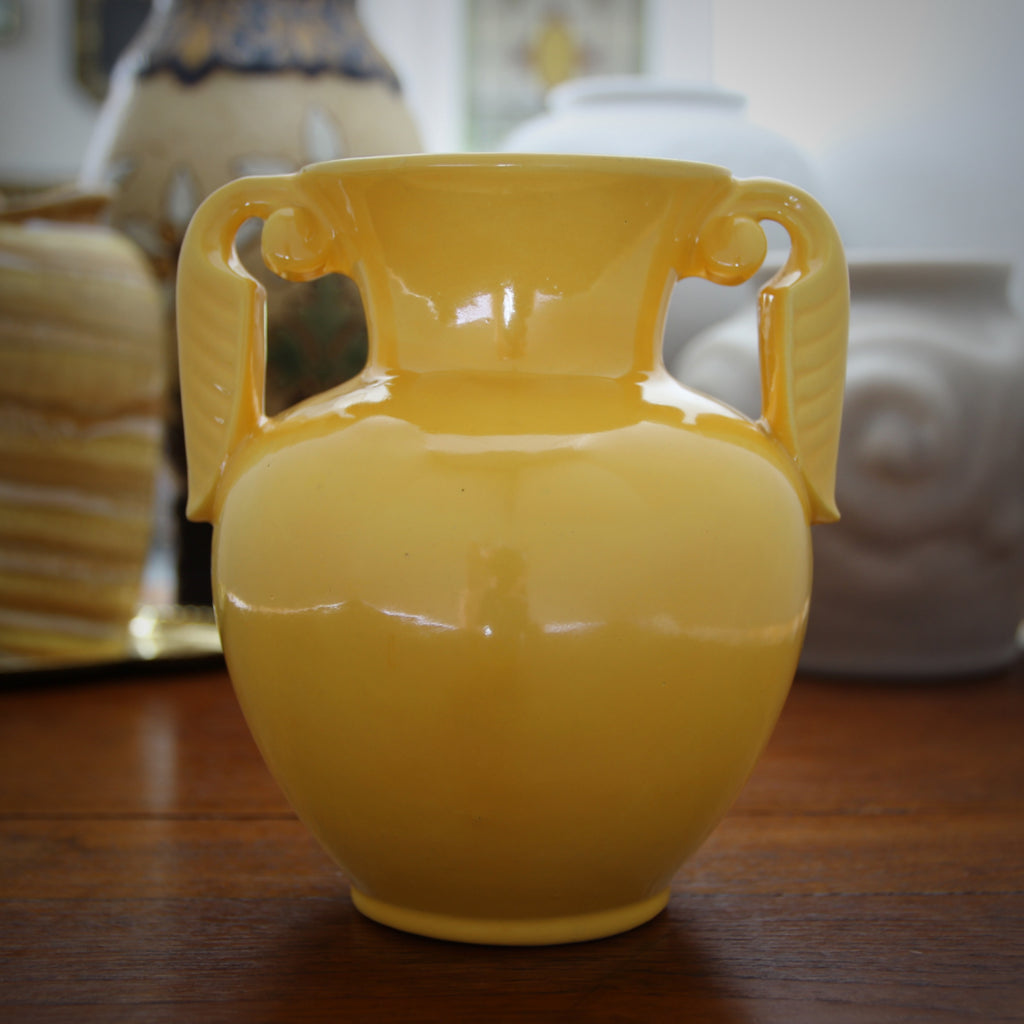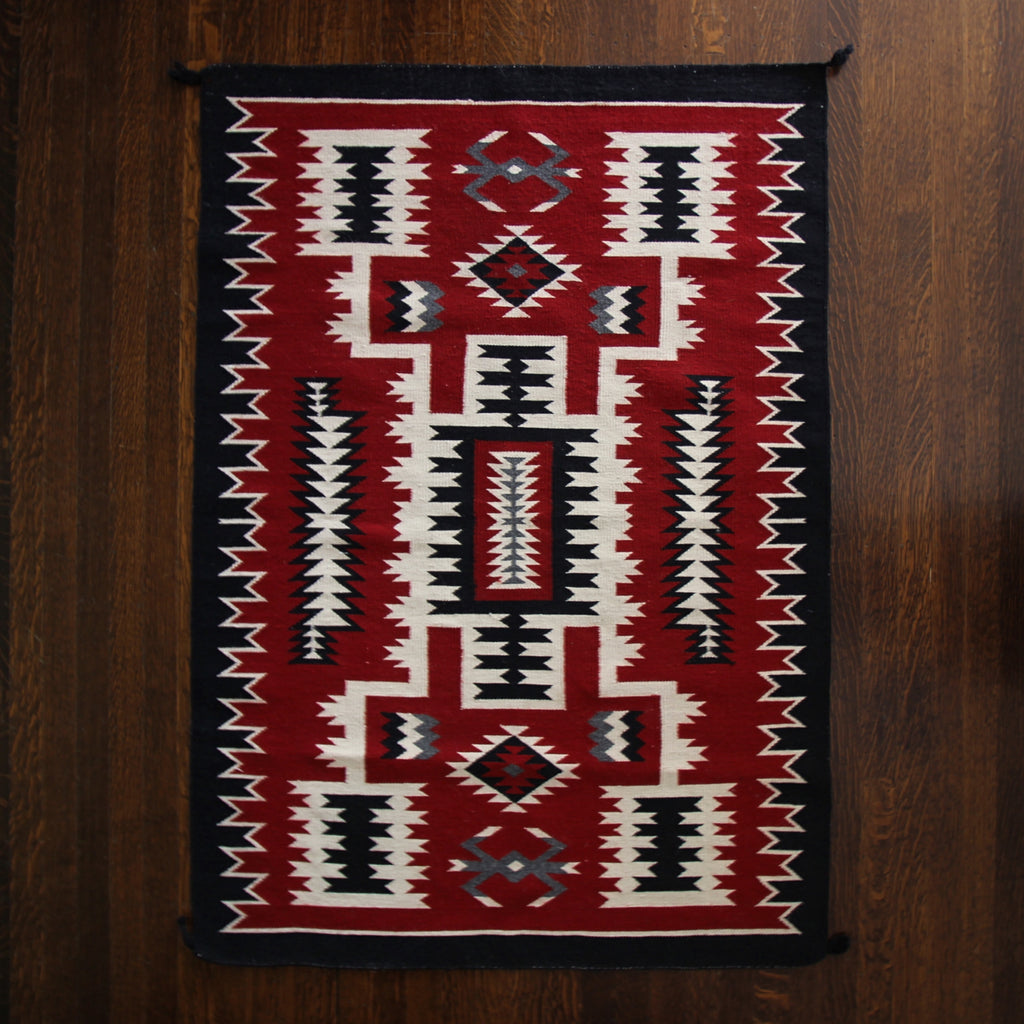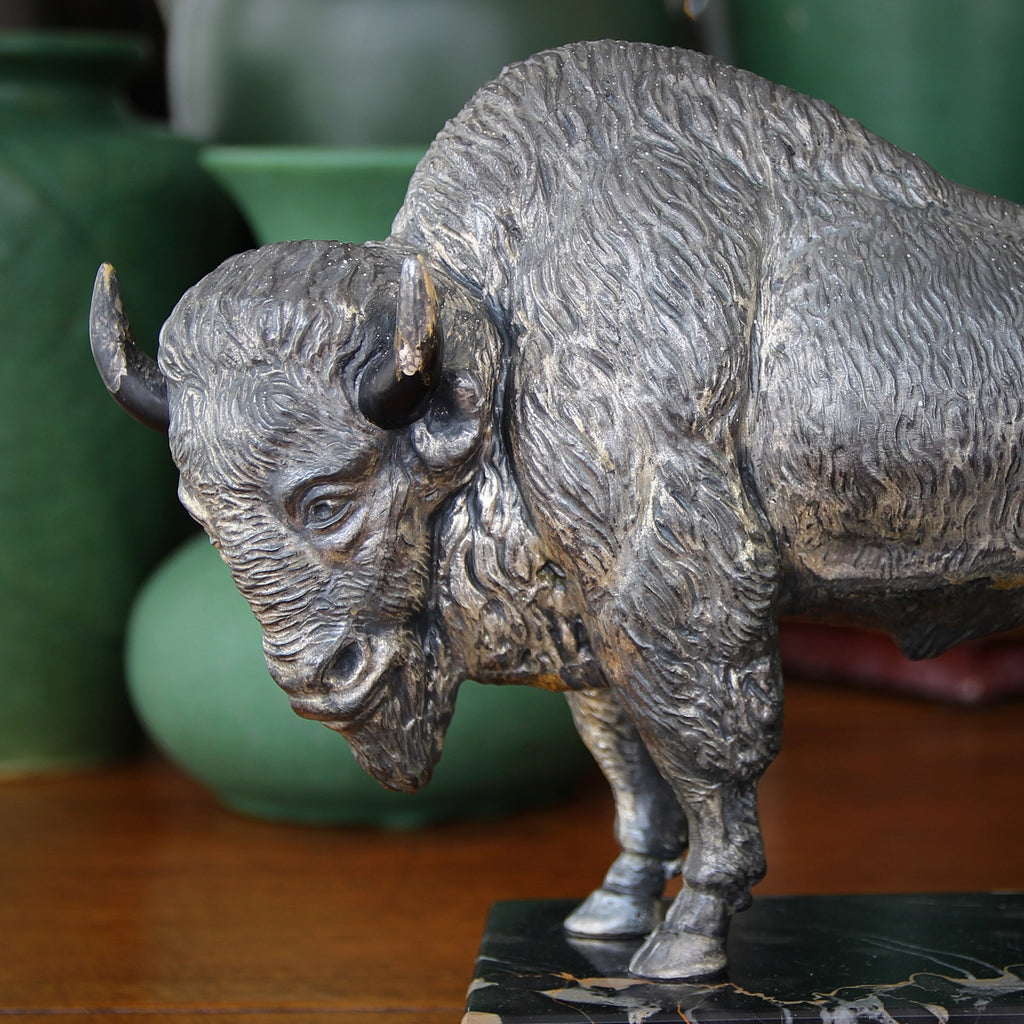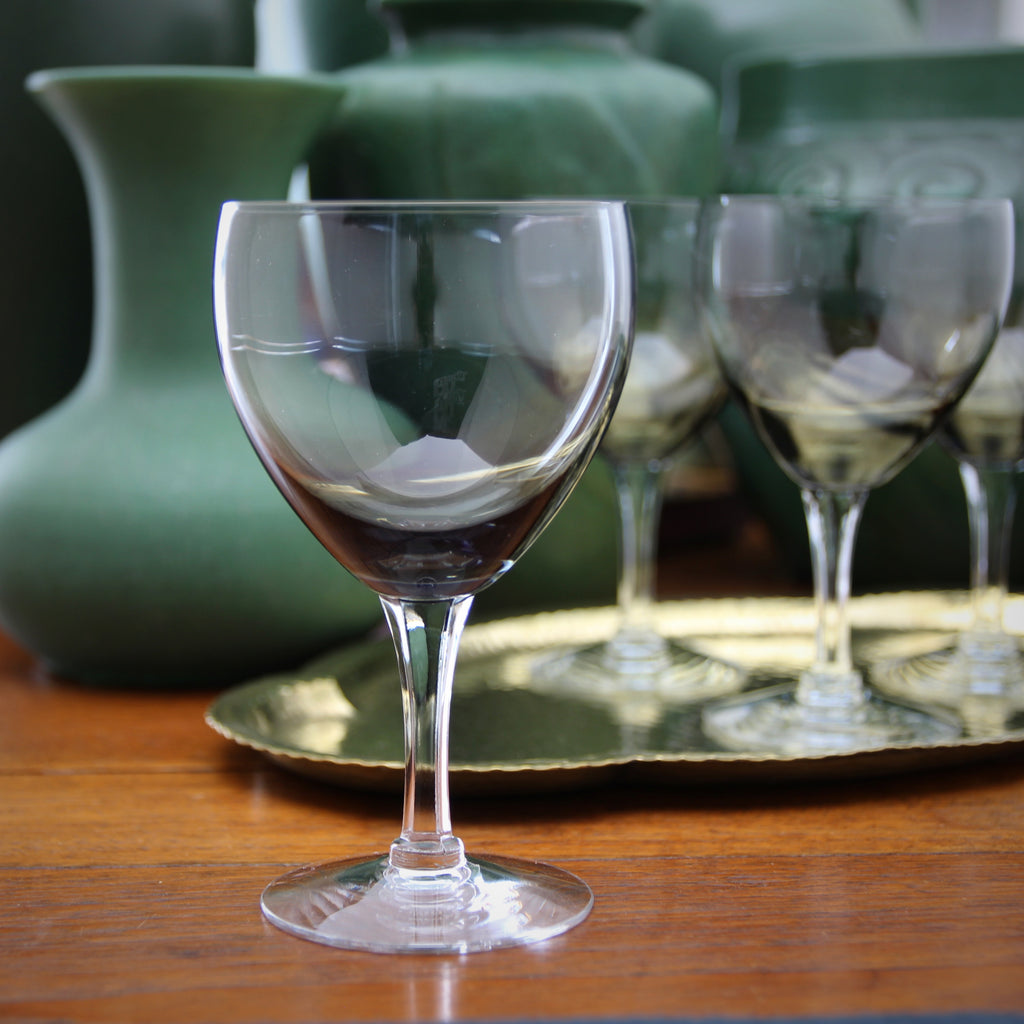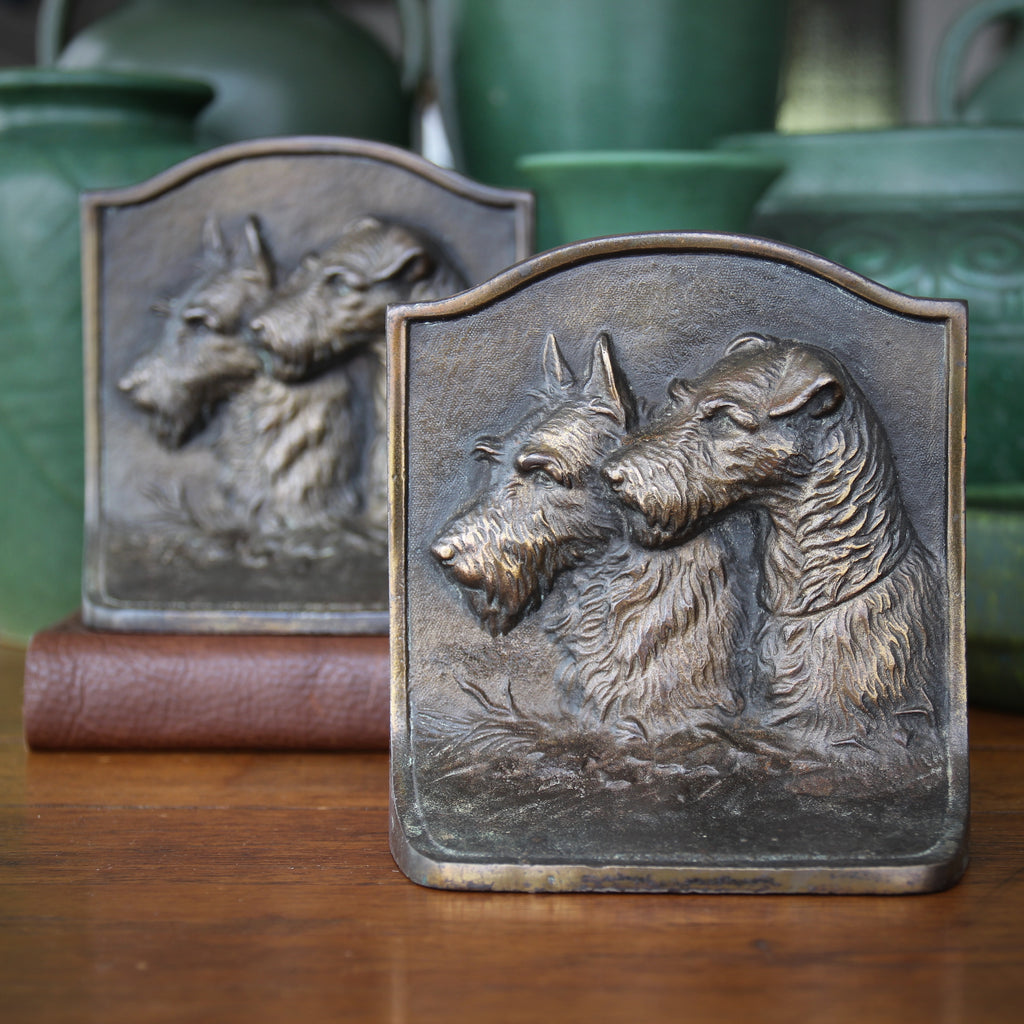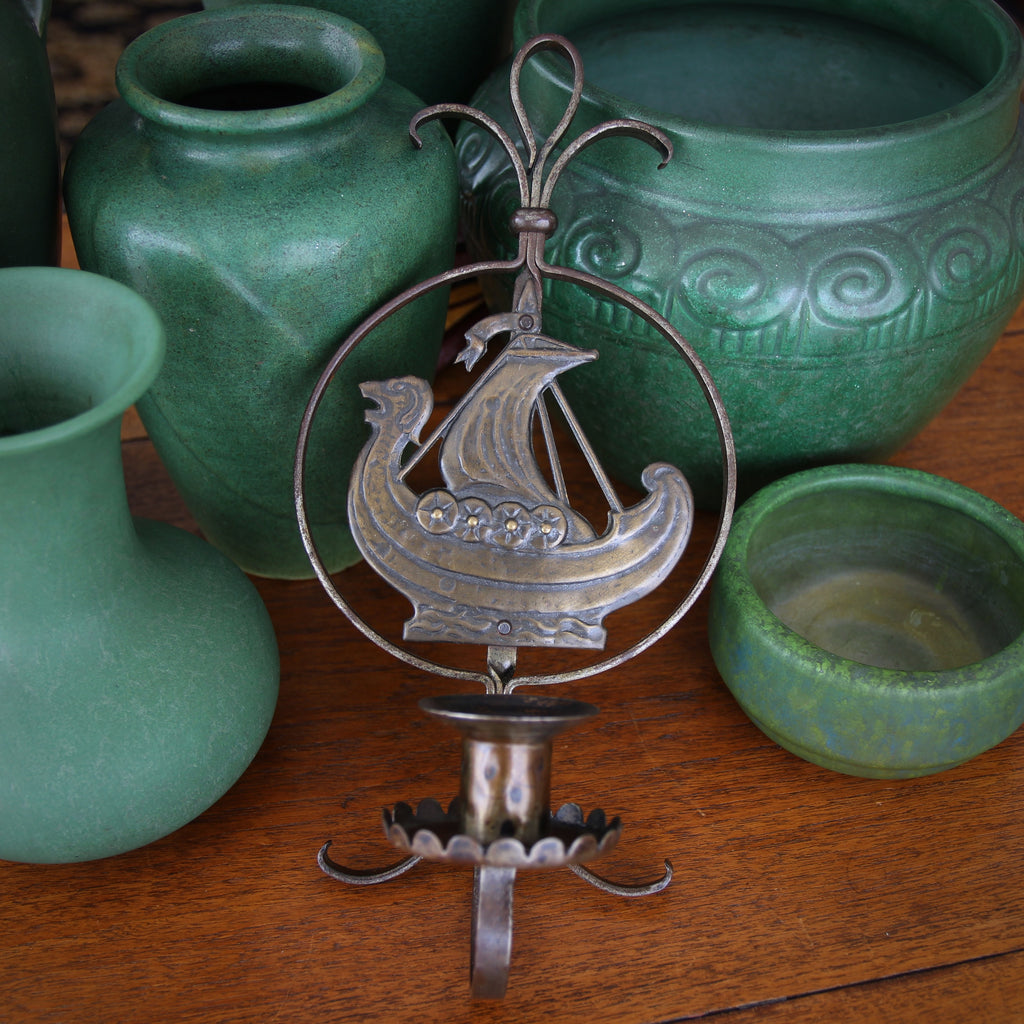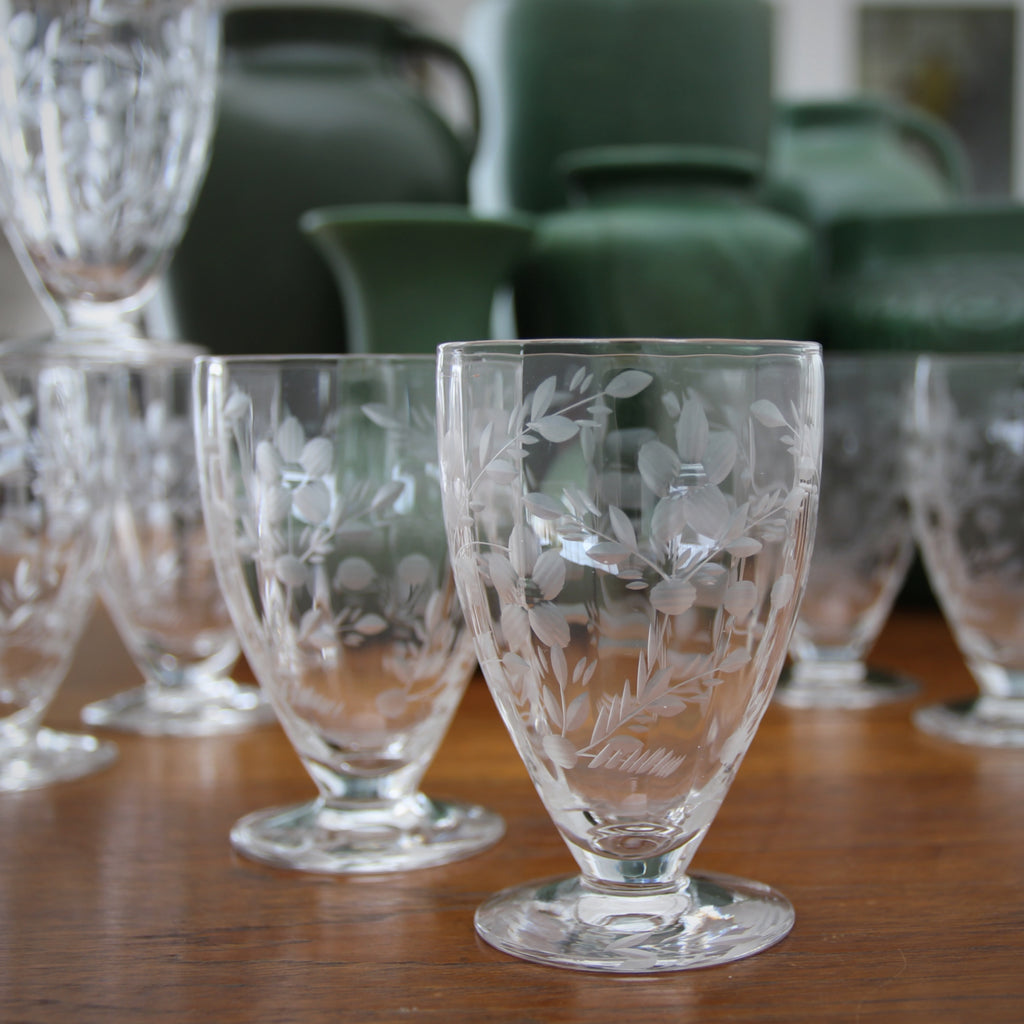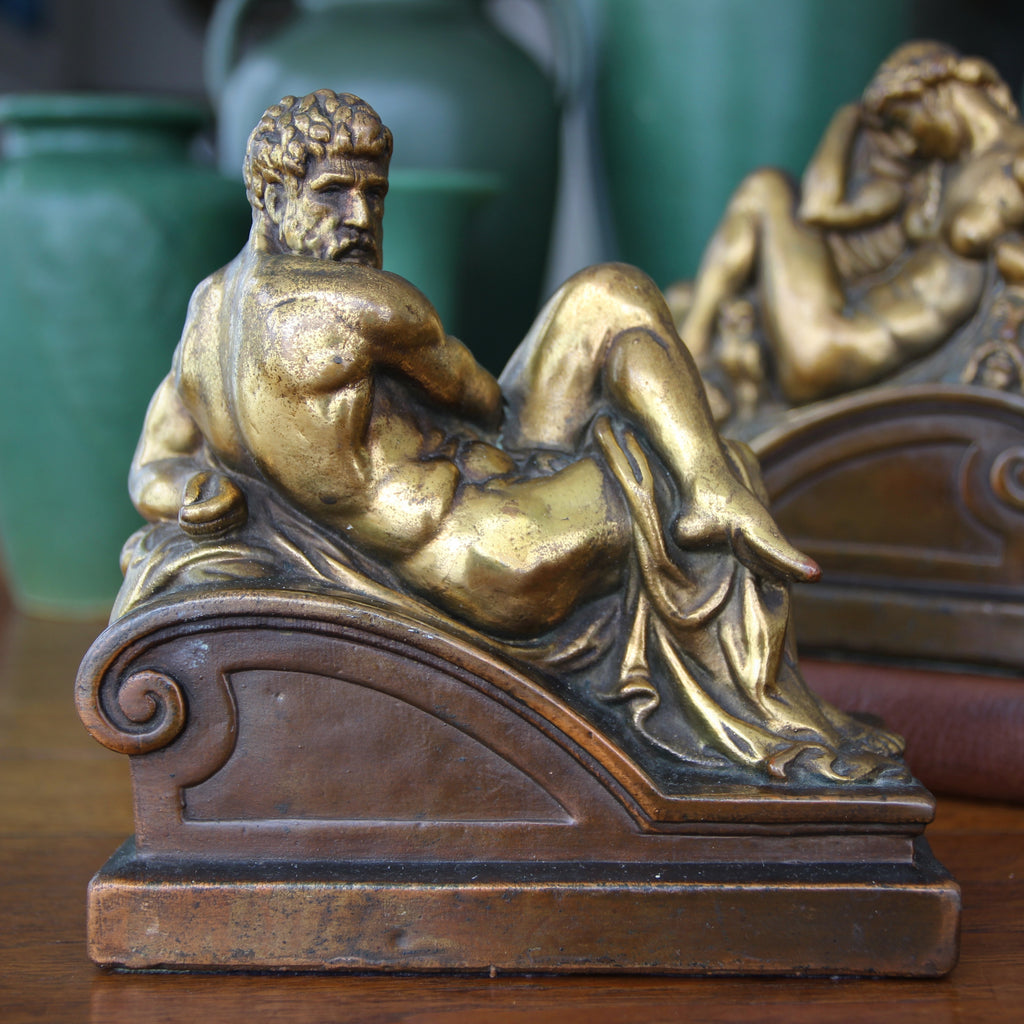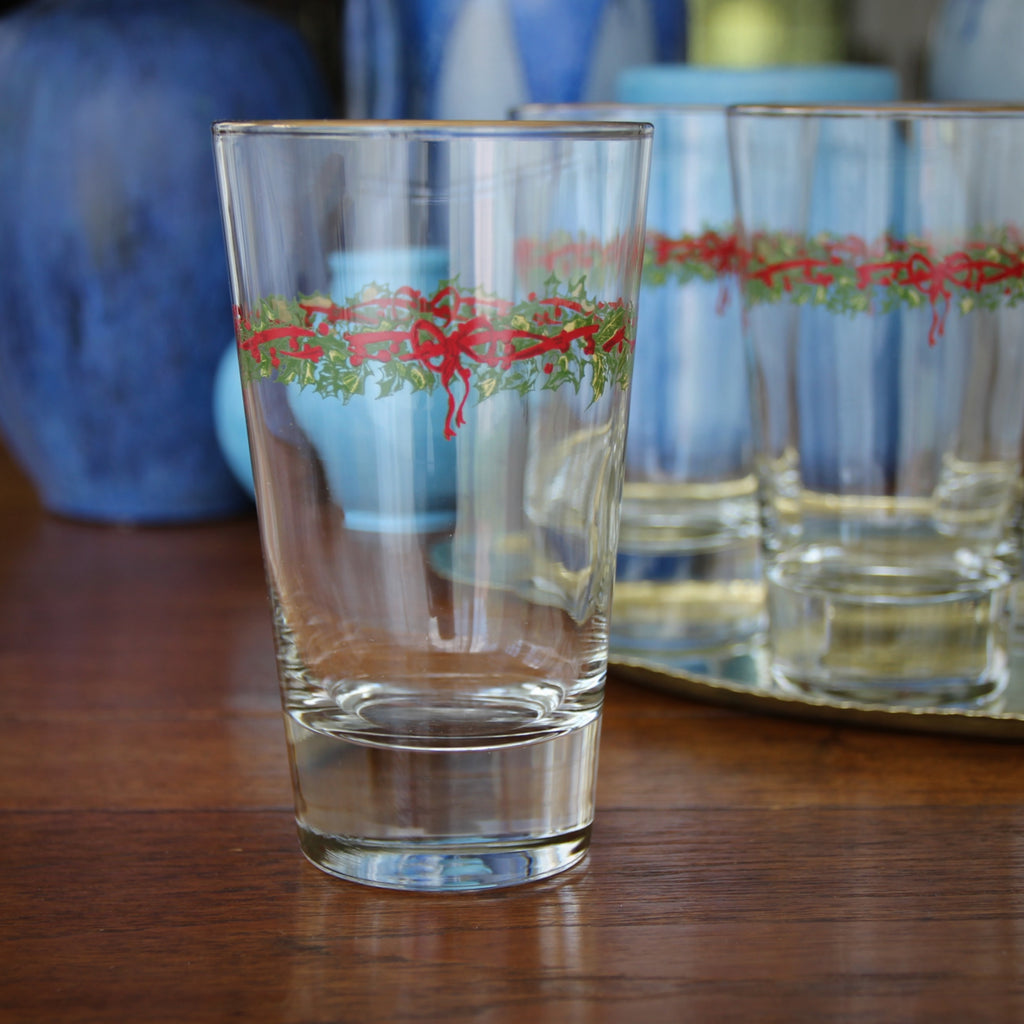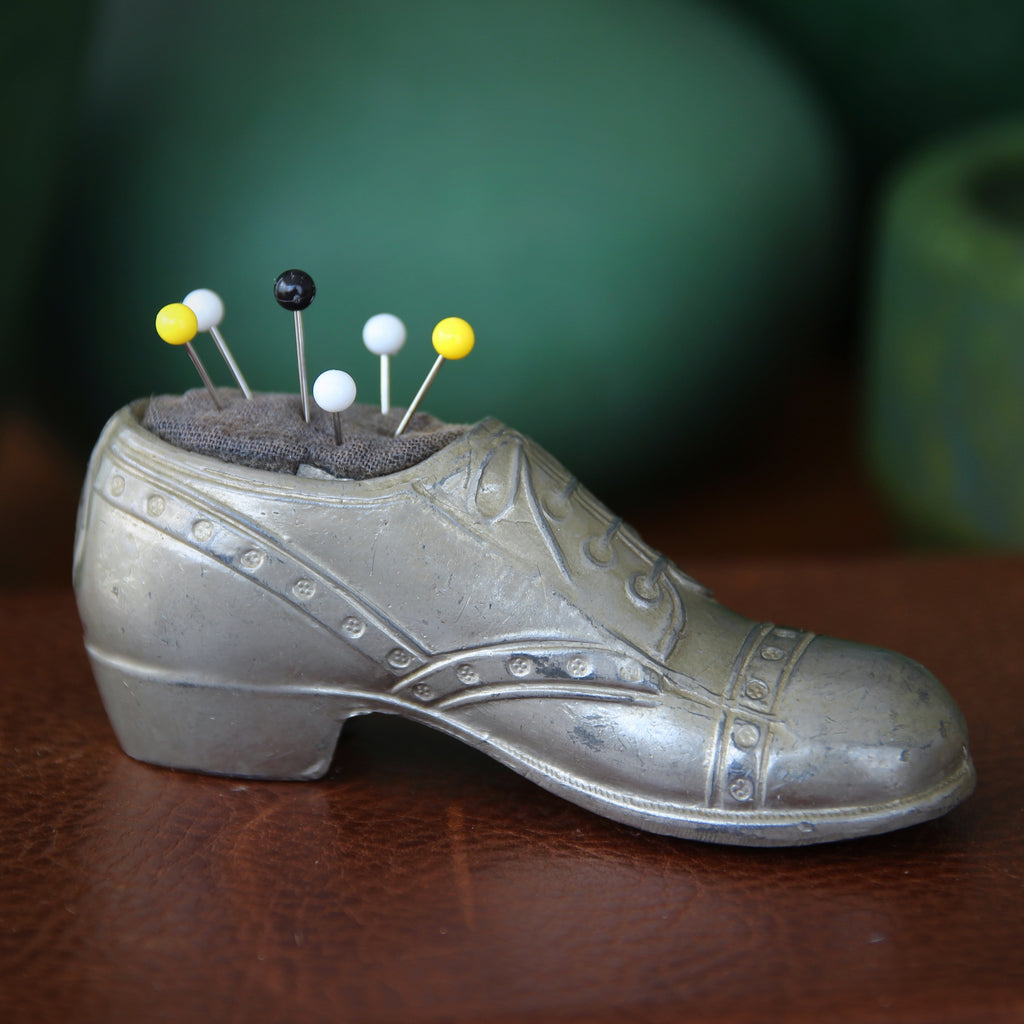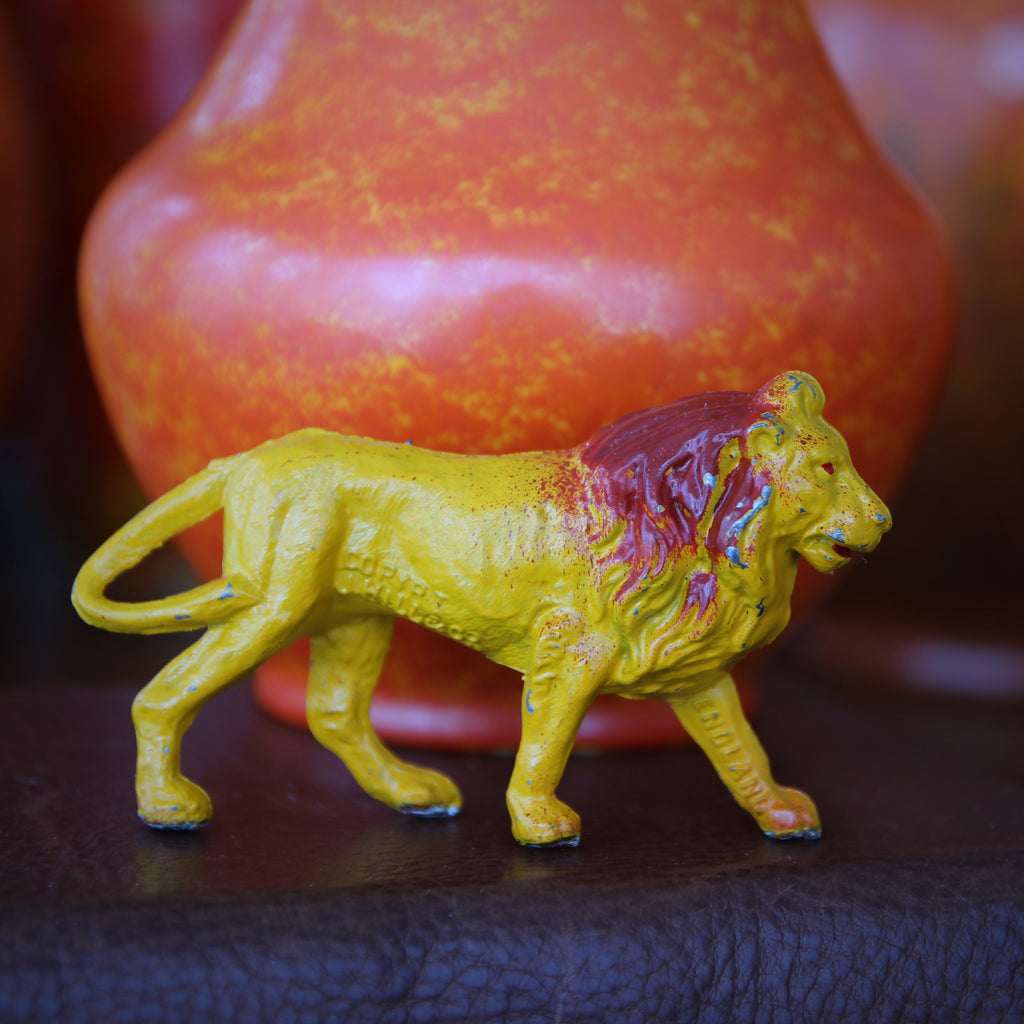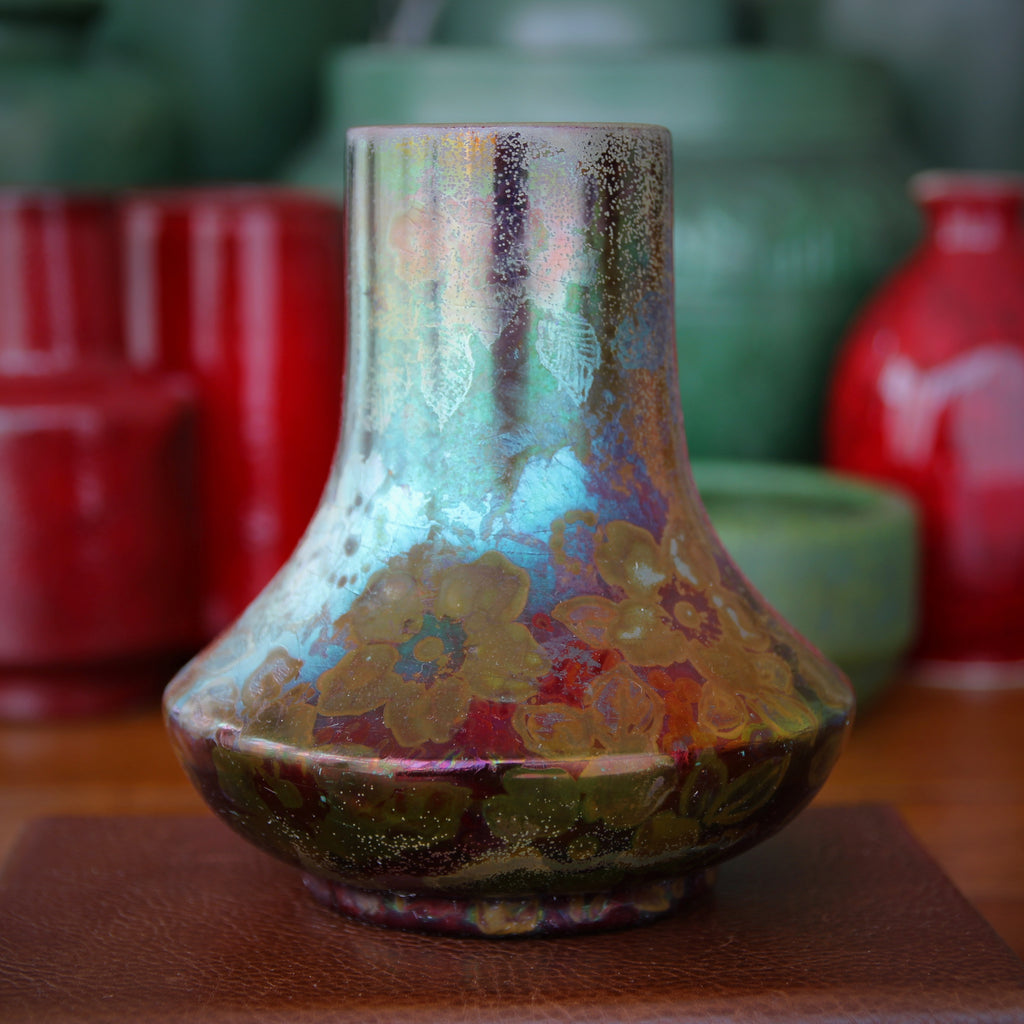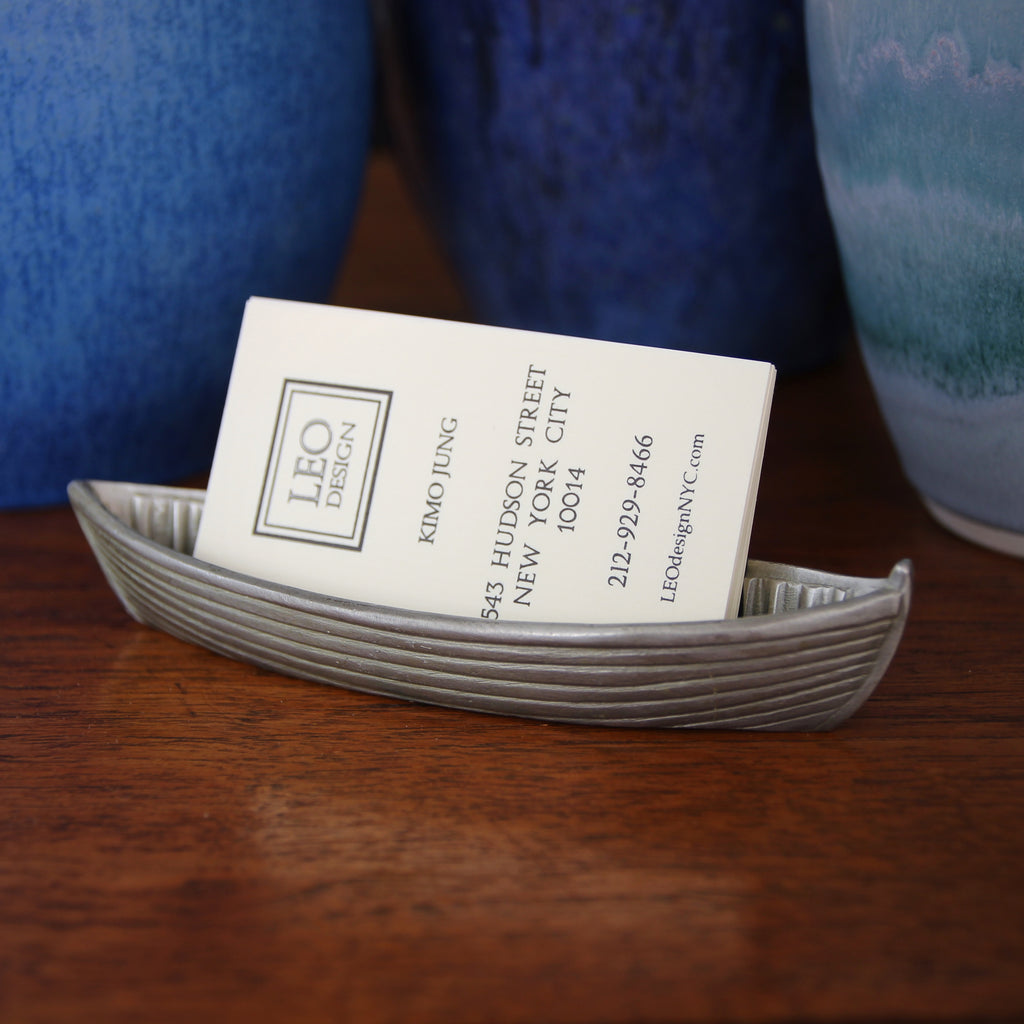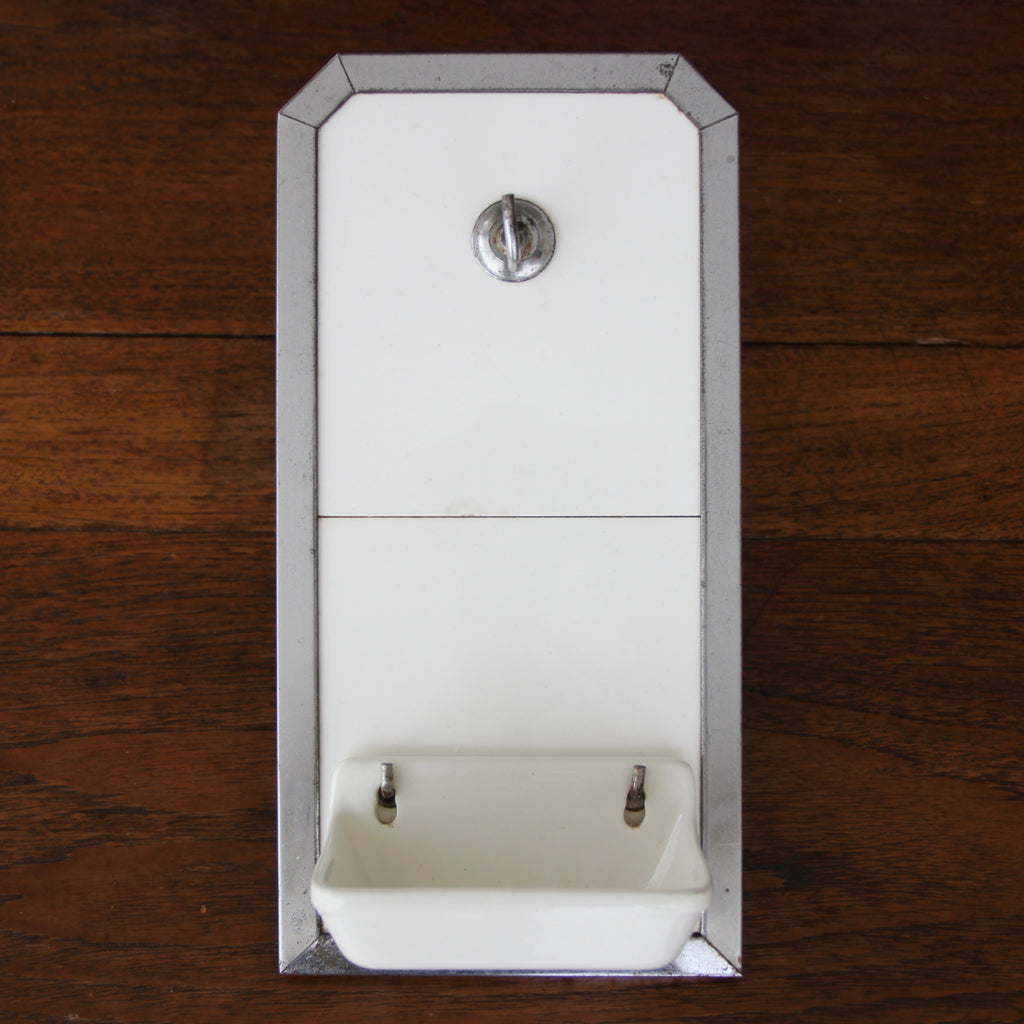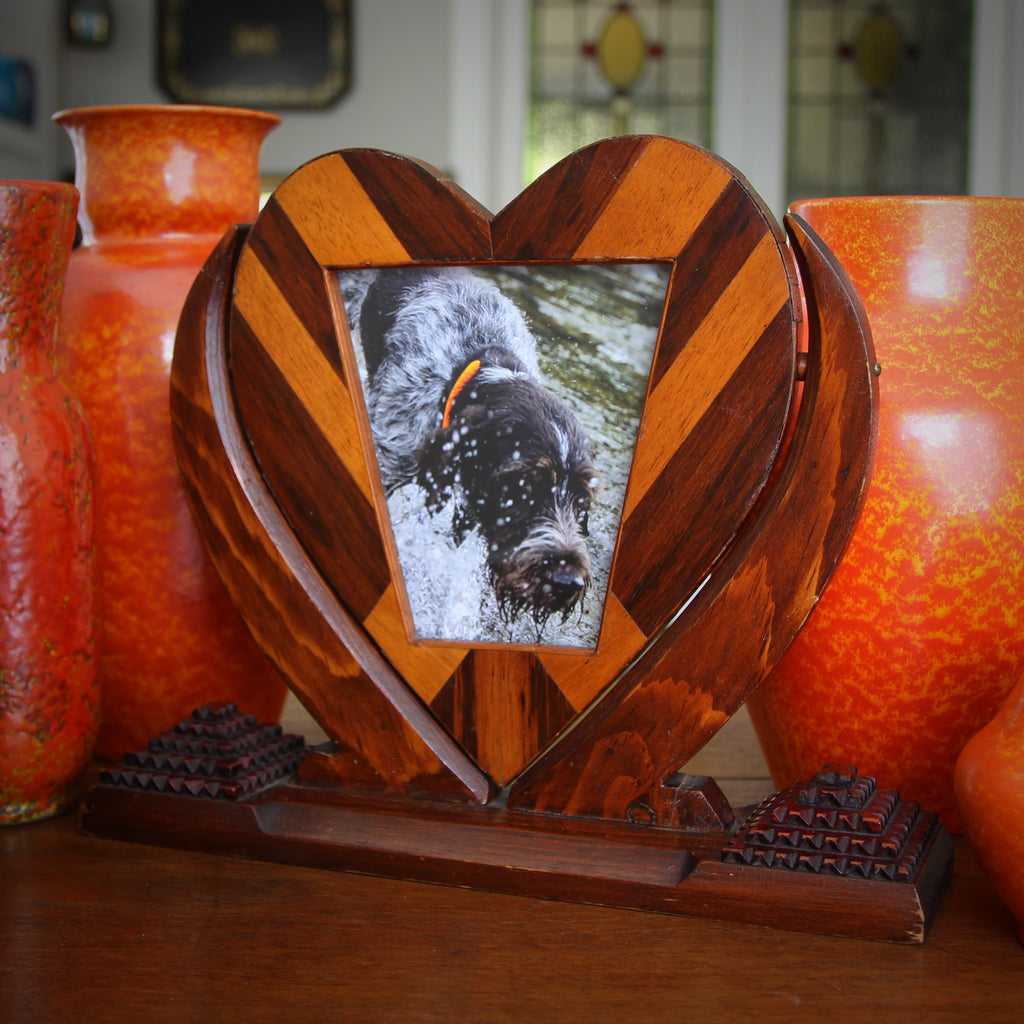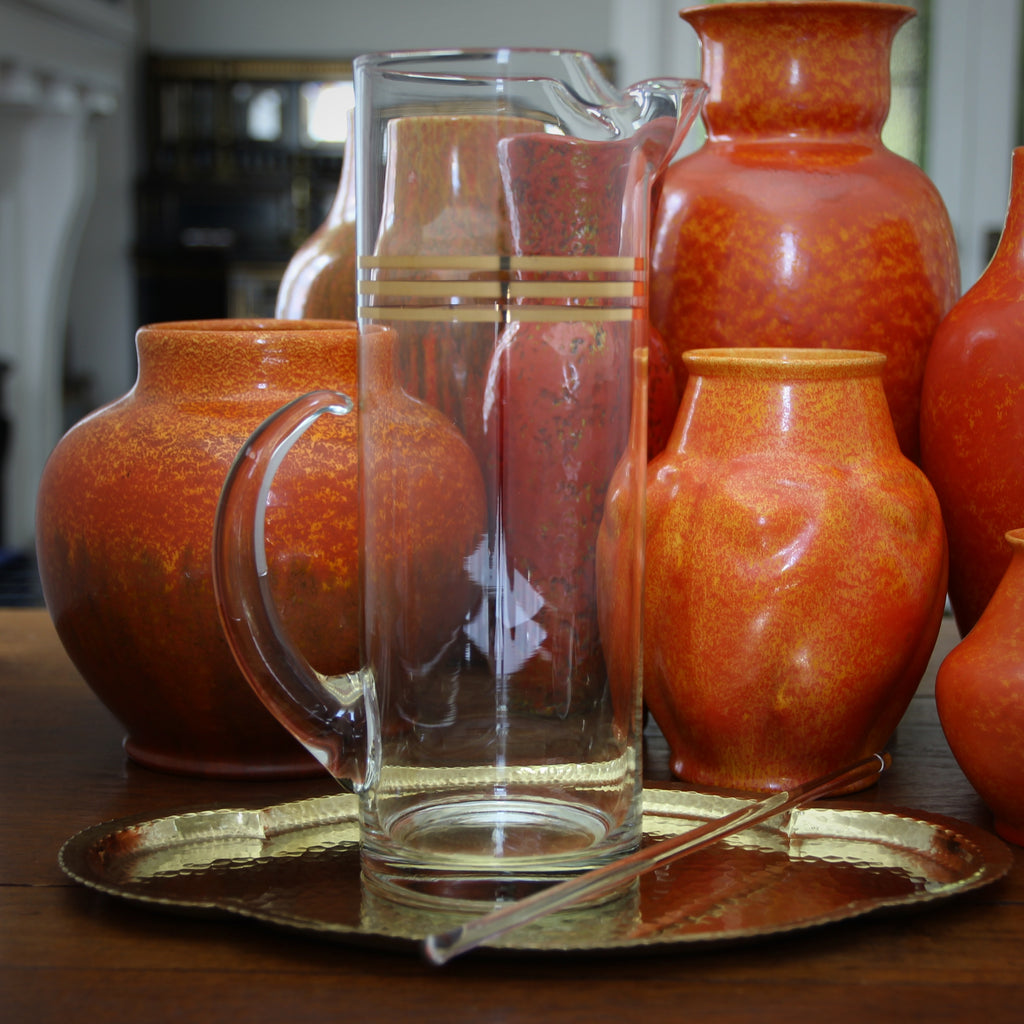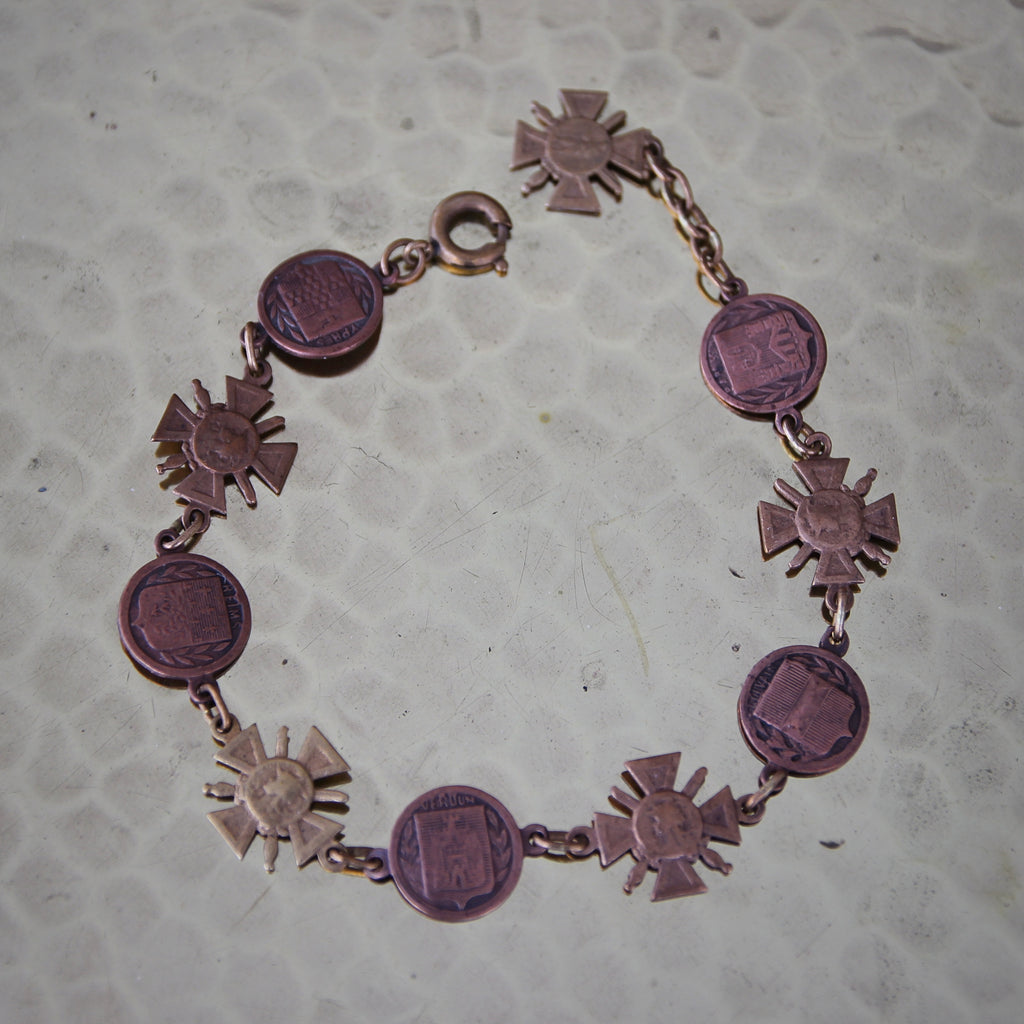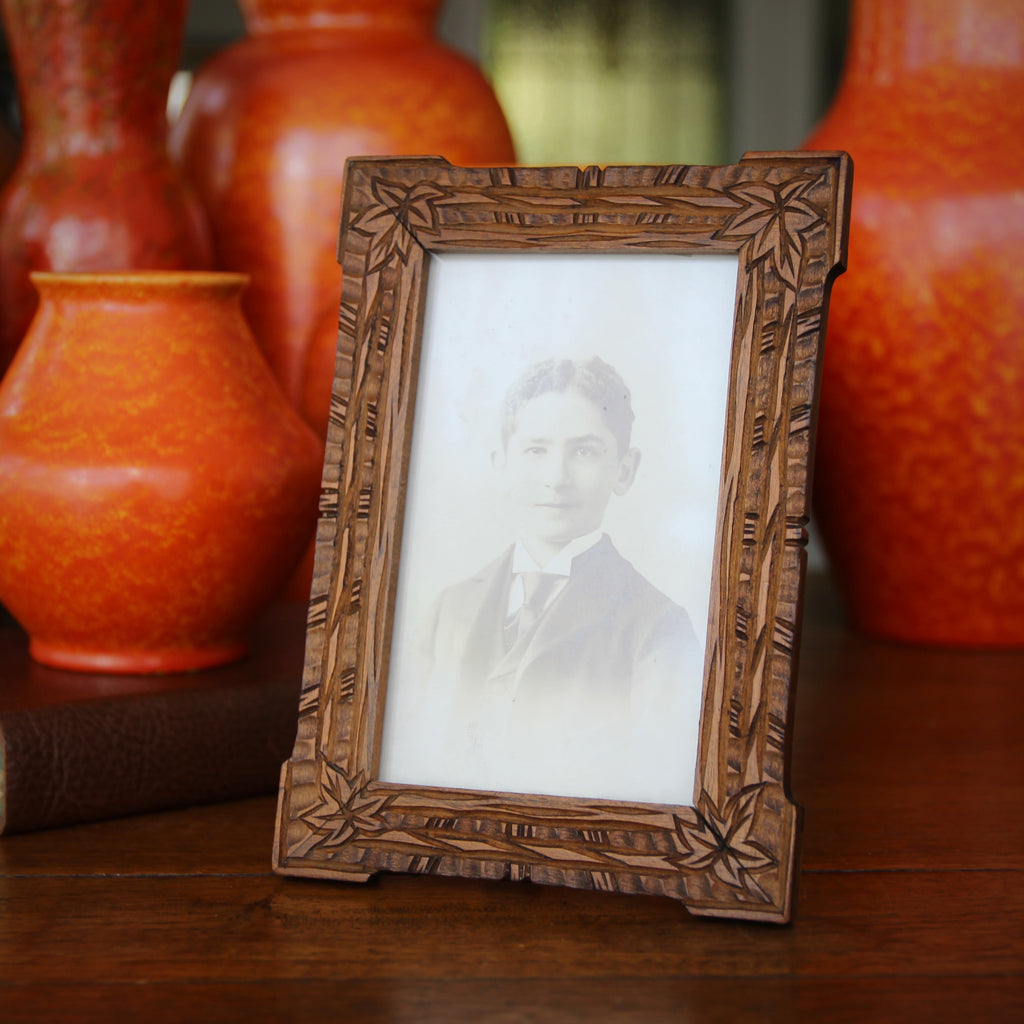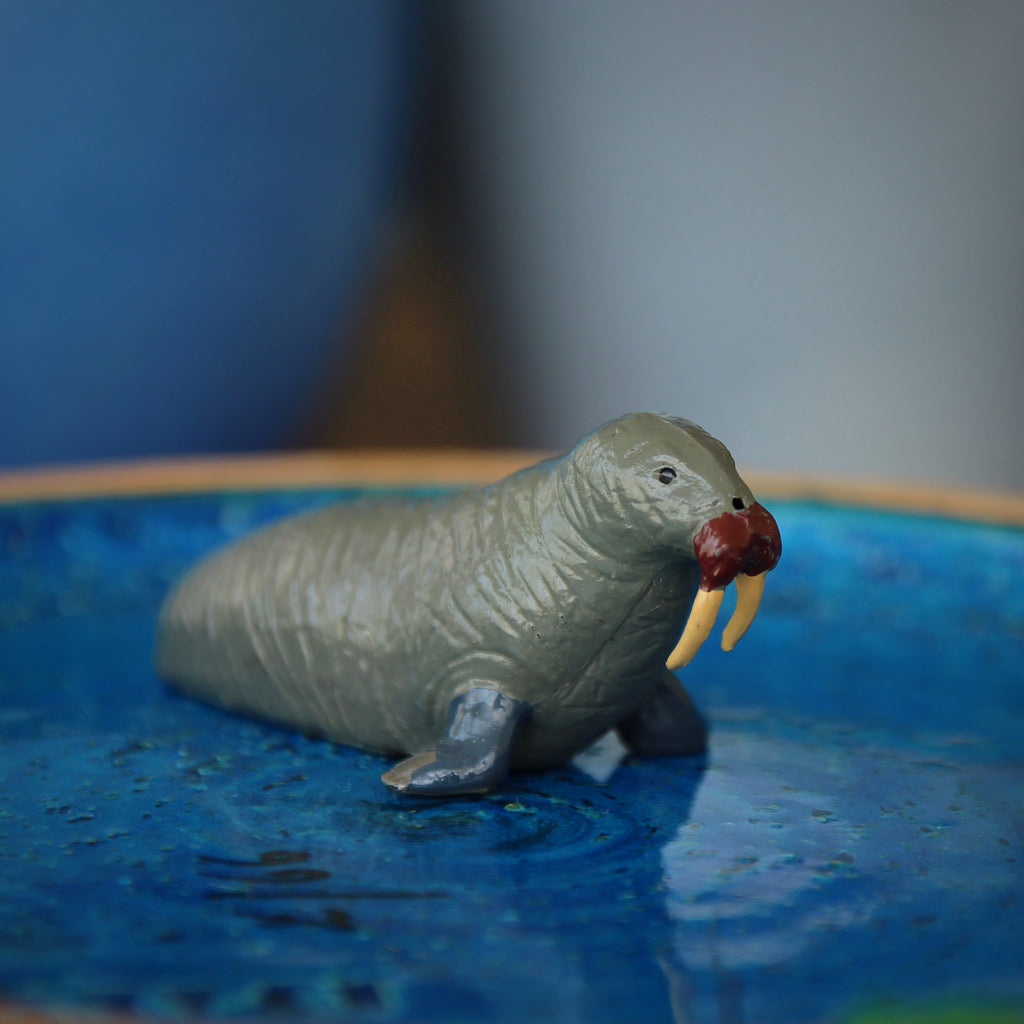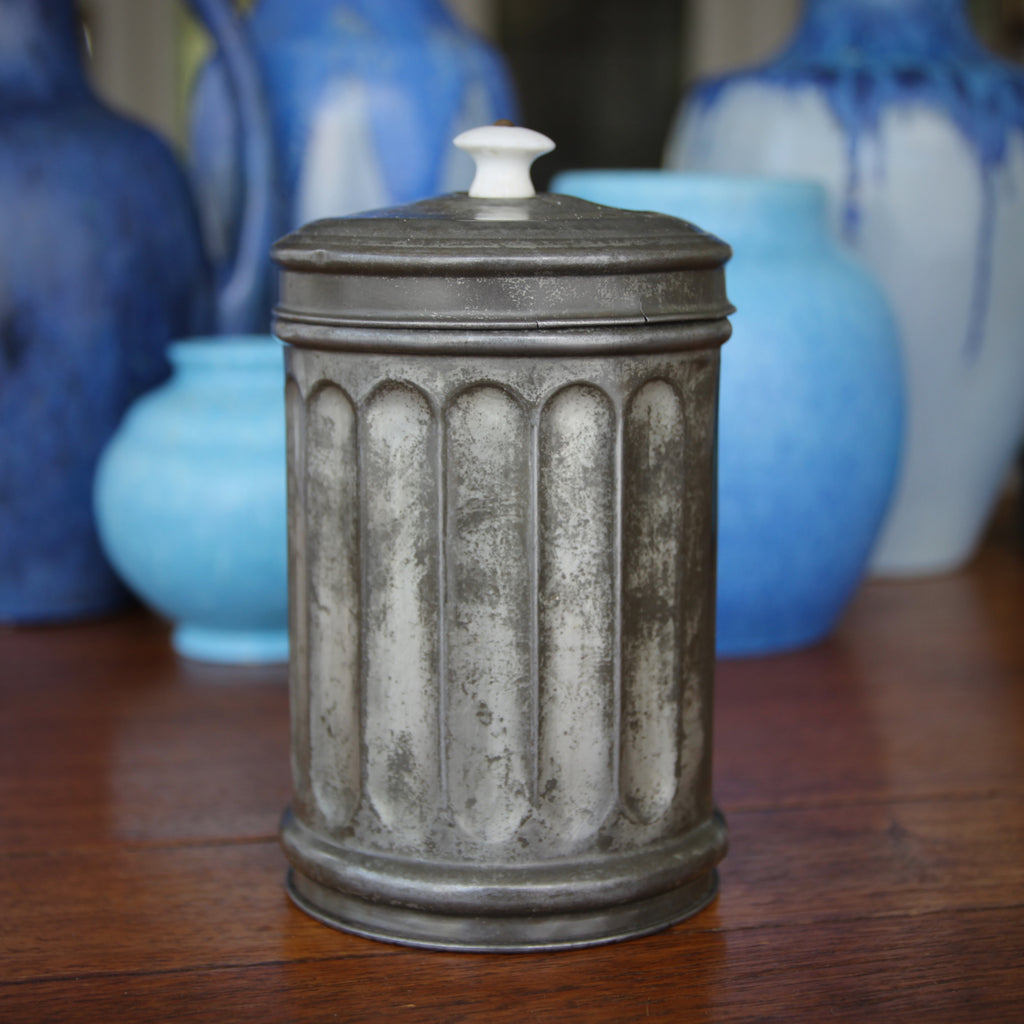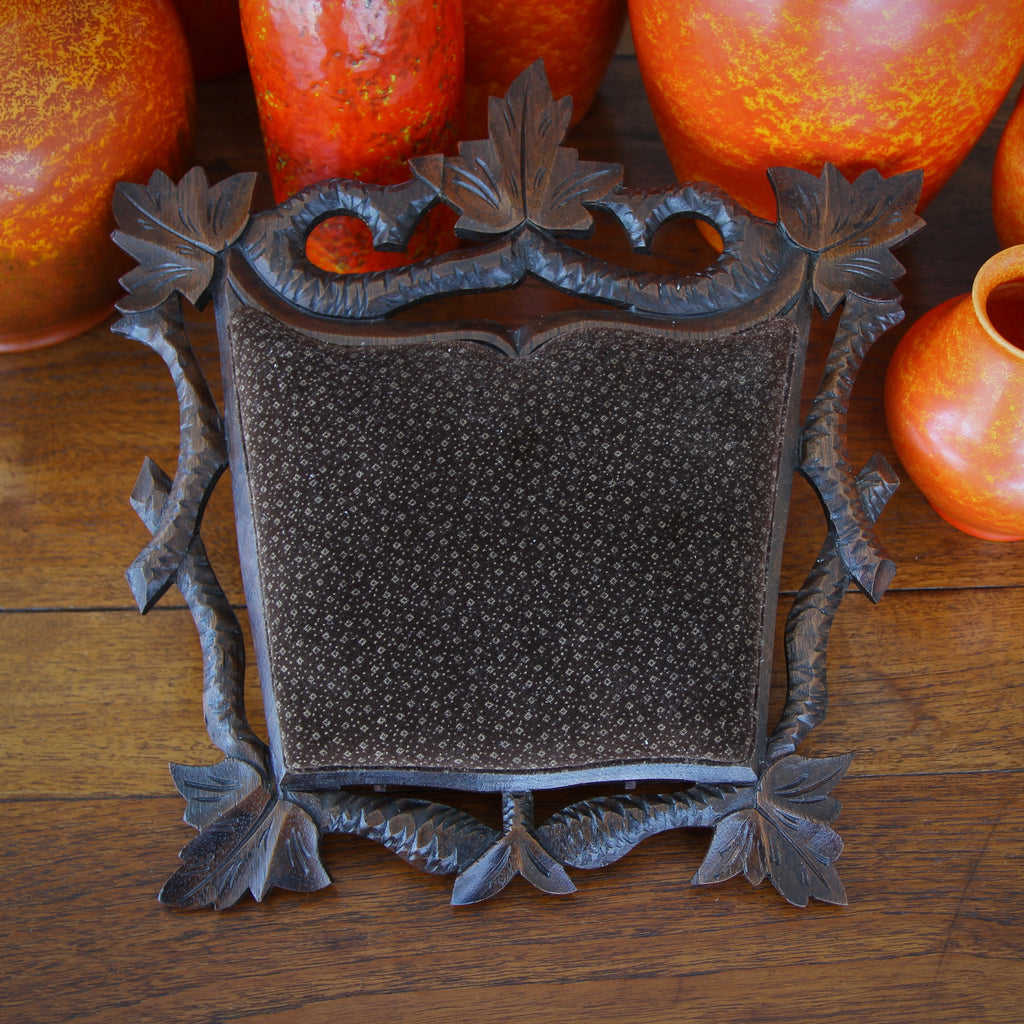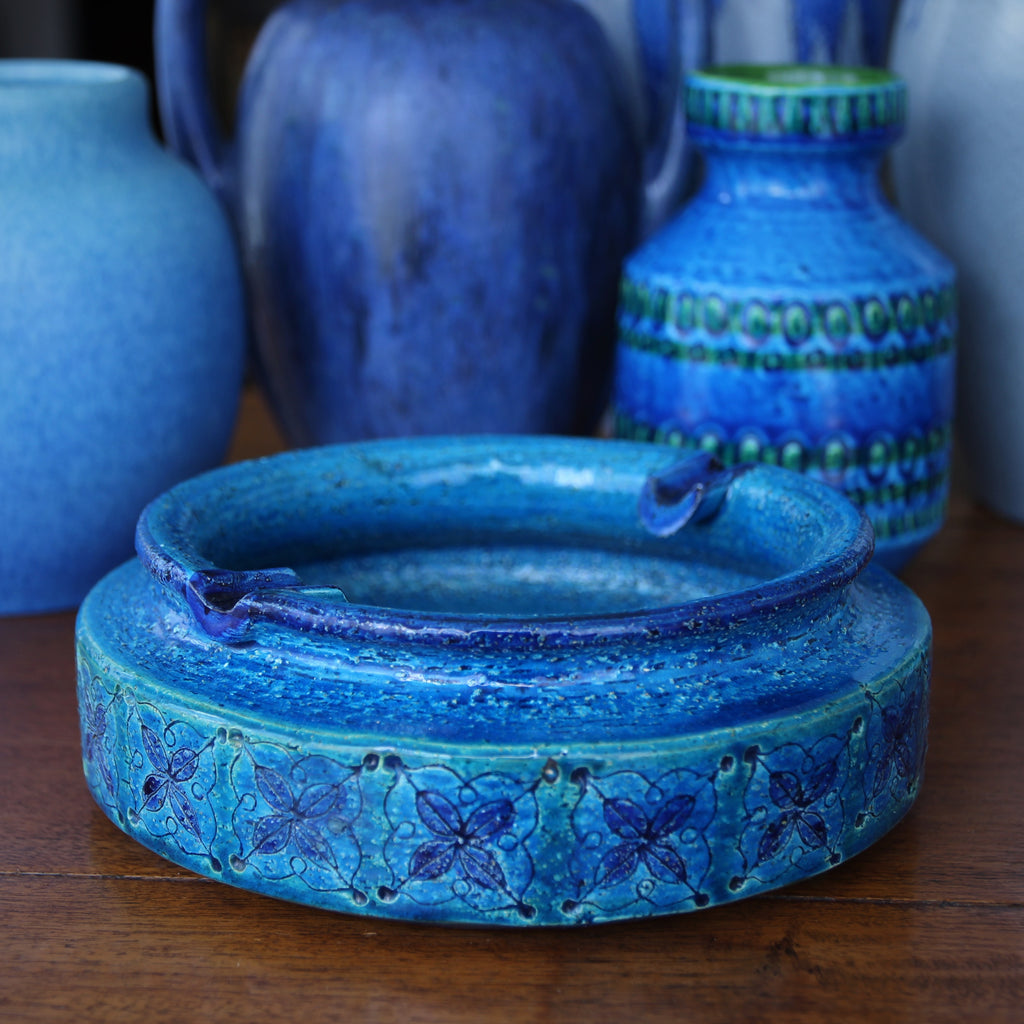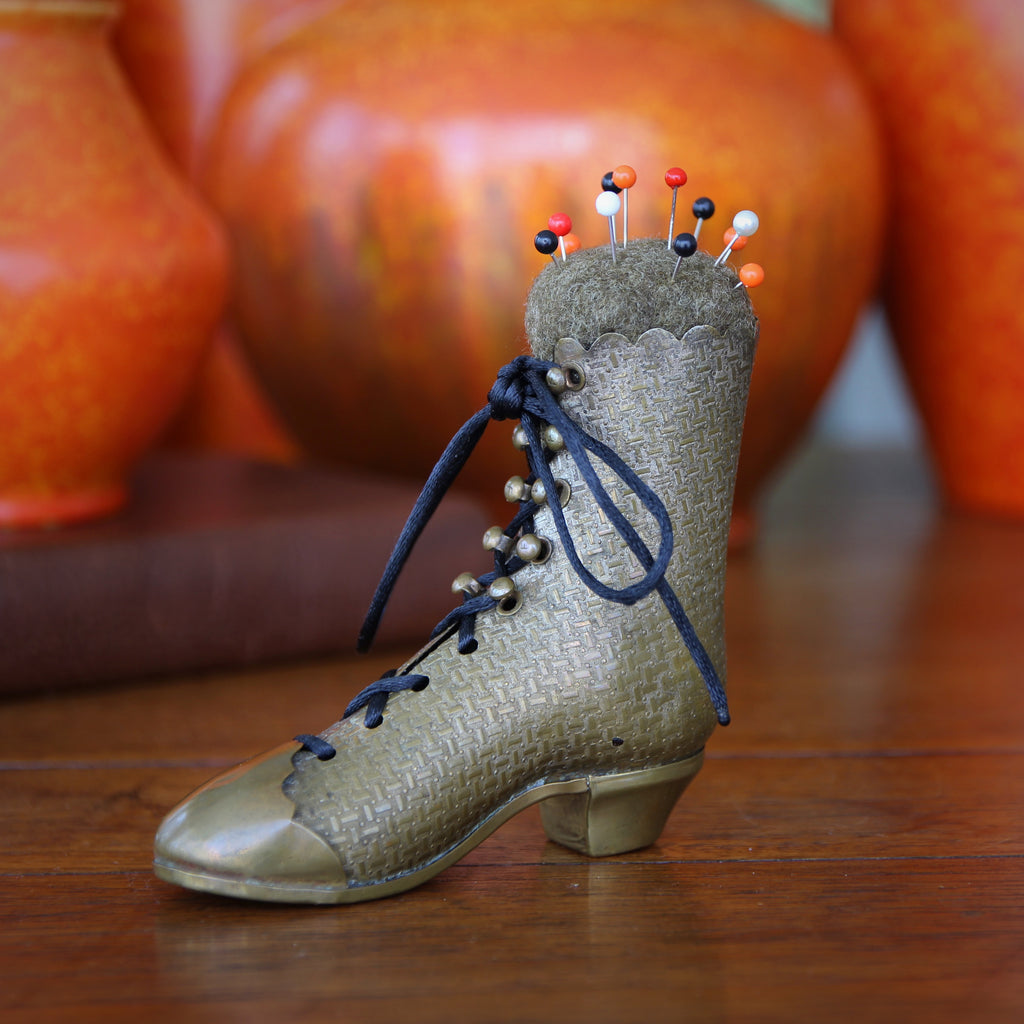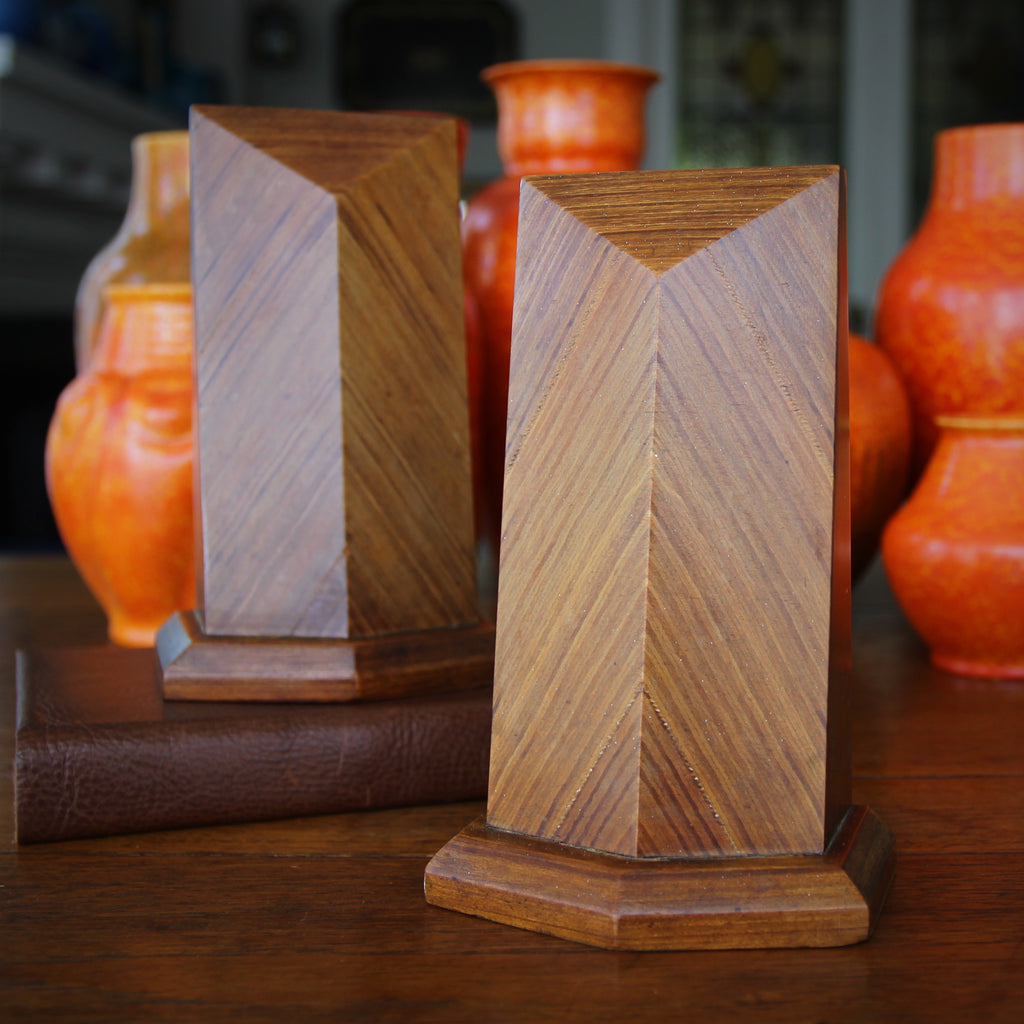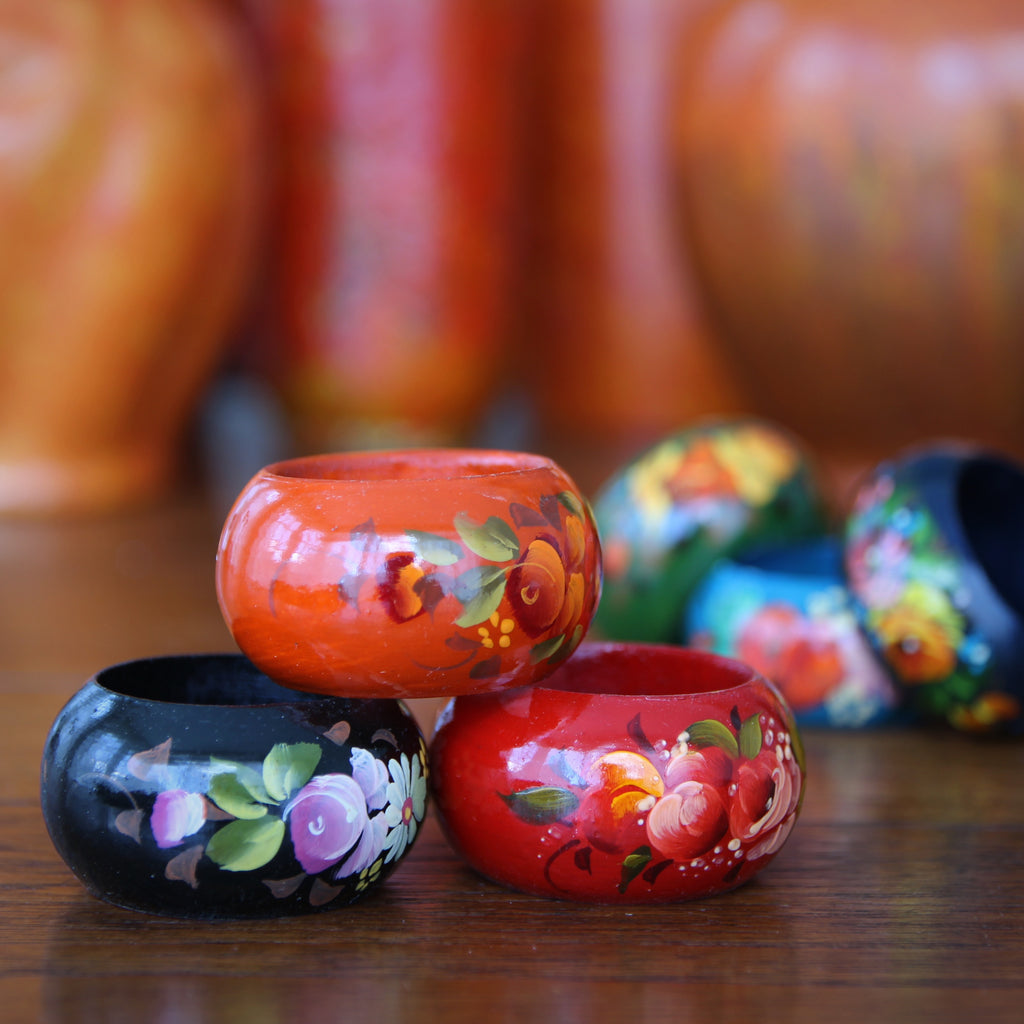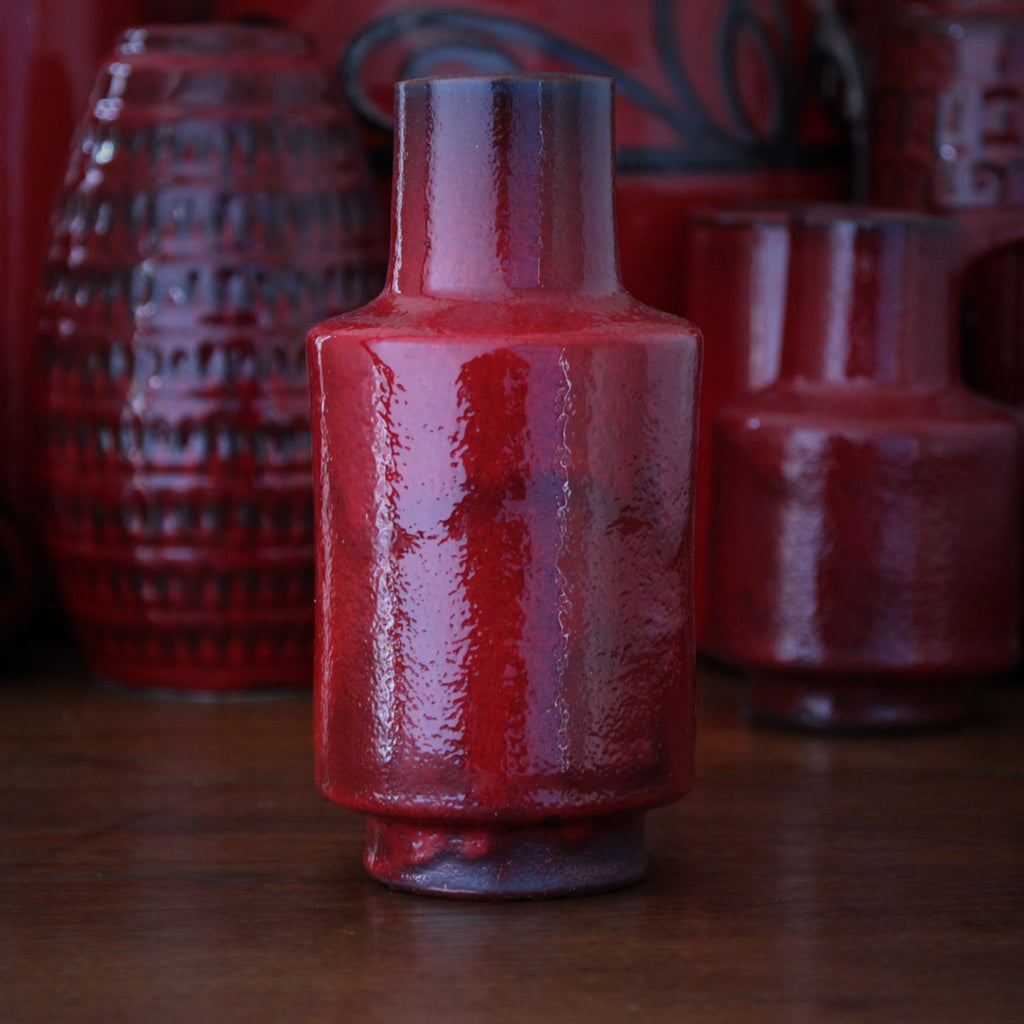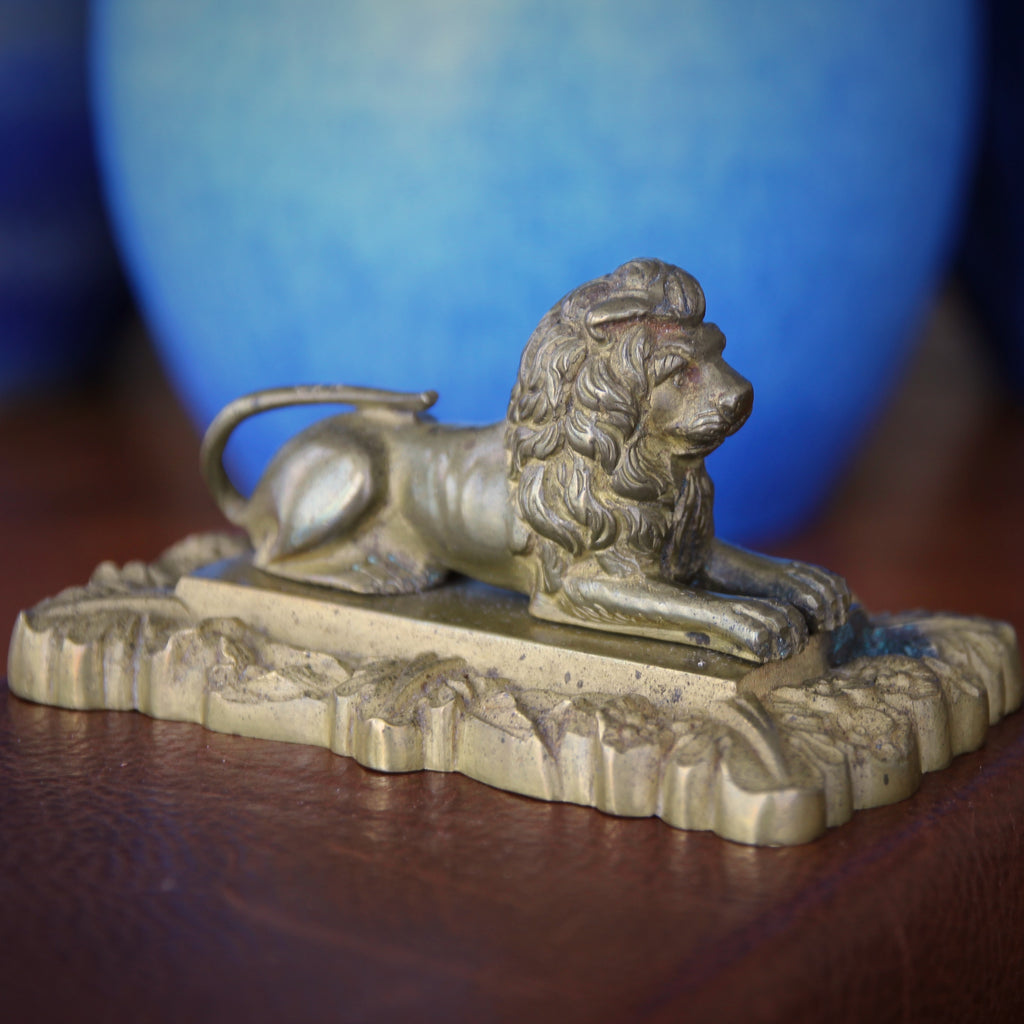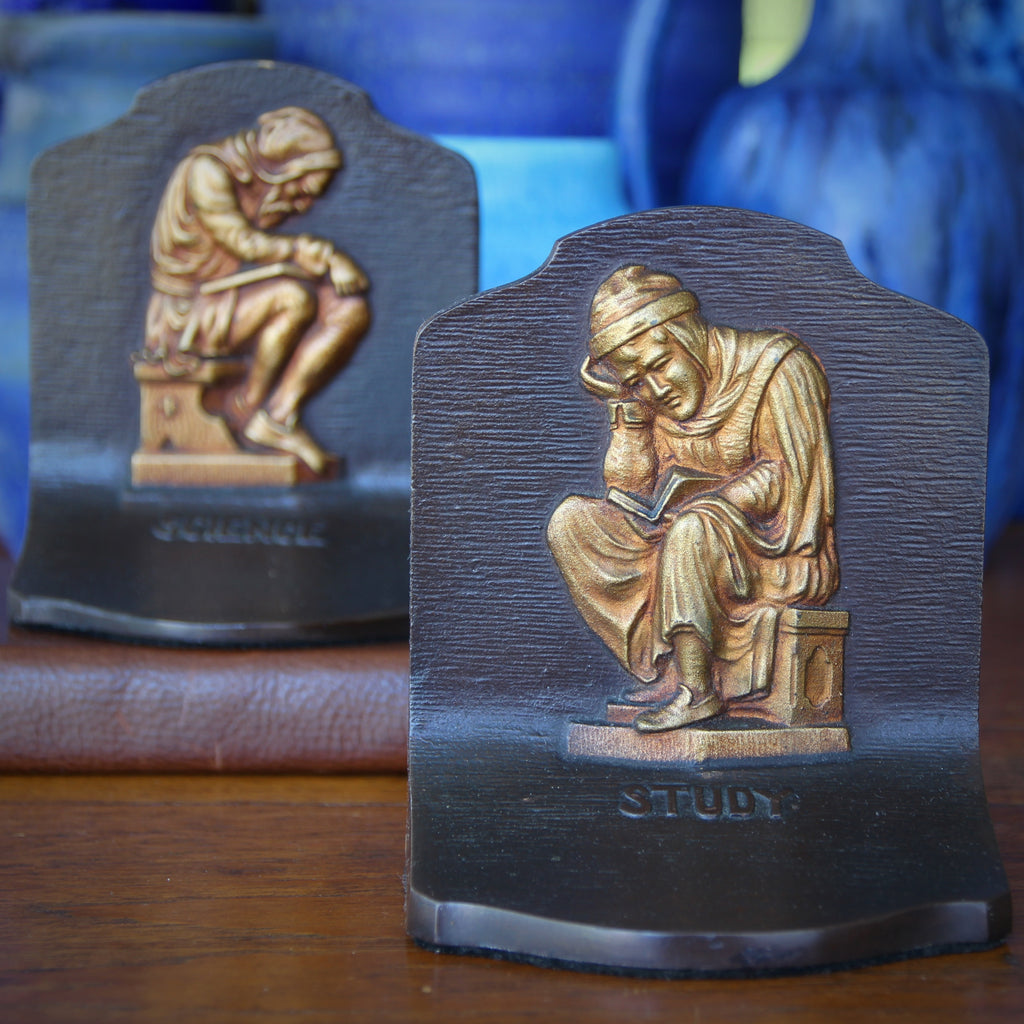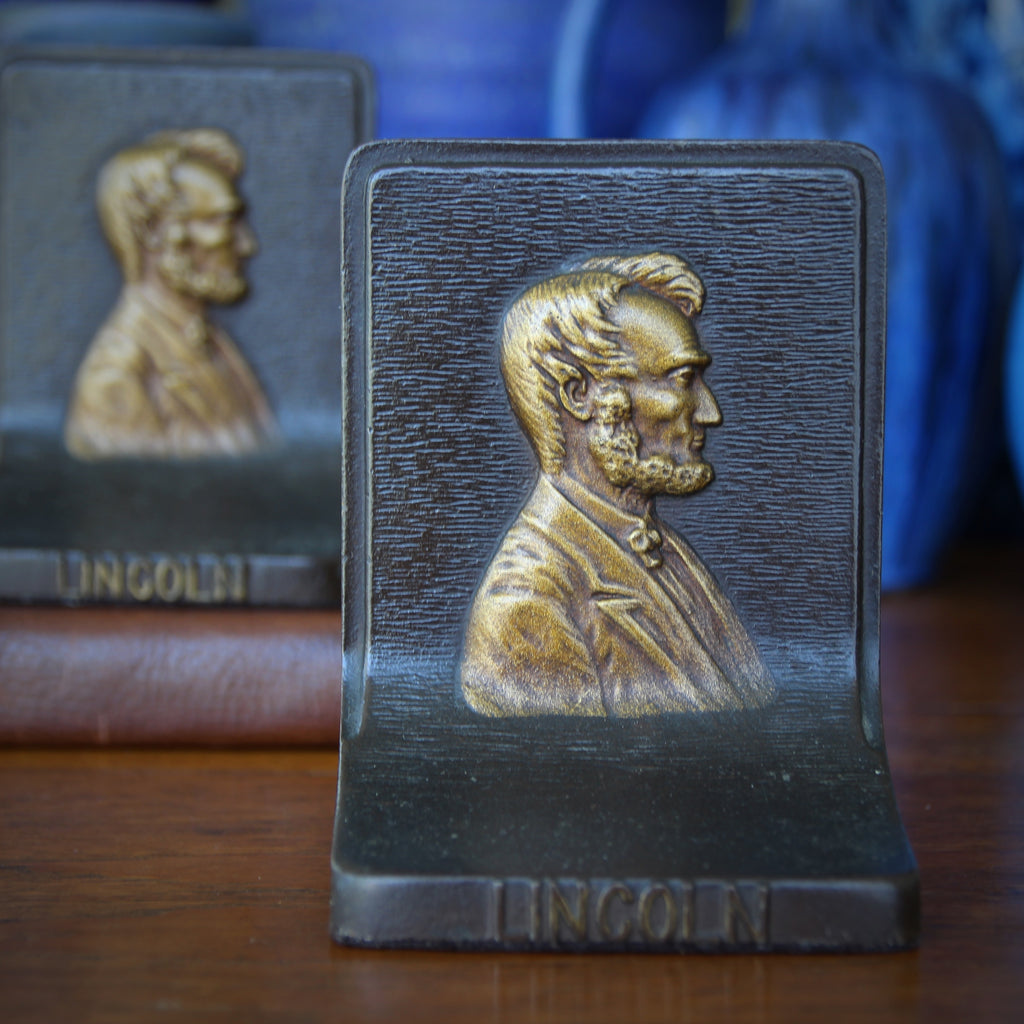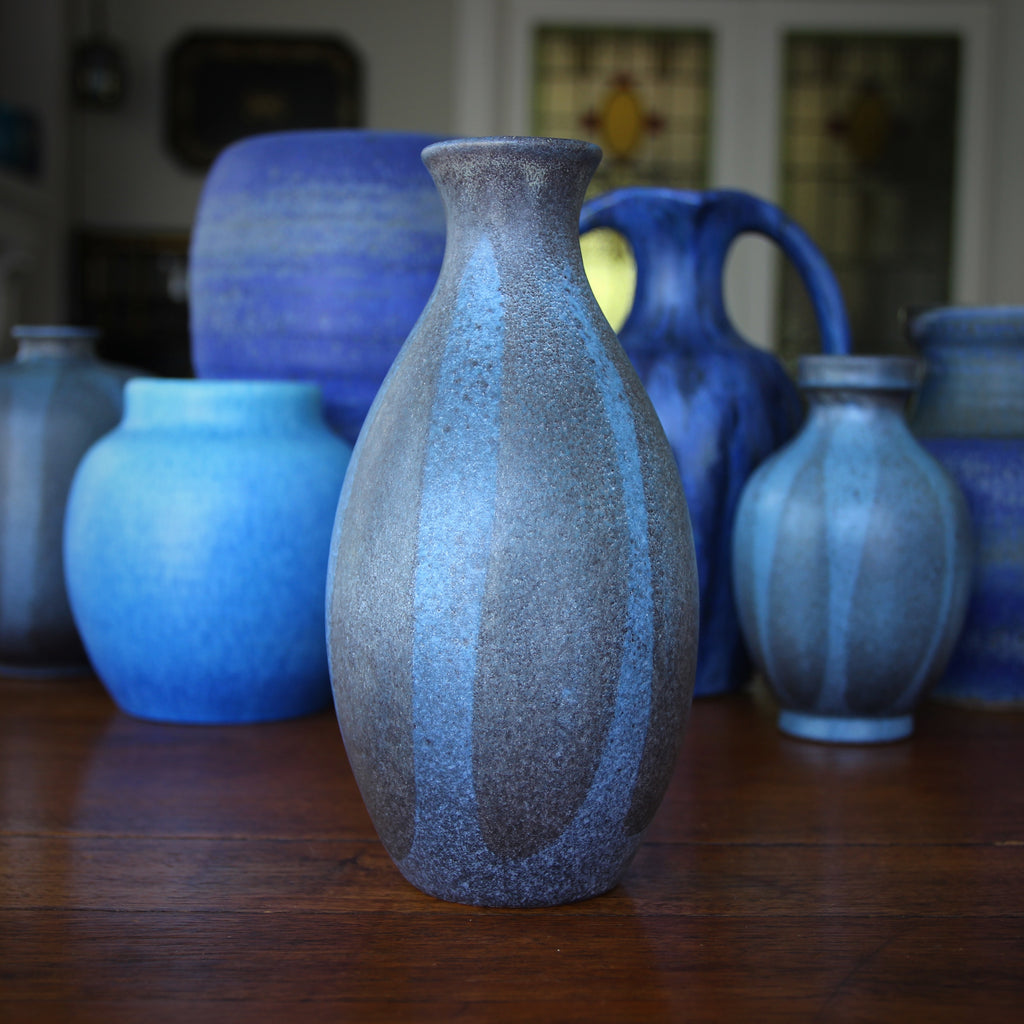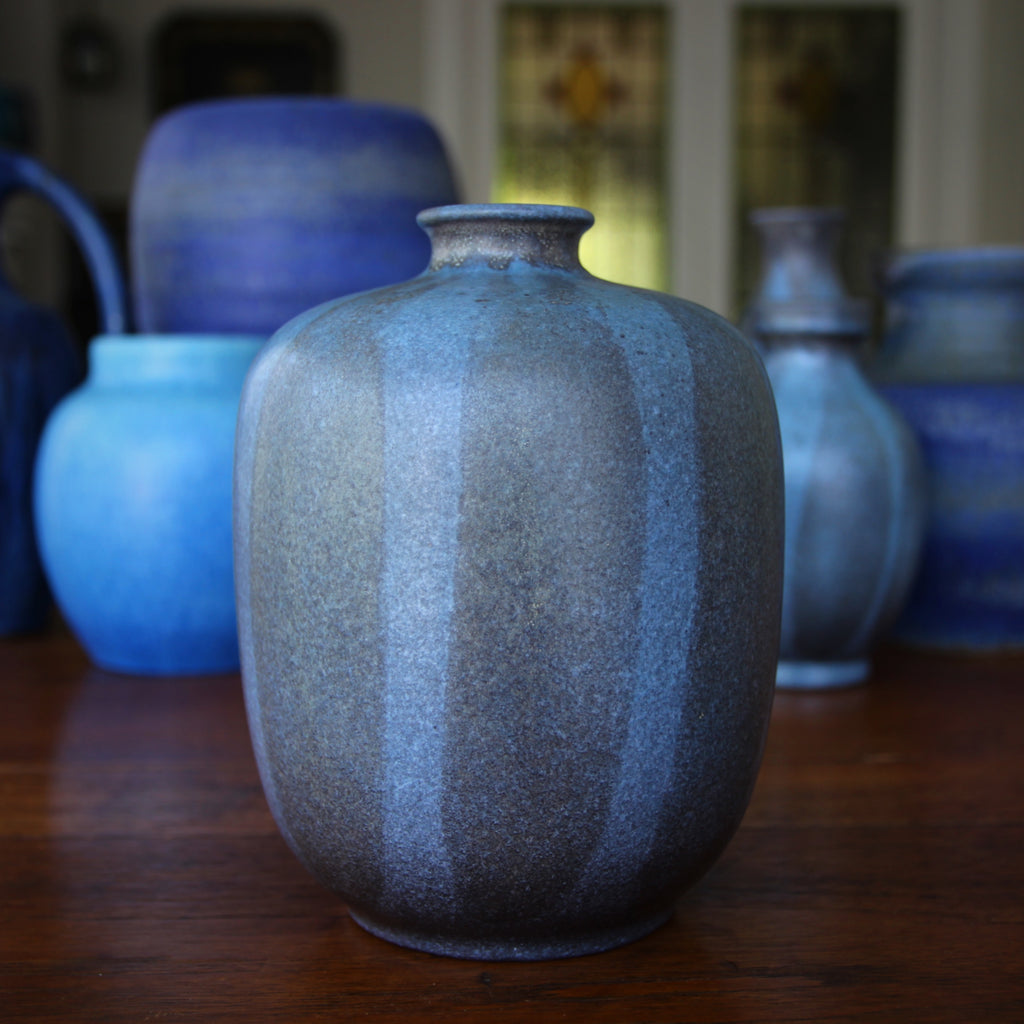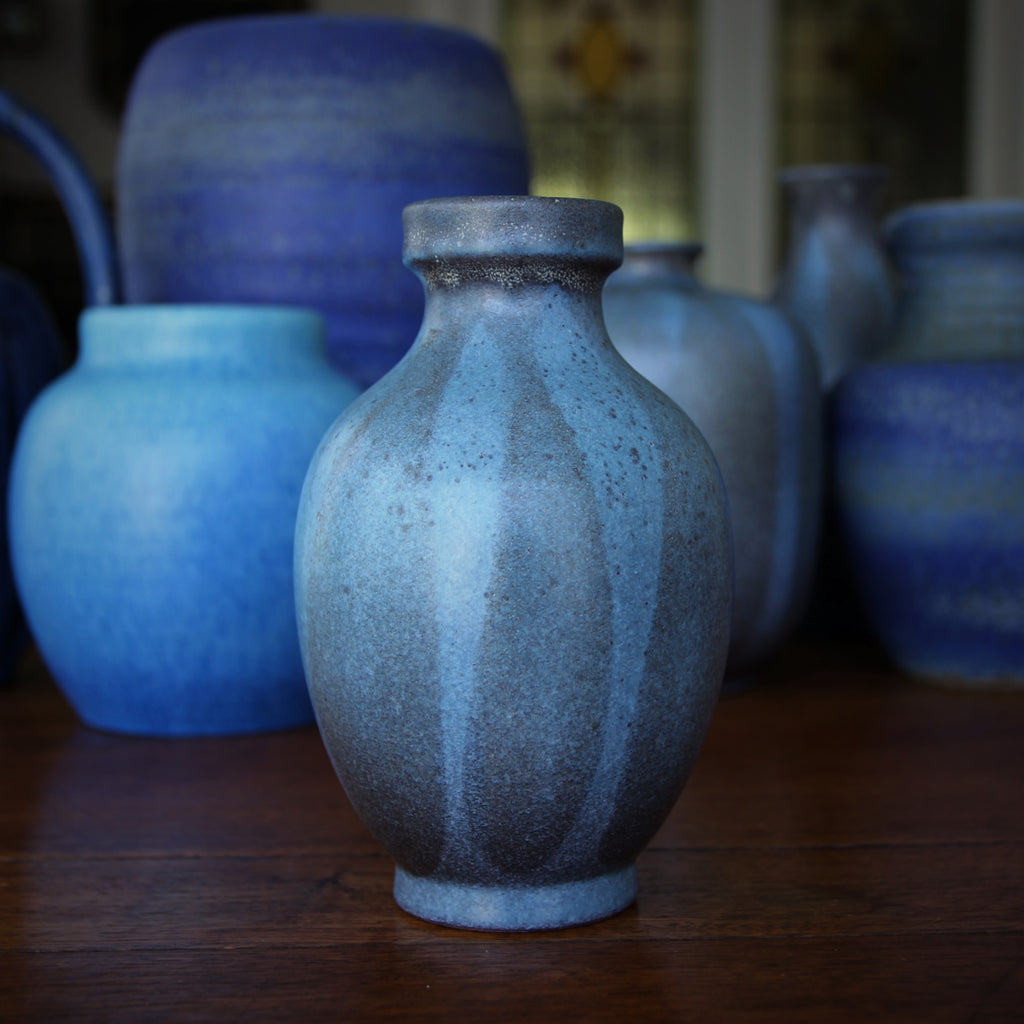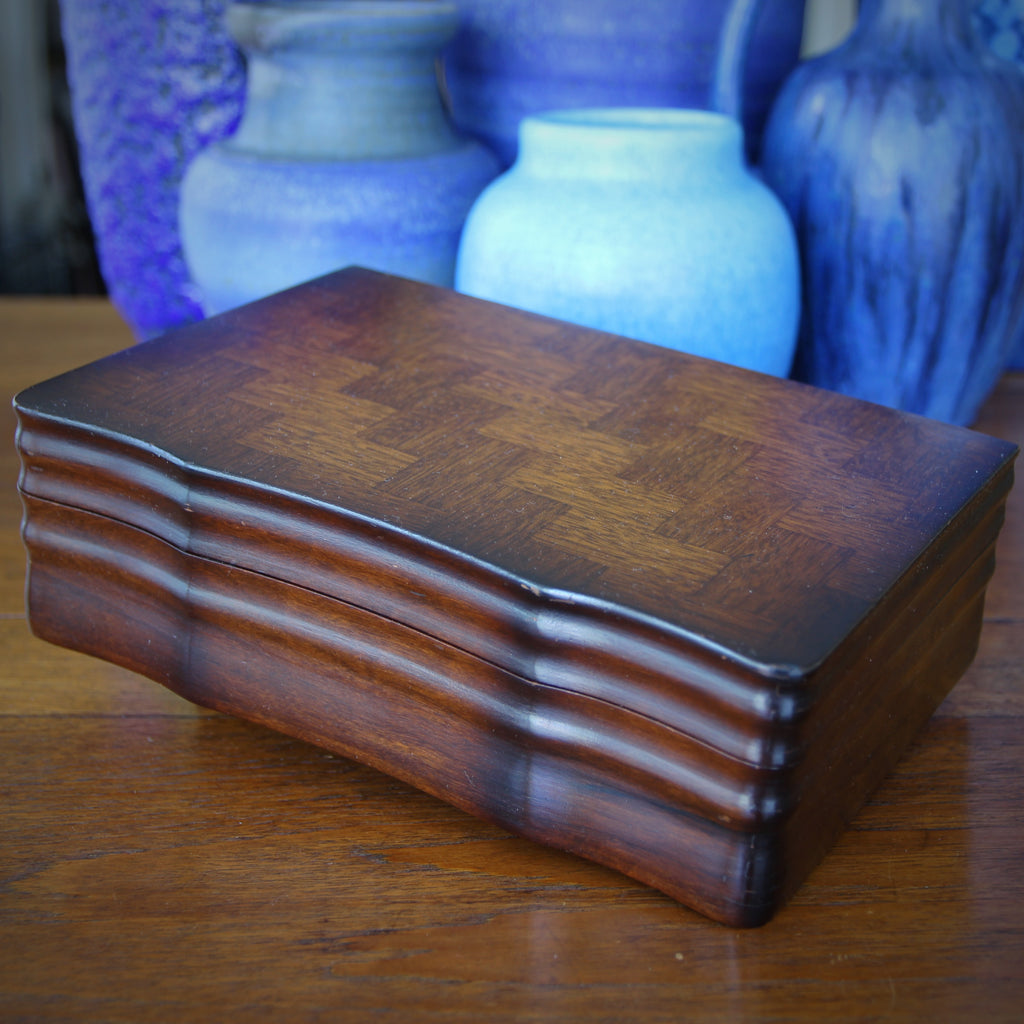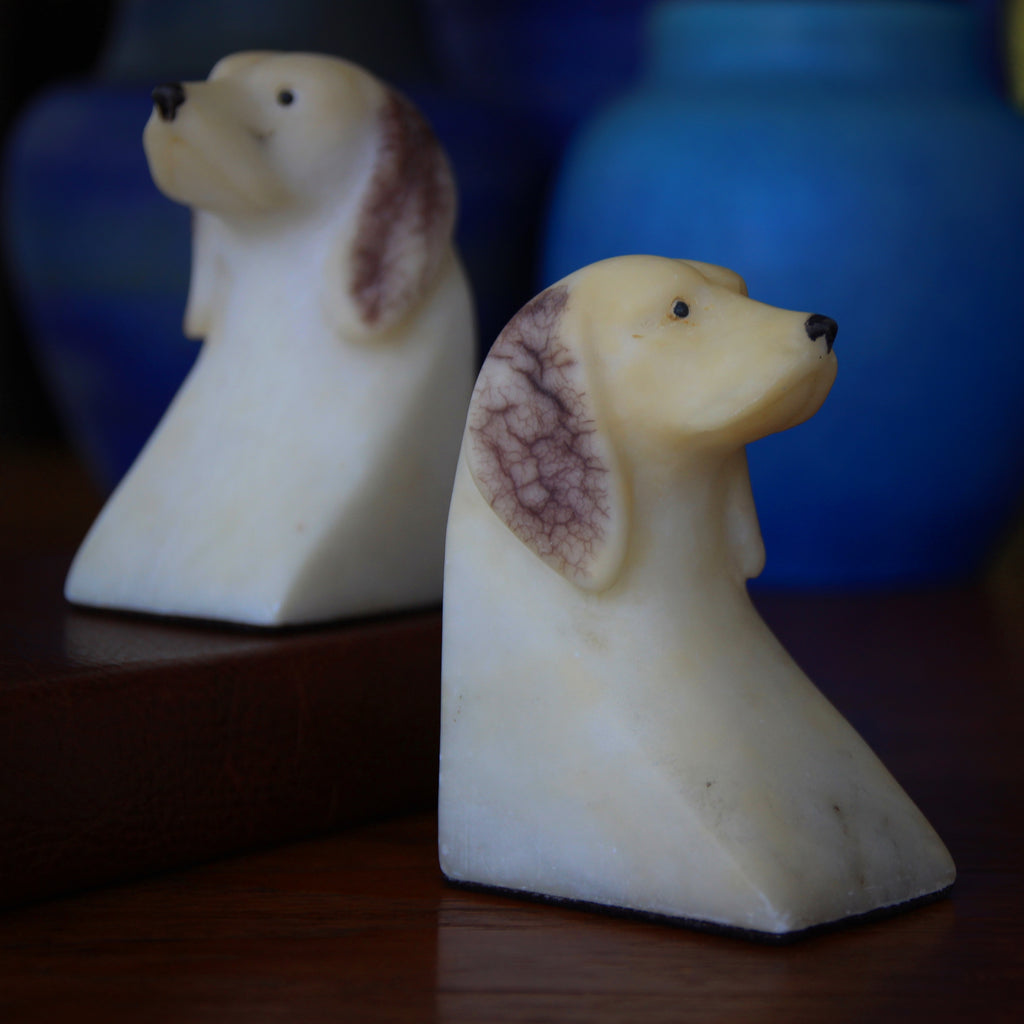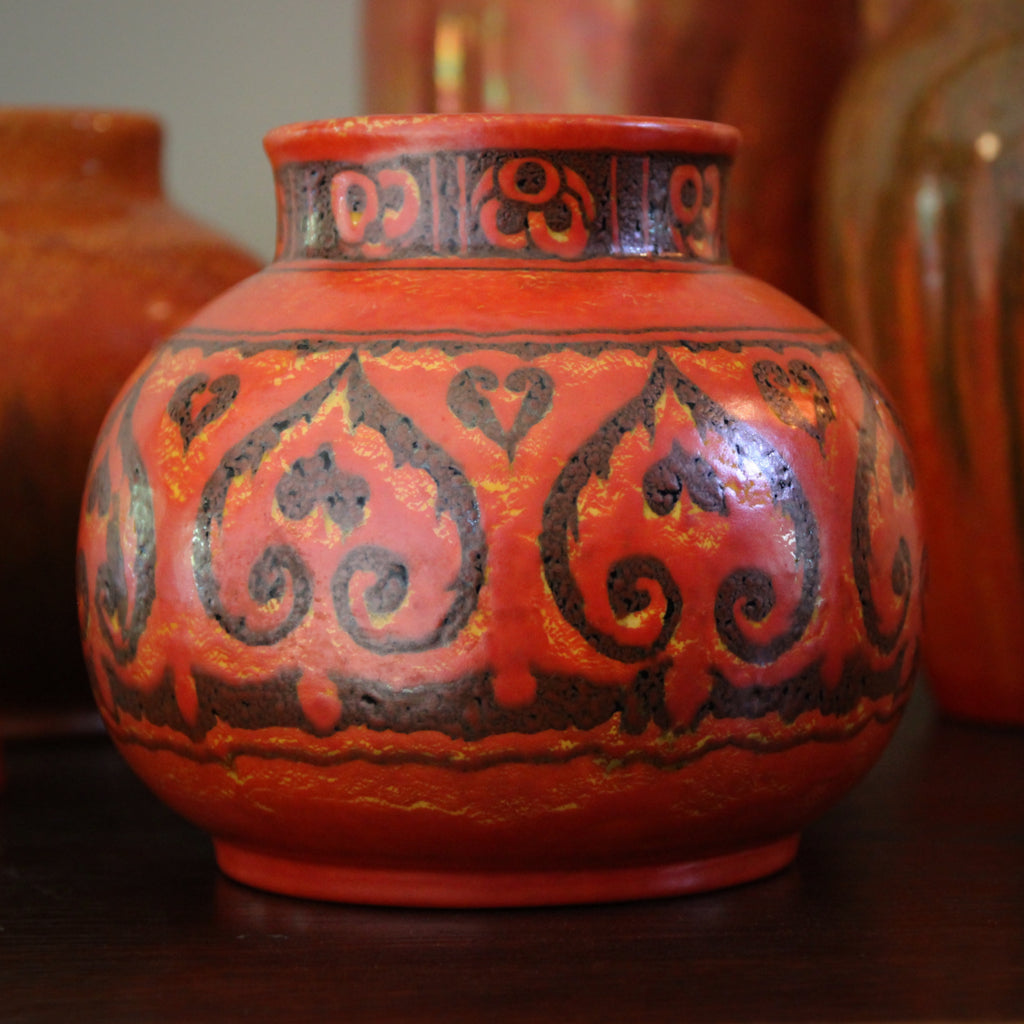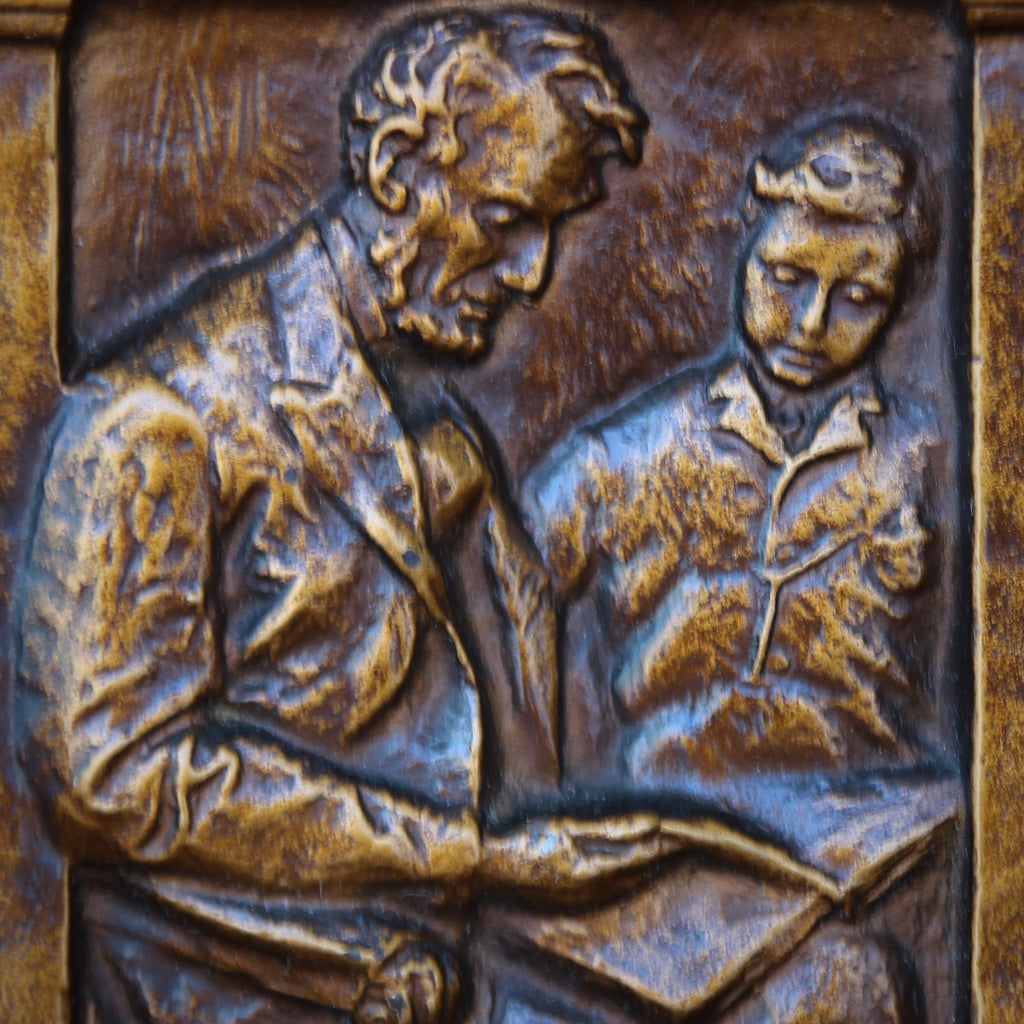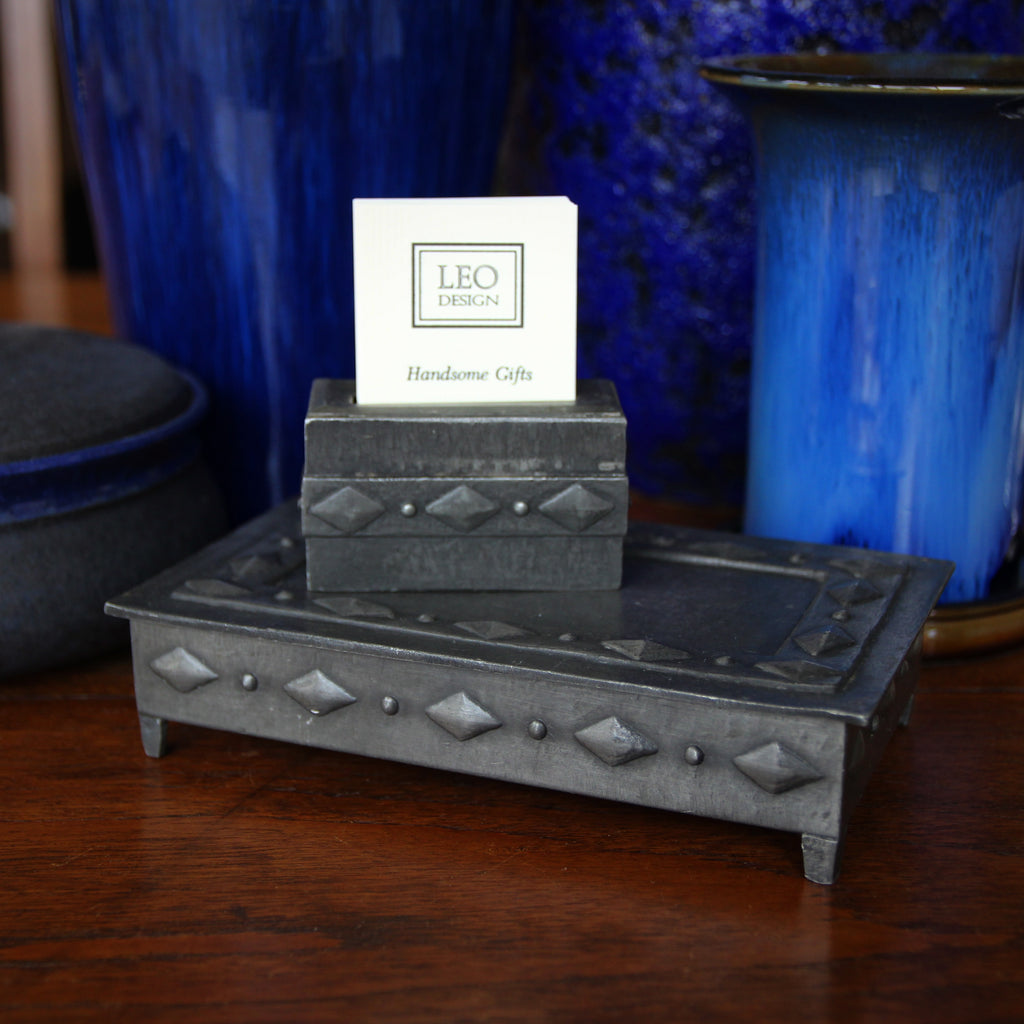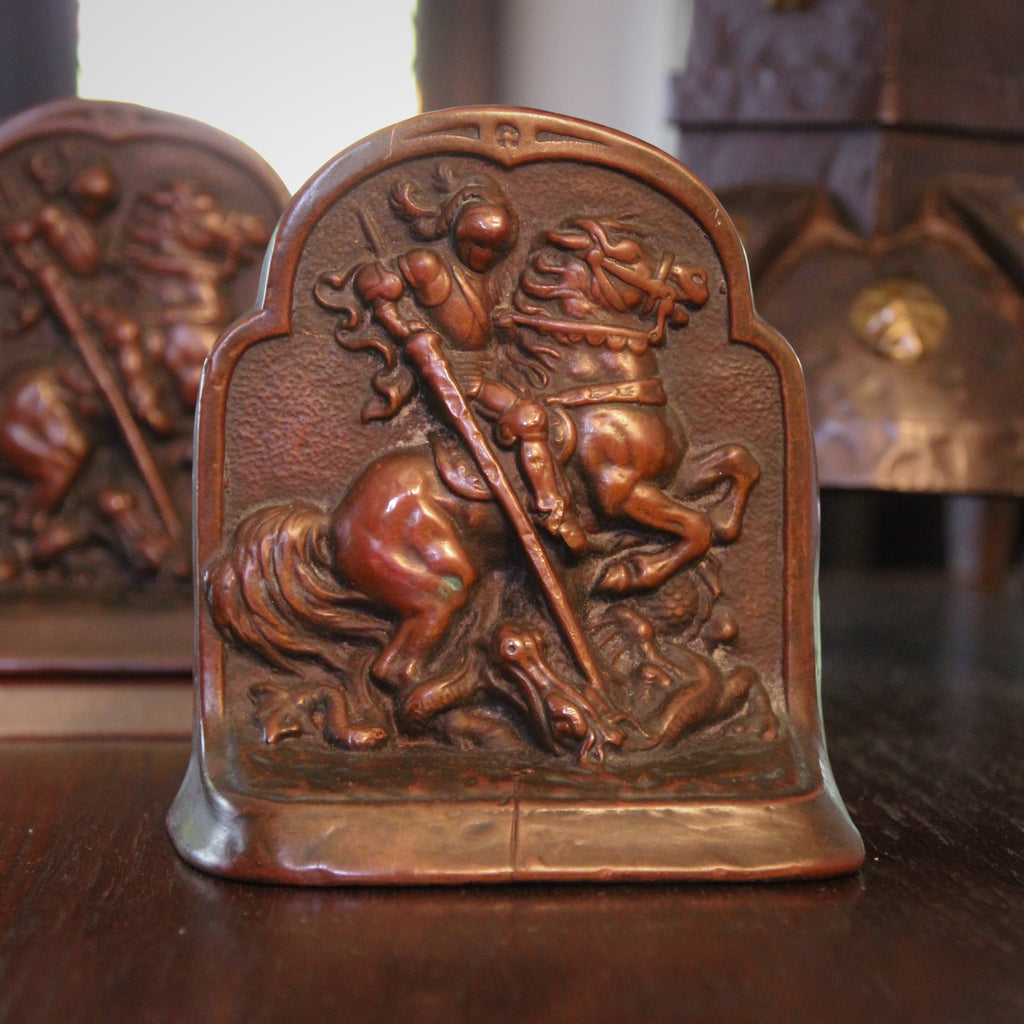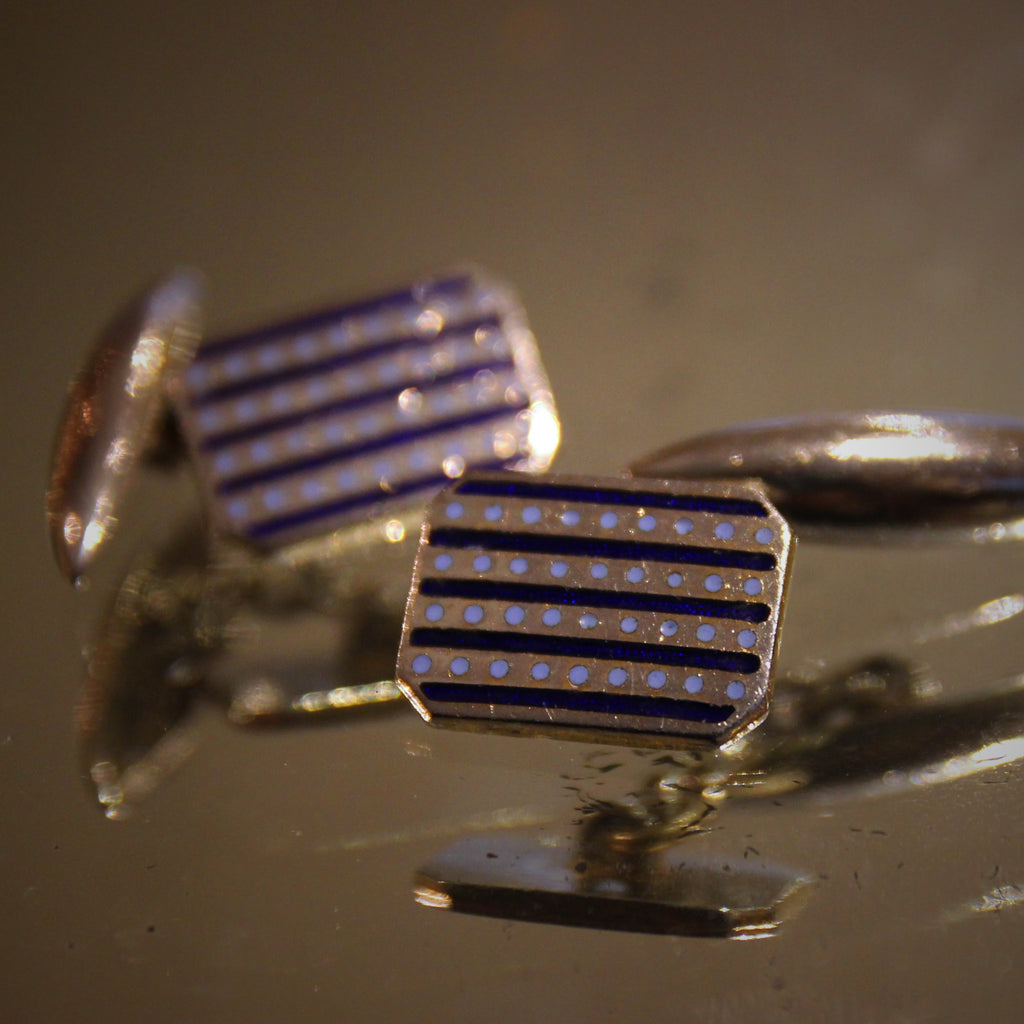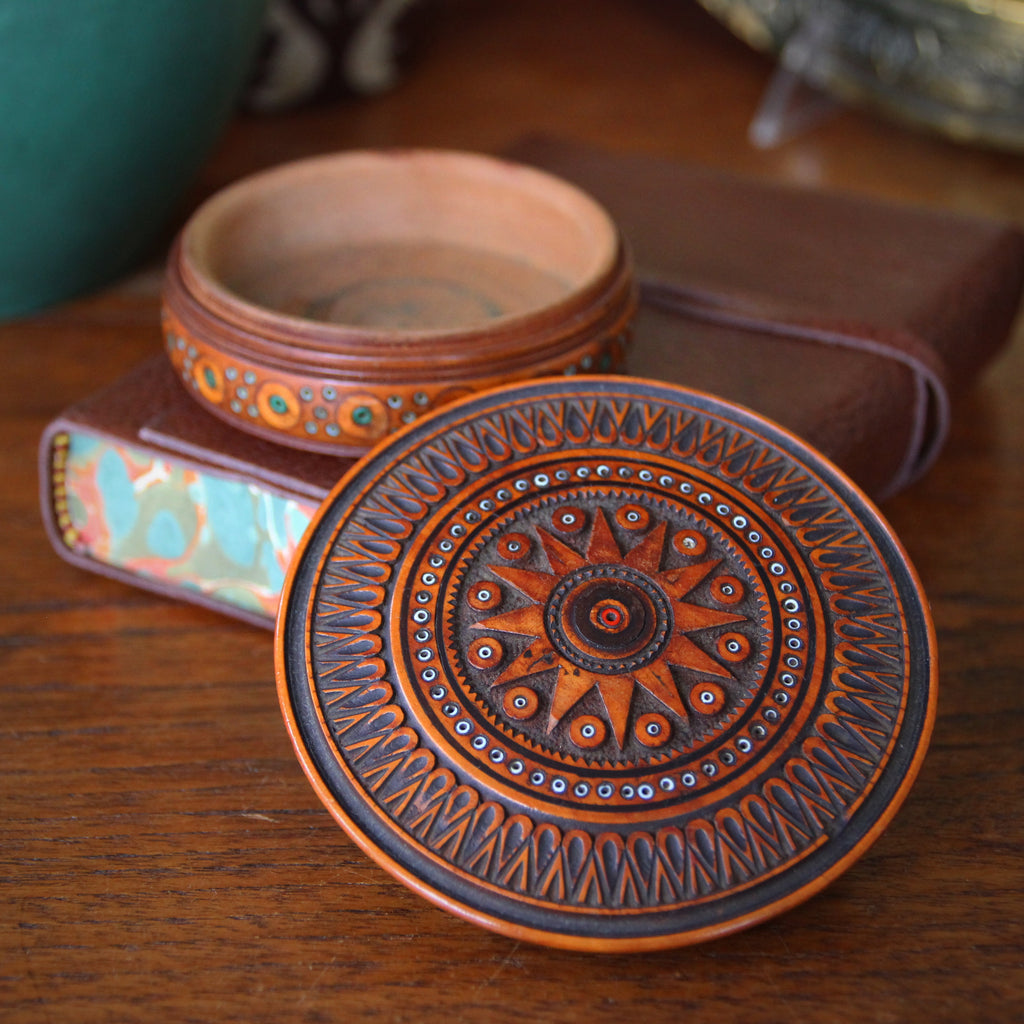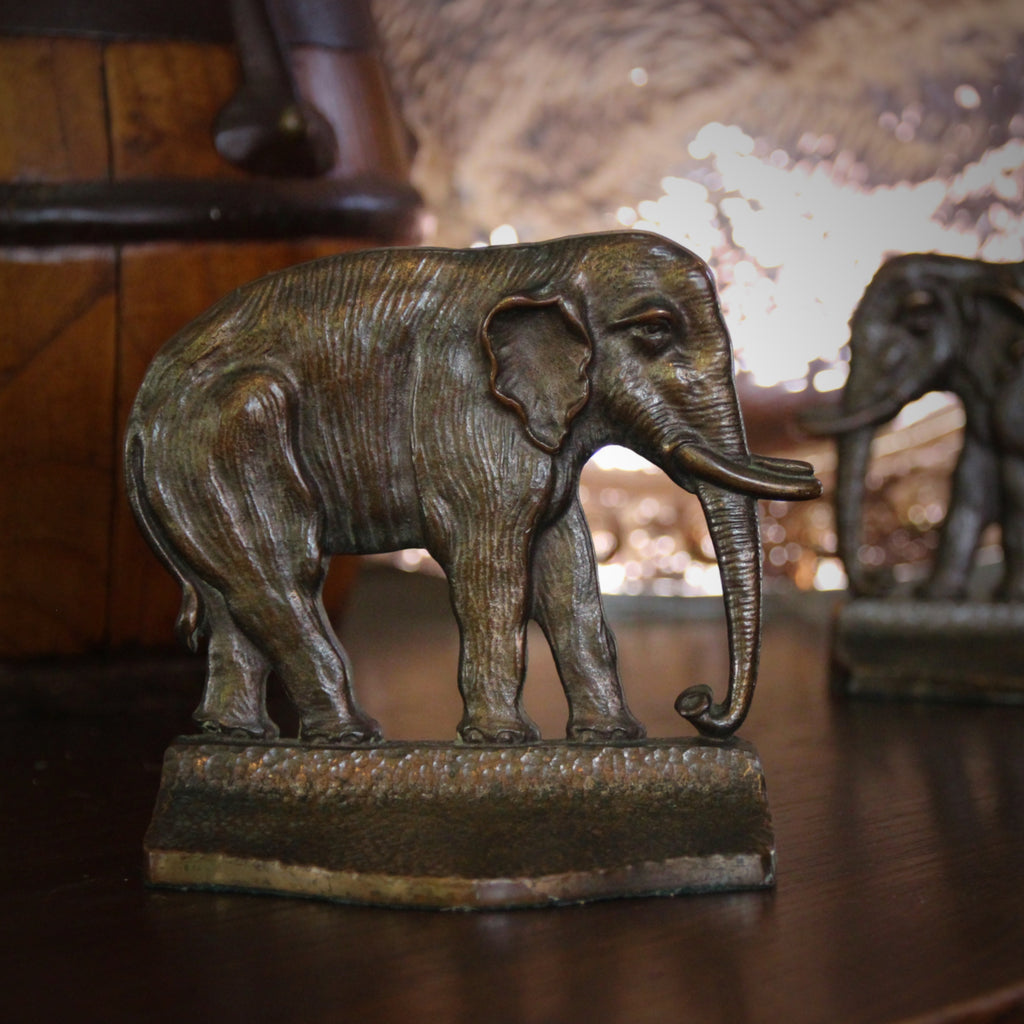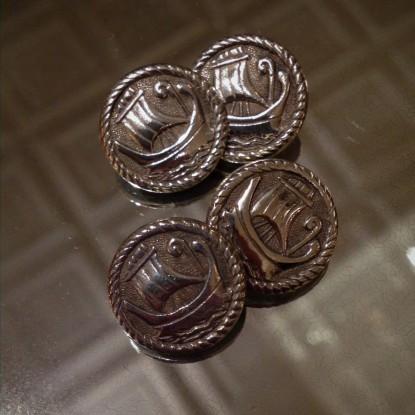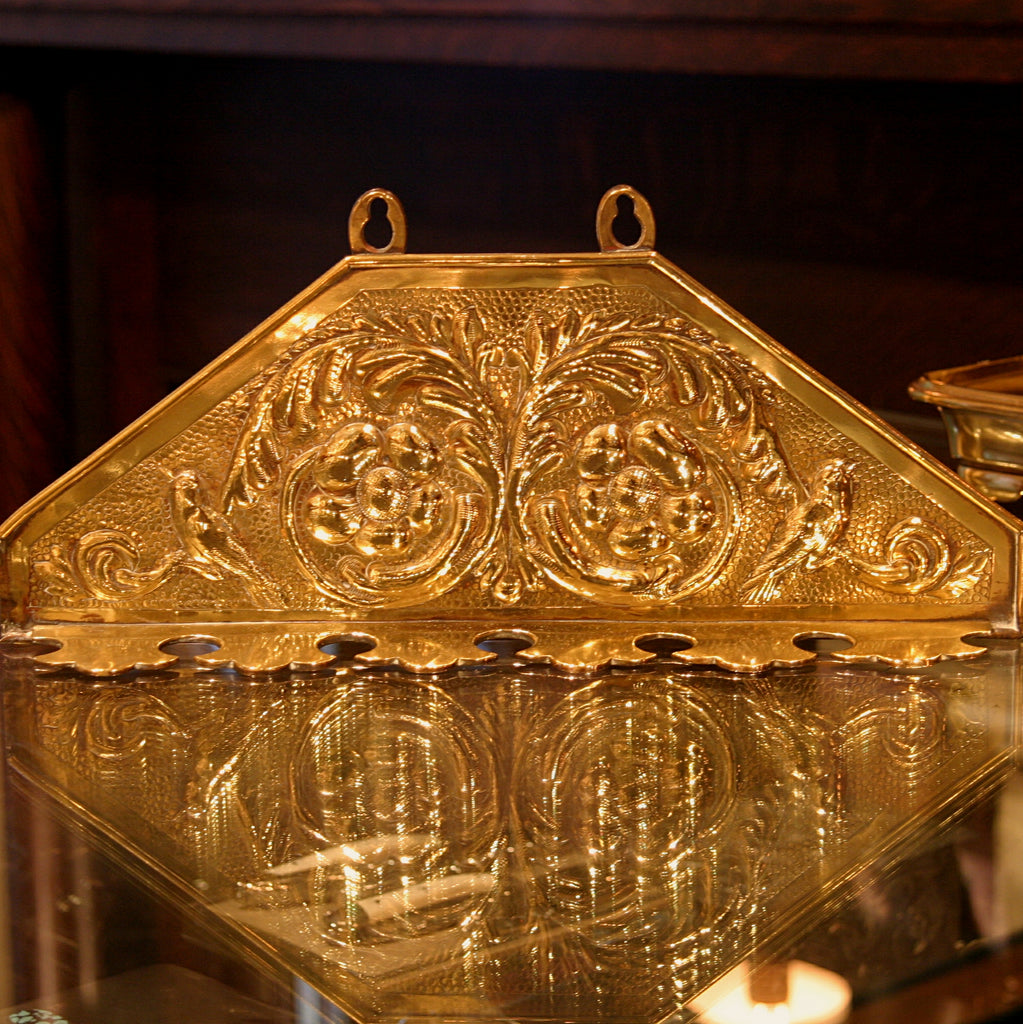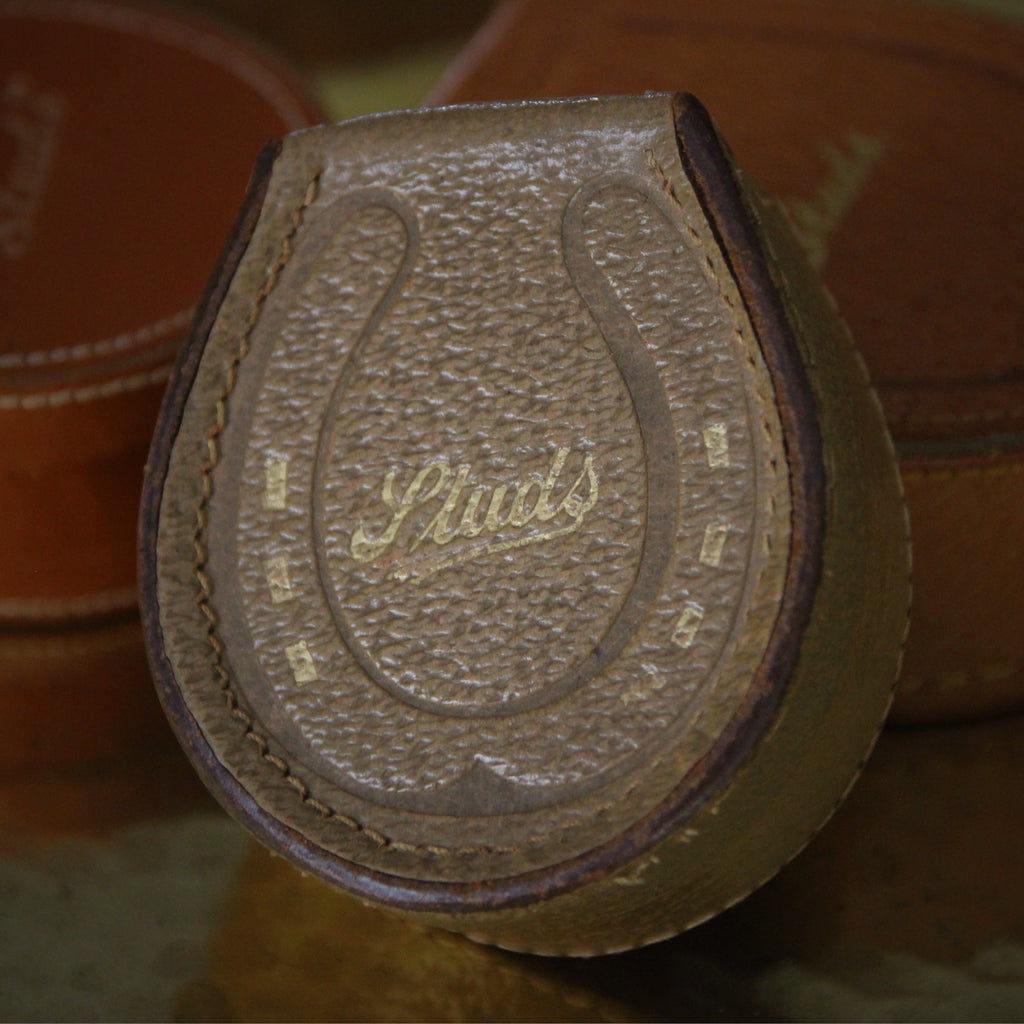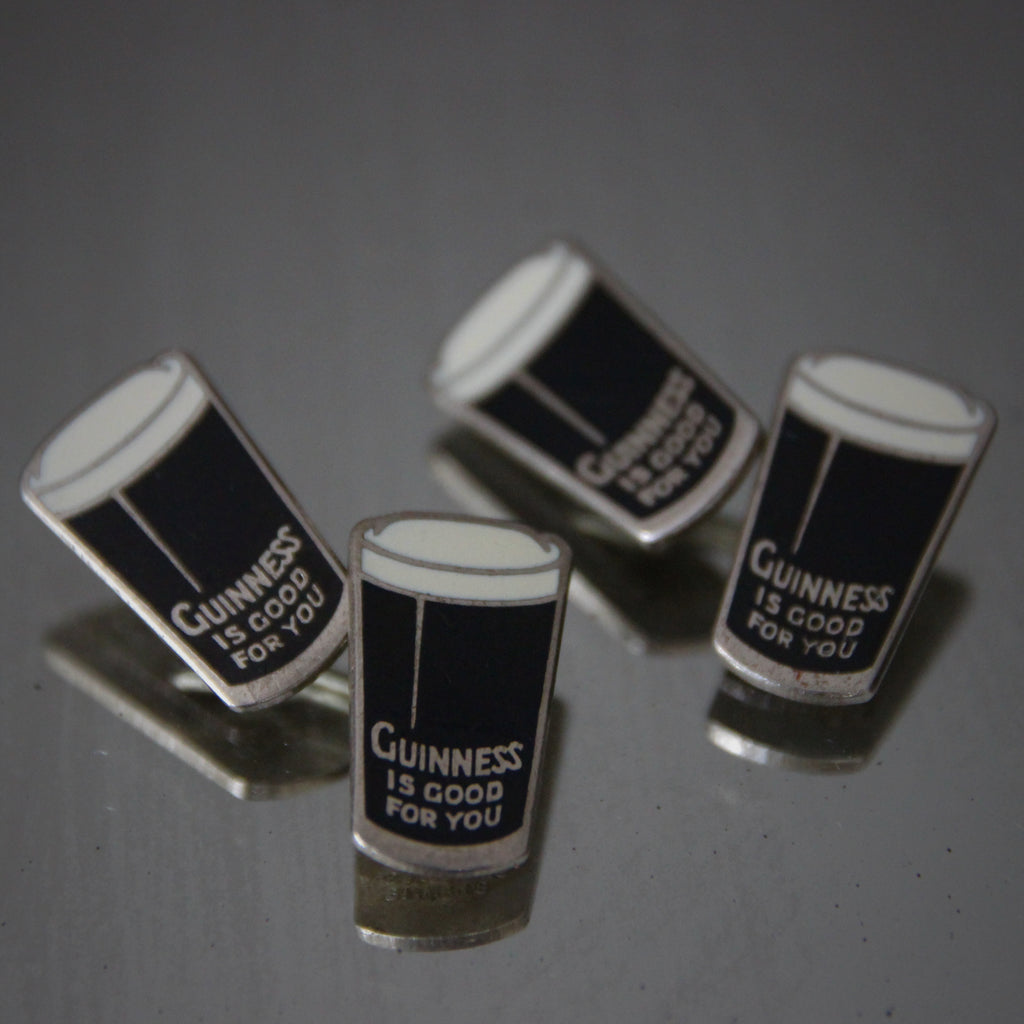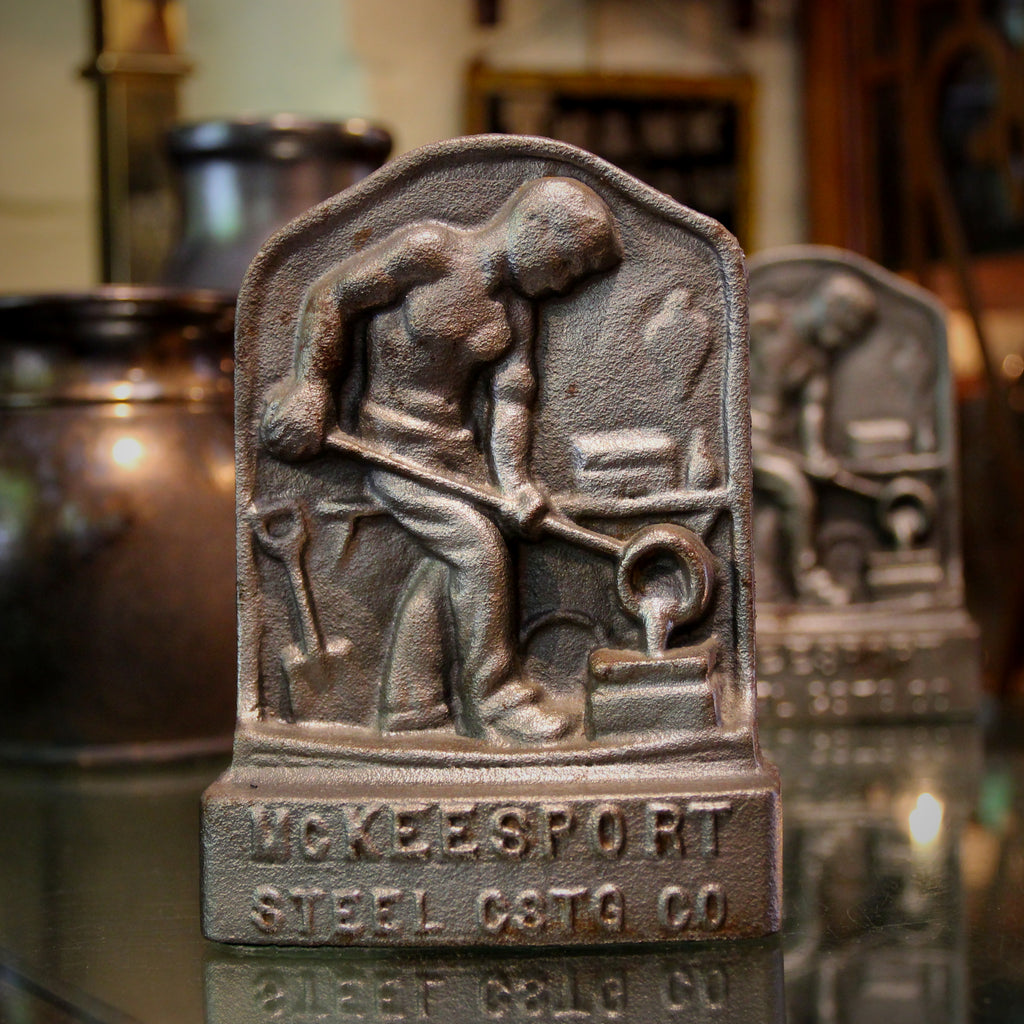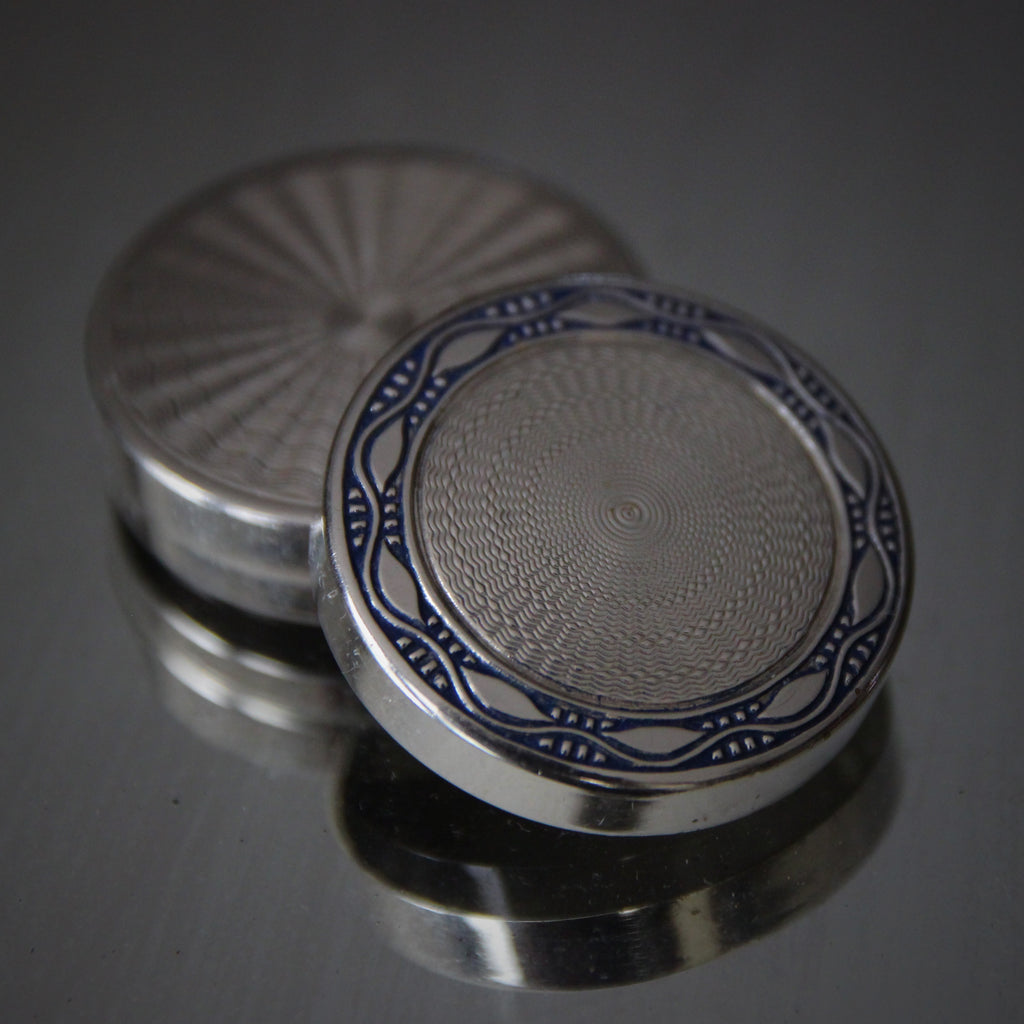JOURNAL RSS
Persia—the country we call Iran today—has an important and glorious history that spans at least 9,000 years, making it one of the oldest continuous civilizations in history. It was the world's first superpower, an empire which (at one point) included 40% of the earth's population. Later empires—the Greeks, Romans and Ottomans—rivaled and clashed with the Persians and, over time, the Persian Empire was reduced in size and influence. But, at its peak, Persia ruled from the Balkans to North Africa and well into Central Asia and the Caucuses.
Summer's Coastal Terraces
Summer is drawing to a close and—if you are planning on going to the seaside—you'd better do it soon! Luckily, I have a handful of special items which immediately take-me-back, at least in my mind, to pleasant summers in favorite holiday locales. And, in the months to come, as the snow piles up under my windows, a quick glance at one of these beauties will whisk me to the turquoise waters of a remote Greek island, the tiled Gaudi masterpieces of Barcelona, or the gently-arid Tuscan or French countrysides.
Last Crack at Summer - 3
Among the "memorable sights" of Summer is that of a nicely-tanned wrist, emerging from a light blue shirt cuff, punctuated by a white cufflink such as the one shown above. White and blue are summery enough. Add a little tanned skin and the look is complete.
These Art Deco cufflinks, made in the 1920's, are centered with a woven mesh of "mixed metals." Around that, a bright white iris beams. Though they would look good in any of the twelve months of the year, during the summer, they can work their finest magic—showing-off your hard-won summer tan.
Last Crack at Summer - 2
This little rowboat is much more than a toy. This vessel is a beautifully hand-crafted model, complete with details like bent wood gunwales, carved oars and coiled lines. It would be nice standing alone, as a conversation piece, and it would also be a nice business card holder on one's desk.
I am not sure if the model is the work of a gifted amateur—either from scratch or out of a kit—or it it was commercially produced. Nevertheless, it is a small marvel of craftsmanship and attention to detail—and will be a constant reminder of wonderful hours spent on the water.
Last Crack at Summer - 1
Having already experienced a few crisp nights and the shortening days, we realize that Summer won't last much longer. Here are a few ways to "take a last crack" at Summer, before it goes.
Taking a holiday along the seaside become fashionable in England in the late Eighteenth Century. By the early Nineteenth Century—as one will read in many of Jane Austin's novels—spending "the season" in a coastal resort town might be the highlight of a young person's life (whether dressed in "regimentals" or cotton Empire dresses). Spending time along the sea (and, perhaps, taking a dip) was considered healthful and refreshing—not to mention, a chance to let one's hair down.
Twenty Years On
I remember the day as though it were yesterday. Can it really be twenty years on? I had picked-up my gym bag and was about to leave for my polling site—it was primary election day—and then onward to the gym and to the shop. I was nearly out-the-door when I heard the kitchen radio (NPR affiliate, WNYC): "We have a report of an explosion in the World Trade Center. We'll provide more details as the story develops." Instead of heading to the polls, I headed-up to the roof deck of my Chelsea apartment building. It was quiet up there; only me and the Building Superintendent who was hosing-down the wooden lounge chairs. As I stood at the southern parapet of the...
Edwardian Accents - IV
Let's end our tour of Edwardian cufflinks with this interesting trio of sterling silver shirt studs—connected with a silver chain. Before World War I, sewn-on buttons had not yet become popular. Prince or pauper, a man needed shirt studs and cufflinks to fasten the plackets on his shirt. In even earlier times, men would tie or lace their shirts to close them (and many shirts were designed to be pulled-over the head). This set of fancy shirt studs bear a turquoise enameled fleur-di-lis on each sterling silver stud. One might find this interesting, given historical British antipathy toward the French (and their famous icon). But there has been a long history of fleurs-di-lis on English heraldry, especially on medieval...
Edwardian Accents - III
The English cufflinks shown here are made of "Blue John," a rare semi-precious gemstone found in just one region of England—in the Blue John Cavern, under Treak Cliff in Castleton, Derbyshire, England. Blue John is a form of banded "fluorspar" with alternating purple/blue and yellow/white layers. It is believed that the name comes from the French term "Bleu-Jaune" (that is, "Blue-Yellow," a reference to the banded coloration). Even today, scientists have not figured-out what causes the unique and beautiful coloration. It is uncertain when the first veins of Blue John were discovered in Derbyshire, but the first record of mining the rare stone comes from a letter in 1766 (making reference to the leasing of the mines). Initial quarrying provided enough Blue John to...
Edwardian Accents - II
La Belle Époque spread to North America where sometimes it was called "The Gilded Age." In America, this was a period of tremendous growth, industry and invention. But, like elsewhere, the financial fruits of this boom were concentrated near the top—amongst the "Robber Barons." In my old home of New York City, the beneficiaries of the Industrial Revolution had names like Astor, Morgan and Vanderbilt. They controlled transport, banking and various lucrative trades. In my new home of Pittsburgh (a real heavy-hitter during The Gilded Age) names like Carnegie, Frick, Mellon or Schwab might ring a bell, even today. It has been argued that Pittsburgh "built America" during the late 19th and early 20th Centuries. In fact, one neighborhood in...
Edwardian Accents - I
The Edwardian Age was a time of handsome style, obvious socio-political awakenings, and the last few years of innocence before The Great War and the turbulent decades to follow. This week, we'd like to share a few offerings from the Edwardian cufflink collection at LEO Design. The British Empire expanded greatly during the Victorian Age. The World—and its peoples—were viewed as resources to utilize (if not exploit). And England, like other powerful countries at their strongest, was not shy about stepping-up to seize-the-moment. During the late Victorian and Edwardian periods, England controlled so many far-flung countries that it was said that "The sun never sets on the British Empire." I do not single-out England as a lone villain in this endeavor. Other...
Honoring America's Labor
America was built with the power of human muscle. Some of this labor was purchased by-the-hour (often cheaply), some of this labor was expected "as a condition of family life," and some of this labor was taken outright. It's important to remember and honor those who have used—and those who continue to use—their bodies, sweat and strain to build the future and make things better for the rest of us. The term "labor" is subject to varying definitions. And, in America, people tend to reveal a reflexive reaction to the word—sometimes positive, other times negative. The plight of "Labor" in America is a challenging one. Over the decades, increasingly-educated Americans have developed a growing disdain for the notion that they might have to work with...
Nouveau Novelties - IV
Let's end our collection of Art Nouveau cufflinks with this understated—but nevertheless handsome—pair of Edwardian English Art Nouveau cufflinks. A scrolling botanical bas relief covers half the surface area of these golden, elongate-hexagonal cufflinks.
"Edwardian" usually refers to the period of Edward VII's reign: from 1901 (when his mother, Queen Victoria, died) to 1910 (when he died). Edward, nearly 60 when he was crowned, was a fashionable and socially-prominent monarch who lived in a "modern" age—that is, a period when information, news and photo images were able to be widely and quickly distributed. Thus, his sartorial choices and leisure behaviors were quickly disseminated around the world—where they could make an immediate impact and be promptly emulated.
Nouveau Novelties - III
Enameled cufflinks are probably my favorites. And, while most of our collection of enameled cufflinks are from the Art Deco period, I occasionally acquire an earlier pair (from the Art Nouveau period) or a later pair (from the Modernist period). Enameling is the process of laying glass powder upon metal and then heating it to the point where the glass powder melts into molten glass. Upon cooling, the "enameling" is simply a layer of glass (often colored) lying upon a base of metal (sometimes engraved in a process called guilloché). Enameling provides a rich, luxurious surface and allows for a creative explosion of colorful graphic design. Fine, machine-turned engraving (beneath the enamel) provides a whole new dimension of pattern...
Nouveau Novelties - II
At the time that these cufflinks were made—around the Turn-of-the-Century—pearls were the rarest, most mysterious, and most expensive of "gemstones." At this point, cultured pearls had not been developed. And, while these cufflinks are not made of real pearls, they are made of Mother-of-Pearl (and, with their soft luminescence and iridescence, are highly reminiscent of the coveted precious globules).
From Biblical times, pearls have been lauded as "more precious" than other objects. Pearls were referenced in numerous parables, lessons and other maxims. And, let's not forget, "The Pearly Gates" did not get their nickname for no reason.
Nouveau Novelties - I
For a few days, we would like to share some of our Early Twentieth Century Art Nouveau cufflinks—from England and from America.
This pair, probably American, have a decidedly Eastern European Secessionist design—in the form of hexagonal, "riveted" shields. What they lack in color, they more than compensate for in design-punch and style. Imagine them—handsome and proud—on your shirt cuffs.
Welcome, September!
The sapphire—amongst the treasured "Cardinal Gemstones"—has been highly-valued for millennia and is the birthstone bestowed upon those born in September. Indeed, there is something immaculate, heavenly and, well, divine about the sapphire—a pristine presence somehow elevated above earthly matters and concerns. Their crisp purity reminds us that perfection is, indeed, possible. Sapphires are made of corundum, made blue by the presence of iron and titanium. Other colors of sapphires can be found, too, depending upon the impurities found within it: yellow, purple, orange, grey or black. Some stones have two colors (side by side) and corundum without any impurities is clear. Red corundum (colored with chromium) is called a ruby and they are sometimes mined near sapphires Sapphires are found...
Mod Links - IX
Let's end our procession of Modernist cufflinks with these understated—but interesting—sterling silver accessories. They were made shortly after World War Two by Simmons, a jeweler in Attleboro, Massachusetts. Simmons was founded in 1873—in the middle of the Victorian Era—and, thus, was well-aware of that earlier design period. Although the size, shape and functional mounting of the cufflinks is clearly Modernist, the scrolling botanical engraving is a tip-of-the-hat to Simmons's Victorian roots. But the engraving is not a "direct lift" of Nineteenth Century foliate engraving. Instead it is adapted, loosened-up and enlarged, making it a clearly-Modernist embellishment.
Mod Links - VIII
The Modernist Movement—like many design movements before it—was known to "lift" aesthetic inspiration from history and the work of earlier designers. Modernist designers and craftsmen (like all artists) looked-back for historical, literary and cultural elements which could be "revived" (or adapted) for their contemporary works. I've sold Mid-Century pottery inspired by archeological discoveries—including vases decorated to emulate early paintings from the caves of Lascaux, France. Many Modernist ceramics forms are inspired by the utilitarian objets (jugs, urns, bowls) uncovered at sites in Egypt, Greece, or Mesopotamia (which explains the abundance of jug handles on so many Modernist vases). Ancient shields, architecture and other graphic elements were adapted and freely-utilized in Modernist decor. It's all part of the same "Cycle of Design" from the beginning...
Mod Links - VII
These Czech Modernist cufflinks have seen quite a bit of dramatic history! They were made in the 1920's, during the period known as The First Czechoslovak Republic. After World War One, and the collapse of the Austro-Hungarian Empire (1918), several former portions of the Empire were cobbled together to create a new country—and the name "Czechoslovakia" was born. After 1933, Czechoslovakia was the only remaining functioning democracy in Central Europe. But it was not to last. In 1938, Germany took Sudetenland, the "German Region" of Czechoslovakia. Other regions were ceded to Hungary and Poland. Thus began The Second Czechoslovak Republic which was only to last six months. In 1939, the Nazis took the rest of the young country; from 1939 to 1945, Czechoslovakia ceased...
Mod Links - VI
"In the old days," silversmiths like Paul Revere worked hard to avoid any sign of hammer marks in their wares. They would use increasingly fine "peens" from their collection of hammers to create a perfectly-smooth, mirrored finish to their silver works. The best items were devoid of any hammer marks or imperfections. At the turn-of-the-Twentieth-Century, Arts & Crafts artisans embraced a different point of view. Prominent hammer marks were now encouraged as part of the decoration—providing evidence of the human handwork that went into creating such a piece. The contemporary cufflinks, shown above, are fashioned of hand-hammered sterling silver. The only embellishment to be found on their large, Modernist faces is the skillful hand-hammering which catches the light—and reminds us that they...
Mod Links - V
"Celtic Knots" refer to the interlacing, never-ending "braid-work" in the art and craft of the Irish, Scottish, Cornish and Welsh. Although earlier examples of such "plaited" design themes are found in other places—early Roman mosaic work, Byzantine stonework, Scandinavian woodcarving, and other European folk craft—the Celts embraced the style and vigorously adapted it to their own culture. After Christianity was introduced to the Celts (in the Fourth Century AD), Celtic-style plaiting (and other design) was incorporated into every sort of religious works: architecture, stonework, woodcarving, even illuminated manuscripts. In the mid Twentieth Century, when these cufflinks were made, there was a powerful movement in Celtic lands to revive and promote the ancient, native folk culture—especially as a means of differentiating themselves from the dominant English...
Mod Links - IV
Two chunky slabs of "coffee & cream" marble make for a substantial pair of Modernist (nearly Brutalist) cufflinks from the 1950's or 1960's. The goldtone bevelled settings, which handsomely frame the ingots, were patented in 1949. These cufflinks perfectly illustrate the evolution of cufflink design after World War Two—when Art Deco began to take a back seat to the weighty minimalism of Mid-Century Modern. Men's tailoring—including ties, cufflinks and jacket lapels—became wider, thicker and heavier.
Mod Links - III
As we discussed two days ago, "Modernism" began in the late Nineteenth Century and included Art Nouveau, Arts & Crafts, and the Art Deco movements. Modernism came to full fruition with the Mid-Century Modern period after World War II, the 1950's through the 1970's. The handsome cufflinks, shown above, are Modernist—but with the streamlined, sculptural Art Deco influences which suggested the "Jet Age Industrialism" to come. They were made in Rochester, New York by Hickok.
Mod Links - II
Aage Weimar (1902-1986) was a Danish Modernist jeweler known for his bold (and sometimes Brutalist) designs. These striking, sculptural cufflinks were made in the 1940's or 1950's of 830 silver. Northern European Modernist cufflinks—those from Scandinavia, Finland or Soviet Russia—tend to exhibit strong, sculptural forms, often in simple silver or gold vermeil (that is, silver coated with a layer of gold). These Danish cufflinks, though uncomplicated, still serve-up a bold aesthetic punch.
Mod Links - I
This week we'll be sharing a selection of Modernist cufflinks, recently added to our on-line collection. Please click here to see our full range of cufflinks—from Victorian to Modernist. One often thinks of "Modernist" as concurrent with "Mid-Century." But Modernism actually began during the end of the Nineteenth and beginning of the Twentieth Centuries. Dr. Christopher Dresser was pushing Space-Age boundaries in England during the 1880's. L'Art Nouveau—"The New Style"—was well underway by the Turn-of-the-Century. And the Bauhaus School (as well as Art Deco) flourished between the World Wars (1919-1939). These cufflinks, made in the Twenties, are clearly "Cubist" in form. Cubism began in the first decade of the Twentieth Century, two decades before these cufflinks were made. A faceted rock crystal punctuates...
"That Ol' Sturgeon Moon..."
This morning, at 8:02 am (Eastern), the August full moon reached its peak size and illumination. Full moons during August are traditionally called a "Sturgeon Moon" because—during this mid-summer month—fishermen on the Great Lakes found the sturgeon easiest to catch. Sturgeon are a remarkable creature, and, sadly, increasingly rare today due to overfishing since the Nineteenth Century. Fossil records of sturgeons can be found from 136 million years ago (showing the fish largely unchanged through today) and the fish can live to be 150 years old! Females reach sexual maturity at 20 and reproduce every four years. They can grow to six feet in length and weigh over 200 pounds. Because the creatures grow and reproduce so slowly, their populations have great difficulty surviving overfishing. Their...
The Waning Days of Summer - V
For the fanciest amongst us, nothing says "summer" quite like taking-out the boat for a sail around the bay. John F. Kennedy, Humphrey Bogart, even the current Duchess of Cambridge have spent many a wonderful hour on-the-water, most delightfully during the summer. For those of us without the time (or the boat), perhaps this set of four "yachting" rocks glasses will provide a modest measure of satisfaction. Four designs, in four different colorways, cruise around the wall of these double old fashioned glasses. Raise a glass while your boat sits in dry dock. Or raise a glass as you envision your ship coming-in.
The Waning Days of Summer - IV
If the lazy days of summer carry your imagination to the French or Italian countryside, well, let's go! The handcrafted simplicity of a country village—the fences, signs, streets, buildings—can be a delicious respite from the high-tech, go-go world back home. And that celebration of handcraft manifests itself in the useful objects of everyday life. In a modern world which demands a constant technical scramble—and planned obsolescence is no longer challenged—isn't it nice to handle and use something that will never change? An object which will work exactly as designed, and work just as well, a hundred years from now? When I look at the vase above, I cannot help but think of the French countryside. The deep mustard, eggplant and moss...
The Waning Days of Summer - III
Yesterday we talked a little about golf. If one sought to find golf's opposite sport, it seems that tennis is poles apart from from that grassy, country club pursuit. Tennis is played in a tight, constricted space; explosive energy quickly "fills-up" the court. Tennis is also fast! There is no time to think—only to respond. And the brutal physical demands of a five hour tennis match—feet, legs, wrists, shoulders (all while maintaining performance)—is beyond my comprehension. These four double old fashioned "rocks" glasses, made in the 1960's or 1970's, demonstrate "The Forehand" in stop-motion illustration. The rather handsome tennis pro will bring back memories of summer matches on the clay (or grass or asphalt) long after the court has been buried in...
The Waning Days of Summer - II
For some, a late afternoon on the links is their idea of Green Heaven. I suppose such a wide open space—beautifully landscaped, devoid of crowds—can make time on a golf course a relaxing and (perhaps) contemplative experience. These four rocks glasses, from the 1960's or 1970's, demonstrate "The Basic Swing" in handsome stop-action illustration. Raise a glass—perhaps once the cold has settled-in—with three friends. Let it be Endless Summer.
The Waning Days of Summer - I
If you're dreaming of turquoise waters—entering them, not just thinking about them—the time is now to take that dip. Before long, the waters will have chilled and beach days will be behind us. Of course, this handsome English Art Deco vase will bring you a remembrance of beaches past—all year long. Made by Pilkington Royal Lancastrian in the 1920's or 1930's, it is finished with a luxurious jade-specked turquoise glaze—reminiscent of Persian Turquoise. The bas relief diamond under-pattern adds energy and structure to the form.
Let the Sun Shine! - XI
We're celebrating the summer by sharing a collection of "sunny" cufflinks—little reminders on-the-cuff of the brightness and warmth which may leave with the season, but will always come back again.
Let's end our parade of sunshine-inspired cufflinks with this interesting and unusual pair from the late Art Deco period. Triangles of 9 karat gold are engraved with concentric circles (at center), from which radiating "sunbeams" emanate outward.
They were hallmarked in Chester, England in 1958—a bit late for the Art Deco period—though there were still a few designers working in that inter-war style (carmakers, furniture crafters and cinema designers, for example).
Let the Sun Shine! - X
We're celebrating the summer by sharing a collection of "sunny" cufflinks—little reminders on-the-cuff of the brightness and warmth which may leave with the season, but will always come back again.
These cufflinks are a favorite of mine! The warm amber enameling. The crisp white bezels (perfect against a summer-tanned wrist). And the intricate guilloche work, pulsing beneath the glass. Add to that their resemblance to the sun and—well, maybe I should keep these myself! They were made in the Art Deco Thirties and represent the height of the period's glamour, style and sophistication.
Let the Sun Shine! - IX
We're celebrating the summer by sharing a collection of "sunny" cufflinks—little reminders on-the-cuff of the brightness and warmth which may leave with the season, but will always come back again. I have described these cufflinks as "Edwardian"—and have dated them to around 1905—but I may have been too conservative in my attempt, not wanting to overstate their age. They might, indeed, be a bit older than this. The company that made them, "Foster & Bailey," was founded in 1873 in Providence, Rhode Island. Jeweler Theodore Foster (first in partnership with Mr. White and then with Mr. Bailey) grew the business from a one floor operation in 1880 to a full building of 275 craftsmen in 1898 (when Foster bought-out Bailey). They...
Let the Sun Shine! - VIII
We're celebrating the summer by sharing a collection of "sunny" cufflinks—little reminders on-the-cuff of the brightness and warmth which may leave with the season, but will always come back again.
These English Art Deco cufflinks from the Thirties are a real spot of sunshine. The fronts are 9 karat gold, engraved with radiating sunbeams. Let them bring a dose of summer sunshine to your outfit, any time of year.
We have recently added a cache of new cufflinks to our website—and have many more pairs to add in the weeks to come.
Let the Sun Shine! - VII
We're celebrating the summer by sharing a collection of "sunny" cufflinks—little reminders on-the-cuff of the brightness and warmth which may leave with the season, but will always come back again.
Pinwheels of light shine-forth from the faceted faces of these black mother-of-pearl cufflinks—reminiscent of a darkened sun-in-eclipse. Actually, the cufflinks are part of a larger "dress set": a matching suite of cufflinks and shirt studs for black tie. They have a handsome, understated Art Deco style—and are set into gold-plated mountings. They were made by Krementz in Newark, New Jersey in the Thirties and come in their original presentation box.
Let the Sun Shine! - VI
We're celebrating the summer by sharing a collection of "sunny" cufflinks—little reminders on-the-cuff of the brightness and warmth which may leave with the season, but will always come back again. These "snapping" cufflinks were patented in 1920—perfect timing for such a new invention—which was just about the time that most men had lost their valets (if they had ever had one to begin with). These cufflinks snap-apart into two halves; each half is inserted into the shirt cuff before dressing. The shirt is only then put-on, and the sleeves (that is, the cufflinks) are "snapped" closed with little fumbling. This design allows the man to use both hands to insert the cufflinks and avoids the awkward contortions sometimes required while inserting "old fashioned" cufflinks...
Let the Sun Shine! - V
We're celebrating the summer by sharing a collection of "sunny" cufflinks—little reminders on-the-cuff of the brightness and warmth which may leave with the season, but will always come back again. When describing cufflinks, the term "gold-fronted" is more commonly heard in England than it is in the States. Usually, it means a layer of gold is plied to a layer of sliver (or another less expensive metal), resulting, in this case, with a pair of cufflinks whose faces are made of the more precious metal. This pair of English Art Deco cufflinks are just such an example. Gold-fronted ovals are stamped and then decorated with "machine-turned" engraving—which creates the handsome optical band encircling the ovals. The resulting effect is of...
Let the Sun Shine! - IV
We're celebrating the summer by sharing a collection of "sunny" cufflinks—little reminders on-the-cuff of the brightness and warmth which may leave with the season, but will always come back again. Swirling rays of light—from the needles of a machine-turned etching machine—rise within the framed octagons of these Art Deco cufflinks from the Thirties. Though not marked with a specific gold content, many cufflinks of this quality had at least a small amount of gold in the alloy—or was finished with a layer of gold (or an alloy containing some gold). This is what has kept the cufflinks so bright after so many decades. This pair was made in Providence, Rhode Island, once the center of commercial jewelry production in the...
Let the Sun Shine! - III
We're celebrating the summer by sharing a collection of "sunny" cufflinks—little reminders on-the-cuff of the brightness and warmth which may leave with the season, but will always come back again.
These English Art Deco cufflinks glow from their mother-of-pearl faces. Etched upon them is graphic, intertwined "Moroccan Star"—a little taste of Orientalism, perhaps (if not the Gothic Revival). And, lest we forget, our Sun is, indeed, a star itself—one of millions of flaming bodies, hovering in the heavens above.
Let the Sun Shine! - II
We're celebrating the summer by sharing a collection of "sunny" cufflinks—little reminders on-the-cuff of the brightness and warmth which may leave with the season, but will always come back again.
These 9 karat gold Modernist cufflinks—hallmarked London, 1960—channel the energy of Carnaby Street's swank & swish: suede jackets, go-go boots, and the boundless optimism of the Age of Aquarius. A radiant sun beams down upon us all (or is that an upwards emanation?). And the "back" faces remain blank, making them perfect for monogramming, should that be desired.
Let the Sun Shine! - I
While we're soaking-up the summer warmth right now, let's not forget that the sun soon will be spending more time down South. The Autumn crisp will be here soon—followed by the Winter's chill.
We've recently loaded a new cache of cufflinks to our website (with many more pairs to come). Over the next several days, we'll be sharing pairs which are somehow reminiscent to the Summer Sun. Perhaps a pair of their shining faces will help you take the sun with you throughout the coming seasons, a small reminder that the Sun has gone—but it will come back.
Revival
For much of my childhood (and young adulthood), cocktails were relegated to the old-timers in Tiki Bars and to the printed paper menus found in neighborhood diners. More recently, Millennial Hipsters have brought-back "mixed drinks" with a vengeance—reviving the old-time potions and creating many new drinks (which they have dubbed "Craft Cocktails"). Though I do not drink alcohol, I am nevertheless excited to see proper "cocktail glasses" enjoying a well-deserved revival in usage. In the world of mixed drinks, a cocktail glass, like the one shown above, is the real workhorse of the bar. Cosmopolitans, daiquiris, margaritas, manhattans, martinis and any number of new Craft Cocktails are beautifully-served in such a cocktail glass. But, for several recent decades, cocktails had...
Sunny Days
"Summer afternoon—summer afternoon; to me these have always been the two most beautiful words in the English language." -Henry James (1843-1916) What a beautiful summer we're having, at least here in my new home of Pittsburgh. Sunny, dry, and topping-out around 78º. Nights in the mid-Sixties are heavenly, indeed! When Henry James penned these insightful words, there was no air conditioning and "beachwear" was only worn at the beach (and it was still woolen). Yet, he captured the relaxed (and lazy) feeling just right—at least for those who could afford to relax on a summer afternoon. The vase above, glazed in a cheery, sunny yellow glaze, is sure to bring a spot of summer sunshine into your home—whatever the...
America's Heritage
Anywhere in the world, wherever a national Art Nouveau movement blossomed, it was common for the designers and artisans to tap the history and earlier culture of the country. Whether the literature, mythology or the aesthetic vocabulary of an earlier time, Art Nouveau craftsmen would incorporate it into their contemporary works—perhaps a way of "reaching back" to a simpler, purer time. In America, the Arts & Crafts movement would often utilize Native American artistry, symbols and themes in their works. Sometimes the designers would simply use real Native American crafts as part of the Arts & Crafts decor—ceramics, baskets, woodcarvings, rugs and other textiles. This Navajo wool rug, made in the 1920's, would have been right at home in a handsome...
Earth's Fastest Animal
The Peregrine Falcon has been capturing mankind's imagination for millennia. The Ancient Egyptians depicted their sun god, Ra, as having the body of a man and the head of the peregrine. And, for at least 3,000 years, people have been practicing falconry—the sport of training domesticated falcons to capture prey and return to their master. Peregrine Falcons are superb hunters. They are eager, agile, adaptable and oh-so-fast. Peregrines have been clocked at speeds of 242 mph while in "dive mode"—making them the fastest animal on Earth. First they fly to an altitude over 3,500 feet, after which they rocket downwards toward their prey. They tuck-in their heads, pull-in their wings, and contort their bodies for maximum aerodynamics. Even at these speeds,...
Welcome, August
Let us welcome August and its birthstone, Sardonyx. Sardonyx is an agate variety of chalcedony, in which irregular bands of "Sard" are layered with irregular bands of "Onyx." In the natural state, sardonyx ranges in color from reddish to brownish with white, tan or cream layers shot-through. The gemstone can also be artificially dyed to create blues, greens or oranges. New Age believers tell us that sardonyx encourages integrity and good behavior, a lucky coincidence since the stone will also attract people to whomever holds or wears it. Sardonyx is believed to boost happiness, optimism and confidence. The Ancient Egyptians believed that sardonyx provided a protective benefit, hence they sometimes installed the stone in each corner of their homes. Roman warriors would...
"You Call It Buff'lo. I Call It Bison."
For an animal which has been long-glorified as an iconic American symbol, the bison has endured some pretty shabby treatment. At the founding of the country, as many as 100 million of the shaggy beasts roamed the wilderness. By the 1980's, only 1000 bison remained. And, yet, the bison has always been a potent symbol of American "rugged individuality." Luckily, the modern population is creeping upwards. First: the name. The American creature is a bison, not a buffalo. Buffalos are from Asia and Africa; Bison are from Europe and the Americas. Buffalo horns are longer and grow like a "handlebar mustache" (starting as a fat, flat "helmet" and curving as they grow outwards). Bison horns are shorter, sharper and grow more upwards...
Somebody Stop Me
I have always loved vintage glassware and have sold many, many sets over the years. When buying glassware, in my attempt to be discriminating, I will refuse to buy any sets of fewer than six glasses. Or, let's say, I try to refuse. This fine crystal set only includes four glasses. I couldn't help myself! A smoky crystal bowl sits atop a faceted stem, making for a very handsome appearance, indeed.
God Loves a Terrier!
Anyone who has seen "Best in Show" will never forget Catherine O'Hara and Eugene Levy singing, at their backyard cookout, "God Loves a Terrier (Yes He Does!)" The movie also makes it clear that "Dog Show People" can get pretty picky about the specific and different varieties of dogs in the world—especially all those terrier breeds!. The American Kennel Club identifies 30 terrier breeds while the for-profit United Kennel Club identifies 44 different types. With such specificity at play, I find it unusual that the sculptor who modeled these cast iron bookends (in the 1920's) would choose to feature two different, albeit very handsome, terriers-in-profile. Surely a breeder or a terrier owner wants to see his or her specific breed featured in bas relief. Showing two varieties, while...
Just Passing Through...
In Germany, the Art Nouveau movement was called Jugendstil—roughly translated, "The Young Style." Like its sister movements in other parts of the world, Jugendstil was a departure from the prevailing design-style of the day. It sought a return to simple materials and honest hand-workmanship. Additionally, there was an inclination to incorporate organic and naturalistic elements into the design—animals, plants, raw natural materials and spontaneous glazes. The various worldwide Art Nouveau movements frequently incorporated into their work the Ancient or Medieval design themes of their homelands. In England, designers revived Medieval chivalric tales and characters. In America, designers employed Native American decorative elements. And, in the case of the German wrought iron candle sconce, shown above, the designer features a brass seagoing vessel...
The Exception Proves the Rule
We've all heard the aphorism, "The exception proves the rule." We think we know what it means. In fact, we probably do know what it means. But seldom do we take the deep dive—to wrestle with the verbiage—and determine whether the phrase makes logical sense as written. British "lexicographial genius," Henry Watson Fowler, outlines five possible approaches to understanding the phrase in his classic tome, Modern English Usage (1926). I won't trouble you with his complete analysis. But it basically boils-down to: only when there are exceptions, can we know that there exists a rule. When there are no alternative choices (that is, no possible exceptions), the remaining invariability (that is, no options) precludes the need for an established rule. Or something...
Fit for a King
World History is replete with great artists. And I love many of them! Yet, if nudged (even lightly), it's easy for me to name the greatest of all time: Michelangelo Buonarroti (1475 -1564). He was a great architect: note the dome of San Pietro in Rome. He was a great painter: note the ceiling of the Sistine Chapel, also in Rome. And he could really lay-out a square: note the fabulous Piazza del Campidoglio, yes, in Rome. That's a lot of Rome for a Florentine! But it makes sense, for Rome was pretty much the center of the world in Michelangelo's time. He was brought to where the rich and powerful resided. But don't feel too badly for Florence; he...
Christmas in July
Five months to go! Let it snow, let it snow, let it sNOOOOOO!!!
For those of us happy to embrace a head start, how about these: a set of four Jolly Holiday tumblers, decorated with an encircling holly-leaf wreath and embellished with bold, scrolling red ribbon. Serve adult drinks, if you wish, or use them for the kids' eggnog. They're fairly durable (for glass). And they will certainly contribute to the cheer of the season.
Pins & Needles
If you must have "Pins & Needles," this is the way to go. A cast pewter "Oxford Shoe"—made in the Twenties in Japan—is fitted with an interior pincushion. It provides a handsome and handy way to keep your sewing supplies organized and ready-at-hand.
At Long Last!
Today—at long last—the world re-enters the zodiac sun sign of LEO, after a long eleven month wait. And what an eleven months it has been! Additionally, tonight, we will also experience a full moon, known as a "Buck Moon" since this is the time of year when male deer are found in fullest antler.
In truth, I'm not a very superstitious person, and I only enjoy astrology to the extent that the different signs really do seem to describe the personalities (and idiosyncrasies) of the twelve group members. Perhaps the best reason I have for acknowledging the zodiac is that fate has granted me such a good (and flattering) birth sign: LEO!
Something for the Smart Set - Part II
Yesterday we discussed the pioneering glaze developments of Clément Massier, céremiste extraordinaire and icon of the Art Nouveau movement. Along with talented teammates, Massier invented new glazing techniques which were inspired by Iberian, Islamic, Chinese and Ancient ceramics works from Egypt, Greece and Rome. His signature was metallic lustre glazes—iridescent finishes using copper, silver and gold. These pieces were first glazed and fired at the normal (high) temperature (twice). Next, a solution of copper- (or silver- or gold-) oxide (and other metallic chemicals) was applied and the piece endured a third (low temperature) firing in a low-oxygen kiln. After firing, the pieces might be inscribed with an "over pattern" or embellished with a cold-paint design. Such "organic" glazing techniques produced unpredictable, unrepeatable...
Something for the Smart Set - Part I
Clément Massier (1845-1917), born into a family of French potters, was destined to be a ceramicist. But it was he himself—while tapping the skills of a handful of brilliant colleagues—that redefined ceramics-making in the period before and after the Turn-of-the-Century. He is considered one of the pioneering artists who developed lustrous metallic glazes and his impact on the Art Nouveau movement is profound. His work is found in the collections of the world's most important museums, like the Musée d'Orsay and the Metropolitan Museum of Art. His legacy also includes contributions to iconic Art Nouveau spaces like Maxim's de Paris. Massier's family had been producing ceramics in Vallauris, in the South of France, since the early 1700's. Like most clay works, the...
Seeking Still Waters
What could be nicer on a glorious summer day—perhaps in the early evening, before the sun has disappeared—than to row across a placid lake, surrounded by trees and mountains and birdsong? This little pewter rowboat is finely modeled and very well cast. It is perfect for holding clips, candies or cufflinks—or, best of all, business cards. It could be the perfect little gift for a boat-loving friend (who still has to go to the office).
A Clean Start
Between the World Wars, modern design existed in an aesthetic "sweet spot"—a handsome (and useful) blending of Art Deco crispness and Industrial streamlined practicality. The growing use of mass production methods allowed for good design to be manufactured quickly, consistently and inexpensively.
This tiled and chromed "wash station" might have hung next to a shop sink or in a public bathroom. The whole unit hangs on the wall. A hook at top is for holding a washing cloth or nail brush. A bar of soap would rest in the removable ironstone dish, below. The tile back is surrounded by handsome chromed edging. Click on the photo above to learn more about it.
Suspended Heart
There is a type of folk craft popularly called "Tramp Art." This term rings a bit insensitive to contemporary ears, for homelessness is no light matter. On the other hand, I have never been convinced that much (or any) Tramp Art was really and truly made by those living rough. Some of it was probably made at scouting camps and in shop classes in the first third of the Twentieth Century. Perhaps people also made pieces at home—solely from their own ingenuity or, perhaps, following a printed design plan. What is known is that most Tramp Art was made using simple craft skills, modest tools and often utilizing inexpensive, scavenged or recycled materials like discarded wooden crates and fruit boxes.
Something Tall and Cool
We've hit Summer's mid-point—or has it hit us? Time for a nice drink, tall and cool! This Modernist pitcher, from the 1960's or 1970's, was intended to mix cocktails with Mid-Century swank. And it still will! But don't hem it in. What about sangria? It also would serve iced tea or lemonade with élan. Smoothies would be a delight. And egg nog at the Holidays would enjoy a surge in style.
It's Winter in Australia
We've just reached the mid-point of Winter in Australia. Forecasts call for a low of 50º F in Melbourne today—a temperature many would relish during the depths of Winter's chill.
This hand-painted tin kangaroo was made in the 1920's or 1930's as a collectable toy for a small child. Like many Australians, he was made in England before leaving for sunnier shores. Maybe he was part of a larger collection, for example, a collection of "zoo animals" or "circus creatures." But he's single (at the moment) and waiting to find a new home. Please click on the photo above to learn more about him.
Serious Charm
Tangible items accrue even more relevance during times of drama, uncertainty or an encounter with life-and-death anxiety. A simple token can become an emotional lifeline when one's beloved is in peril—and may never return alive. Such was the case for hundreds of millions of people—spouses, children, parents and friends—who sent a loved one (usually a young man) off to fight in World War One. 70 million soldiers fought. 10 million soldiers died (alongside another 10 million civilians killed). 20 million people sustained serious physical injury. And we are still coming to terms with the extent of the emotional trauma the war inflicted. This French "Sweetheart Bracelet" might have been given by a young soldier to his girlfriend or wife. It is a collection...
Vive la France
Today is Bastille Day—called Fête nationale in French—the annual celebration commemorating the Storming of the Bastille in 1789. The Bastille was a fortress in Paris in which political enemies were sometimes held—often unjustly and simply at the whim of the King. The Storming of the Bastille, during which some of the King's political prisoners were liberated, is a major landmark in the French Revolution, a struggle which ended the country's monarchy. 14 July is still celebrated today as one of France's most important "historic" holidays, perhaps comparable to 4 July in the States. There are parties, parades, a great deal of pageantry and showy displays of military power. And lots of Red, White and Blue. Another treasured symbol of those who fought for Liberté, egalité...
Just Getting Started
In Ancient Greece, about 20 miles southwest of Corinth, a fearsome monster—the Nemean Lion—prowled the village of Nemea, killing and eating the villagers. King Eurystheus ordered his cousin, Heracles, to combat and kill the Nemean Lion—the first assignment of The Twelve Labors of Heracles. (The Greek name, Heracles, is often translated to its Roman version, Hercules.) Heracles attempted to kill the Nemean Lion with his bow and arrows. But the lion was endowed with a Golden Fleece, impervious to weaponry. The arrows simply bounced-off his sides. So Heracles needed a different approach. He took a club and entered a cave with two entrances. One entrance he blocked-off. Through the other entrance, he lured the powerful lion. He clubbed the lion, stunning it, and strangled the...
Forever Foreign
Many people (and I was once one of them) have long assumed that "Black Forest" style carvings came solely from the Black Forest of Southwest Germany. Indeed, much did (or still does). But far more "Black Forest" carvings originated in Switzerland than most people realize. This frame, for example, is probably Swiss. I purchased it in England, where I believe it spent many years of its life. On the back is the telltale stamp mark: "Foreign." In the late Nineteenth Century, the English passed laws requiring that imported items be marked (either with the country of origin or, simply, "Foreign." At some point after World War One, the English laws were tightened, then requiring the more complete statement, "Made in Germany," (or France...
Long Before the Beatles
Long before the Beatles confounded music-mystery cryptologists with their 1967 psychedelic psalm, this little toy walrus delighted a child between the world wars. He was made in England of cast tin and was nicely hand-painted. Perhaps he was part of a larger group—a collection of wild creatures, zoo animals, or the passengers on Noah's Ark—a menagerie now since scattered around the world.
Oh, For The Good Old Days . . .
Product packing can be many things: it can be attractive or ugly; it can be protective or ineffective; it can be thrown-away immediately or re-used for years to come (or decades or a century). This "package," an Edwardian English biscuit tin, originally would have contained cookies (maybe as a gift), over a century ago. Topped with a white ceramic knob, it was made to last—with great style and utility. Perhaps a paper label once surrounded the walls of the canister. But good design and good taste have left us with a handsome vessel which can still be used 12 decades later. Oh, that today's packaging designers would produce work that is so nice, so useful and so worthy of saving. Click...
A Stitch (Back) in Time
Over the years, I've sold a handful of pincushions—all functional, some decorative, too. But this offering is something altogether different: a wall-mounted pincushion, carved in Switzerland in the traditional (and handsome) Blackforest manner. It was crafted in the early part of the Twentieth Century and was likely purchased as a souvenir (or souvenir gift). The darkly-finished, scrolling branches and leaves emulate the more-masculine aesthetic seen in other Blackforest carvings. But it is likely that a woman sat next to this handsome pincushion, working on her embroidery, needlepoint or darning.
The Perfect Summer
I love visiting the Mediterranean during the Summer. Greece, Italy, Spain or the South of France—it doesn't matter—I love the warm, dry weather and the sapphire blue waters of that ancient sea (and the cultures which surround it). Summer is always that much better when it includes a bit of time on (or near) the Mediterranean Sea. In the handsome city of Monte Carlo, they built a large pier—to both protect the small (expensive) boats inside the harbor and to allow large ships to dock on the outer side. On the sea-facing side of the pier, a large cement structure (called "Solarium Beach") has been designed as a series of gigantic "steps" leading to the water. They allow bathers...
Lost Arts
Before mobile phones and Netflix, people spent their evenings pursuing the arts, literature or hobbies. Edwardian English women (and those that preceded them) often sewed in the evening—whether practicing needlepoint, producing embroidery, or tending to the more mundane tasks of mending clothing. A stitcher's pins and needles needed a safe place to be stored—a place which would keep the points safely out of harm's way while making it easy to retrieve one when needed. Decorative "pin cushions" became popular. Sometimes novel pin cushions would be purchased as souvenirs or given as gifts. The Edwardian English brass boot, shown above, comes complete with laces and a felt pin cushion. It might have sat in a day room or been kept in...
Hitting the Sweet Spot
There was a brief decorative period in England—a "sweet spot" in which Art Deco and Modernism combined to create a soft, warm, hybrid aesthetic. The look was streamlined without being hard. Slightly Industrial without being cold. Utilitarian, yet inviting. Flat surfaces were softened with rounded corners. One of London's great stores, Heal's, has (for 200 years) been an emporium of new design and good taste. During the 1920's through the 1940's, they produced and sold many furniture designs which artfully blended Art Deco wooden furniture with a soft, progressive Modernism.
I do not know if these bookends were made by Heal's, but they capture the spirit, color and attitude of the shop's wares between the wars.
What's the Rush?
Although the Fourth of July celebration was yesterday, many people seem to be extending the holiday to the Fifth of July, also. Why not? What's the rush?
These vintage Russian napkin rings come in six bold colors, enhanced with spontaneous and flamboyant hand-painted sprays of flowers and leaves. By assigning each houseguest a differently-colored napkin ring, he or she might be able to use it for the weekend. This practice was much more common in the early Twentieth Century—when guests often visited for several days and doing laundry was a difficult and tedious procedure. Any thing one could do to reduce the laundry load—like squeezing several uses out of one laundered napkin—was much-welcomed by the household staff.
Independence Day
Wishing you a Happy Fourth of July—and a wonderful summer of fun and relaxation!
A Refreshing Cool
While the extreme heat blazes in the Pacific Northwest, here in the East we've been granted a reprieve from our recent high temps. Last night the temperature dipped to 57º—a remarkable blessing when it's been so hot lately. In fact, I had to get up in the middle of the night to (partially) close the bedroom window. America prays that the devastating hot weather lifts and that people in the West pass-through this awful chapter of weather history. Some high-level emissions remediation would also be a big help. Hot as it is down here, these playful penguins are keeping cool (in style). The pair is made of hand-painted cast tin—made in England in the 1920's or 1930's—and would have been a...
Perfect with a Tan
If you must dress-up during the summer, why not take advantage of the season? Imagine this handsome pair of English Art Deco cufflinks, fastening a crisp, light-blue shirt, against a perfectly summer-tanned wrist. The mother-of-pearl irises will certainly "pop" while the blue tone of the surrounding color will be pulled forward. And the golden settings will certainly add its own measure of summer warmth.
Welcome, July.
July is here—with its summer weather, its beach vacations and (on the 23rd) its leonine sunsign. July also brings its birthstone, the ruby. Rubies are amongst the "cardinal" gemstones, the most precious, important, and expensive: diamonds, sapphires, emeralds and rubies.
This West German footed vase, made in the 1960's or 1970's, is not made of rubies. But its deep, regal red glaze is reminiscent of the July birthstone. It was made in the rather small ceramics workshop, Hoy Hey. The dark brown stoneware clay provides a rich juxtaposition to the sensuous, dripping red glaze.
Not Lion
July begins tomorrow—no lion—which marks the start of the second half of the year! It is also the month which introduces the wonderful sun sign, LEO! This bronze lion sculpture is probably English, made in the late Victorian era. In heraldry, he'd be referred to as a Lion Couchant, that is, bearing the "attitude" of lying on his belly, paws forward, looking forward. Lions have been well-utilized in royal heraldry from the Medieval age, and each "pose" (or attitude) has a different name and conveys a different meaning. Family (or individual) crests, military banners, and even decorative carving have captured lions in a wide variety of poses like the Lion Rampant (standing on his hind legs, front paws raised in attack), the...
Summer School
If you thought this would be a kick-back summer, perhaps you'd better think again. "Science and Study" are the name of the game—at least according to the weary monks on these handsome bookends from the 1920's. They were made by Bradley & Hubbard (Meriden, Connecticut) of cast iron and patinated with two bronze finishes: a traditional dark brown and a golden patina on the bas relief. They are quite heavy—ideal for holding up those oversized illuminated manuscripts. Or your physics, calculus and biology tomes.
Built to Last
My "Aesthetic Heart" lies firmly in the Mid-Nineteenth to Early Twentieth Centuries—a 100 year period including the Gothic Revival, the Aesthetic Movement, the Art Nouveau (including the various Arts & Crafts movements) and ending with the Art Deco movement between the wars. High-end Art Deco can be sublime, every bit as craft-intensive as the earlier movements. But what gave the Art Deco movement traction, making it so widespread, was the fact that it was well-suited to modern mass production methods—which allowed large quantities of goods to be manufactured quickly, with reduced human handcraft. A growing Middle Class in the Twentieth Century had disposable income for the first time and they wanted to buy a few nice things (as long as they...
A "New" President
Over the years, I've collected and sold many pairs of bookends. America's 16th President—Abraham Lincoln—has always been a popular subject. By now, I thought I was familiar with the various "Lincoln Designs" which had been made, mostly in the 1920's. And then I found this pair, which I had never seen (nor owned) in the past. They were made by Bradley & Hubbard and have the characteristic heft for which the manufacturer is known. But, in this pair of bookends, the President's image, which includes his upper torso, is fully in-profile (not a three-quarter resemblance) and the sculpted portion is a bit smaller than most other renderings—creating a handsomely tasteful depiction. To my eye, it looks a little more "old fashioned" than...
Separation Blues - III
Here's the final piece—one of the trio of pieces I'm offering for sale from my private collection of this West German pattern. It was made by Fridegart Glatzle for Karlsruher Majolica in the 1970's. The form of the vessel is inspired by a classical shape, though it is energized with a Modernist "slightly-inflated" tension. But it's the glaze which I love best: an organic, dripping glaze, reminiscent of works from the earlier Jugendstil period. For several years, I have been collecting this line of works, mostly in Europe, occasionally in the States. But my grouping has grown large enough that I can "deaccession" the duplicate pieces, like the one shown here.
Separation Blues - II
Here's another piece made by Fridegart Glatzle for Karlsruher Majolica in the 1970's. Though the shape is one of a classic ceramics vessel, it features a Modernist energy with its artful "tension"—like one might see with a slightly-overinflated balloon. The glaze, however, "leans back" into an earlier period—with the dripping glazes of the Jugendstil period. This is one of a trio of similar pieces which I am offering from my Private Collection—a deaccessioning of duplicate pieces in my collection of this West German pattern.
Separation Blues - I
As an antiques dealer, I'm traveling all the time, on the hunt for new acquisitions for the shop. While on-the-prowl, I cannot help but unearth the occasional tempting object (or collection) which I decide to purchase myself (rather than buy for the shop). Truthfully, I need to rein-in such indulgences—keep it in moderation. But, over the years, I've collected a number of "extra-curricular enticements"—my "Private Collection"—which is not usually offered for sale. The piece above was made in the 1970's by ceramicist Fridegart Glatzle for Karlsruher Majoilika. She was one of the lead artists for the German ceramics workshop, starting in the 1950's, after World War Two. She designed many "lines" of ceramics for the company including the piece shown above (from the...
Picky, Picky, Picky
There are a handful of "design terms" which seem to annoy me. My shop team knows that I never use the expression "Hollywood Regency"—and they scrupulously avoid mentioning the moniker in my presence. Why do I loathe the term? For one, it is inaccurate. The phrase has nothing whatsoever to do with the Regency Period and I strongly suspect that most of those who use the name "Hollywood Regency" don't even know what the Regency Period was (that is, the period in England, 1811-1820, when King George III was mentally unfit to rule, thus his son ruled as a supervised Prince Regent—before he became King George IV himself). The Regency Era enjoyed a robust flourishing of art, architecture and literature—a period where beauty and frivolity...
Man(kind)'s Best Friend
Leonidas Hornsby had had enough! Something had killed a few of the sheep on his Missouri farm and Hornsby vowed to kill the next dog or wolf who strayed onto his property. Sadly, on 18 October 1869, Old Drum wandered onto Hornsby's land. Hornby ordered Old Drum shot. The dog belonged to his neighbor (and brother-in-law) Charles Burden. Burden really loved Old Drum! And he vowed that Hornsby would pay! Burden sued Hornsby for $100—what he believed was just compensation for the financial value of the dog plus the emotional loss incurred. Burden argued that Old Drum was much more than a working asset or possession. Indeed, Old Drum was a companion and valued family member. The case was almost...
Summer's Begun
Very late last night—at 11:32 pm New York Time—the North Pole was at its closest annual tilt toward the Sun; yesterday, the Sun encircled the Earth along its most-northern track for the year (along the imaginary line called the Tropic of Cancer). Thus, in the Northern Hemisphere, yesterday was the longest day of the year—and Summer began at 11:32 pm. If you were at the North Pole, the sun would not have set at all. On the other hand, if you were in the Southern Hemisphere, it would have been the shortest day of the year for you—and the South Pole may have had no sunrise at all. Life on Earth is dependent upon the Sun. But we need a...
Father's Day
These extraordinary bookends, made almost 100 years ago, celebrate a quiet moment of a father spending time with his son. The father is President Abraham Lincoln and he is reading to his youngest son, Tad, who would have been about 10 or 11 years old at the time. The bookends were sculpted by artist Olga Popoff Muller as a special commission for the New York Decorative Arts League in 1922. She based the composition on a well-known photo by pioneering photographic portraitist Matthew Brady (taken in 1864). I have not been able to find much information about the sculptress, Olga Popoff Muller—a surprise considering the quality of her work as shown in these bookends. She was born in New York City...
Countdown to Father's Day - X
There is a long history of handsome desk sets gracing well-appointed desks. My favorite period is from 1850 to 1950, after which Art Deco ended and imported plastic made its debut. At the top end, companies like Tiffany Studios in New York made handsome bronze desk sets—with numerous different types of pieces in several different styles and metal finish options. In the first quarter of the Twentieth Century, while Jugendstil was au courant in Germany, pieces like these (shown above) were made for use on tasteful desks. A pewter box and card holder are "studded" with three dimensional diamonds, giving the set a touch of medieval gothic style.
Countdown to Father's Day - IX
There is a lot of action packed within the bas relief sculpting of these bookends from the 1920's. Saint George, astride his rearing horse, is delivering the coup de grâce to the Devil (here represented as a dragon who had been threatening a maiden).
These bronze-clad bookends tick the boxes for many "types" of fathers, including those who like: heroics, action themes, horses, Saint George, dragons, good sculpture, medieval mythology, armor, lances or (even) books.
Countdown to Father's Day - VIII
I've sold hundreds of pairs of cufflinks over the years—covering many periods, aesthetics, materials and colors. But, if I had to identify "a best seller," it would be "Blue Art Deco." Art Deco graphics are widely-popular, perhaps because the graphics can be as bold as they wish, and yet, when restrained within a postage stamp-sized area, they are never overbearing. And blue is popular because it's so easy to wear. Who doesn't like blue?
This pair of English Art Deco cufflinks have bold, parallel stripes of navy enameling, separated by lines of sky blue enameled dots. Gently regimental—without being militaristic—they would look great on a white, blue or pink dress shirt.
Countdown to Father's Day - VII
The Carpathian Mountains run over 900 miles, from the Czech Republic to Serbia. The Hutsul People (sometimes called Rusyns) live along that mountain range, specifically in the portion in Ukraine and Romania. Due to their language and culture, most ethnographers categorize them as a Ukrainian subculture. The Hutsuls have long engaged in forestry, logging and woodwork, and are known for their fine wood carving of craft objects. The Carpathian Mountain spa town of Vorokhta became very popular at the turn of the Twentieth Century, once a railroad was built and visitors could easily come to visit. For centuries, Vorokhta had been controlled by Poland (which called it Worochta), but new boundaries drawn after World War I re-aligned the village with...
Countdown to Father's Day - VI
Few animals are as impressive as a massive bull elephant—worked-up, stomping and ready to protect his family. These majestic creatures will often live to the ripe-old-age of 65 or 70 when left unmolested in the wild, not that much different from humans. And, yet, the animal is so improbably designed—with its heavy, lumpy body, thick, lumbering legs, ivory tusks, and ridiculously extended proboscis. I'd love, someday, to see a group of elephants in the wild. I'm sure it would be an experience I would never forget.
Countdown to Father's Day - V
Off the Western coast of Scotland, lies the mystical island of Iona. It has been inhabited by humans since the Iron Age (approximately 1,000 years BC) but became most famous when Saint Columba (from Ireland) founded a monastery here in 563 AD. This was the beginning of Scottish Christianity. The monastery, which still stands today, is not large, but it exhibits wonderful details of early Medieval architecture. Today, the island remains a popular destination for spiritual pilgrims and tourists seeking a contemplative place to meditate and relax. A sophisticated culture of quality handcraft exists on the island, providing visitors to help support the abbey and the local economy. These silver cufflinks, made in the period after World War Two, exhibit the...
Countdown to Father's Day - IV
For decades, the pipe was the classic "dad accessory." Even those who generally do not like smoking (like me), sometimes have to admit that the smell of burning pipe tobacco could sometimes be (at least) a little pleasant. This handsome Arts & Crafts brass pipe rack, made in England around 1900, holds five pipes. It is decorated with hand-hammered repoussé birds and scrolling botanicals and has two rings with which one can hang it on a wall. Even beyond its function as a pipe rack, it is beautiful as a piece of metal sculpture.
Countdown to Father's Day - III
Before sewn-on buttons became common (around World War I), men's shirts were fastened with ribbon, fabric ties, shirt studs or they were pulled over the head (not fastened up the front). Thus, not so very long ago (120 years or so), men were accustomed to using (and keeping) shirt studs handy for daily use. A box like the one shown above might have been used.
This one is made of stitched pigskin, tanned in a taupe color and embossed with gold lettering. A "blind embossed" horseshoe gives the user extra luck. It was made in England around 1950.
Countdown to Father's Day - II
In 1759, Arthur Guinness signed a 9,000 year lease (at £45 per year) for large premises at Saint James's Gate, Dublin, where he planned to operate his brewery. From medieval times, Saint James's Gate was the western entrance to the walled city of Dublin—and the traditional Irish starting point for the Camino pilgrimage to Santiago de Compostela, the burial site of the Apostle Saint James. Other brewers had operated in the area before Guinness opened its doors. Today, the original medieval gate is gone, though the neighborhood still bears the same name. Over time, Guinness Brewing thrived and expanded, acquiring space for more brewing, offices and living quarters for workers. The premises even had its own power plant. In the Nineteenth Century,...
Countdown to Father's Day - I
As we approach Father's Day, we'd like to share a few select items—perfect for that "Dad with Great Taste." See them—and many other great gift options—in the on-line store at LEO Design. This very heavy pair of cast steel bookends were probably created to be given away by the foundry's salesmen—left behind on the desks of the purchasing agents who patronized the company, or perhaps sent as a holiday gift. Handsome, yes. Useful, sure. But also a constant reminder that McKeesport Steel Casting Company was at-the-ready—always prepared to write-up that next important order. They were made in the 1920's or 1930's in McKeesport, one of the many steel towns of Greater Pittsburgh, "The Steel City." Because these were made for "promotional use...
Precious Little Boxes - 4
Let's end our little parade of "Precious Little Boxes" with this offering, currently available in the on-line shop of LEO Design. It was made in the 1930's in France for an American cosmetic company. It was a fancy little box made to hold a cake of make-up powder—one that could be carried in a handbag for an on-the-go touchup. The aluminum compact has been machine-engraved with a handsome, radiant pattern then finished with a bit of enameling around the circumference of the cover. The cake of powder is now gone, of course, but the box itself could live on as a place to hold pills, baby teeth or a cherished ring. Click on the photo above to learn more about...





